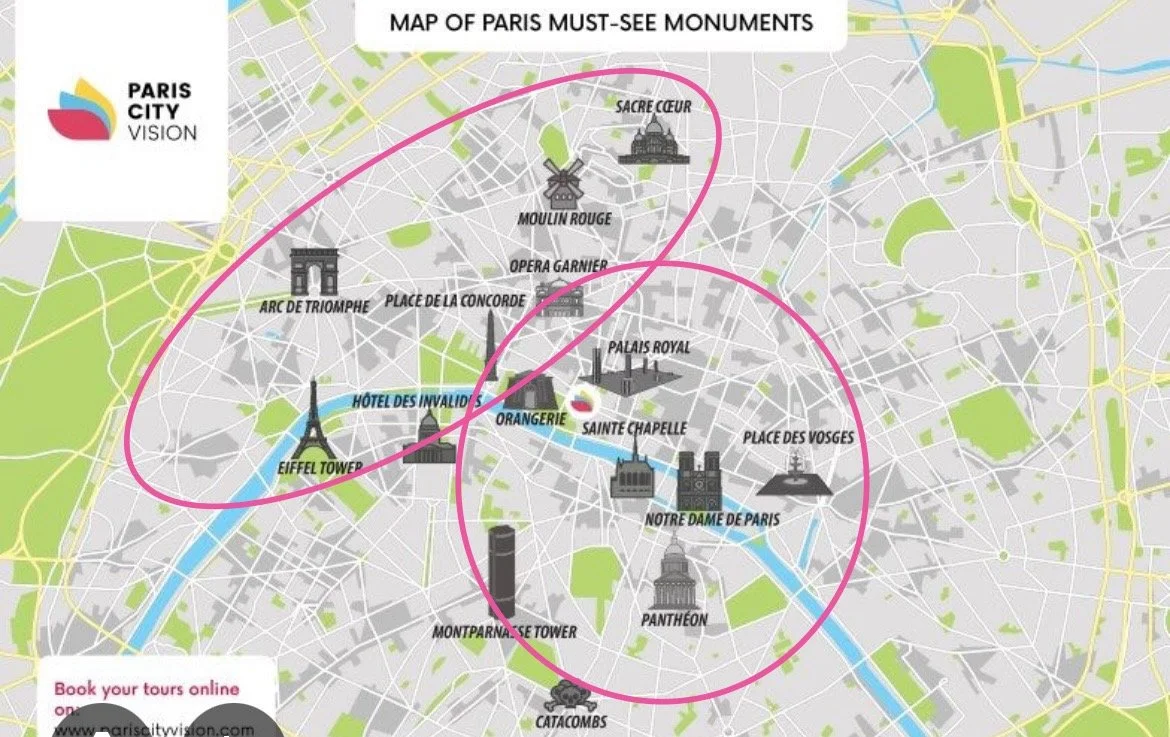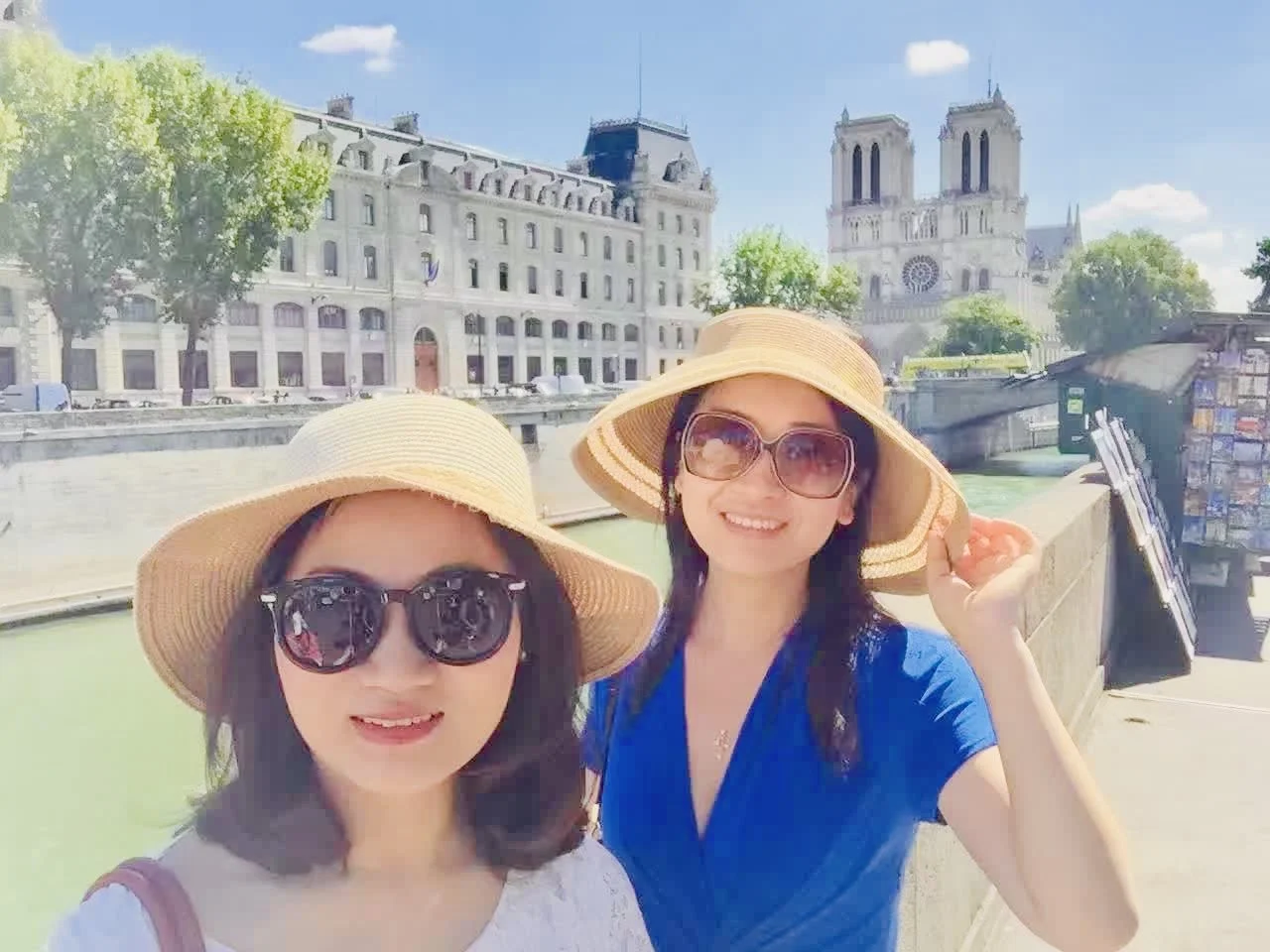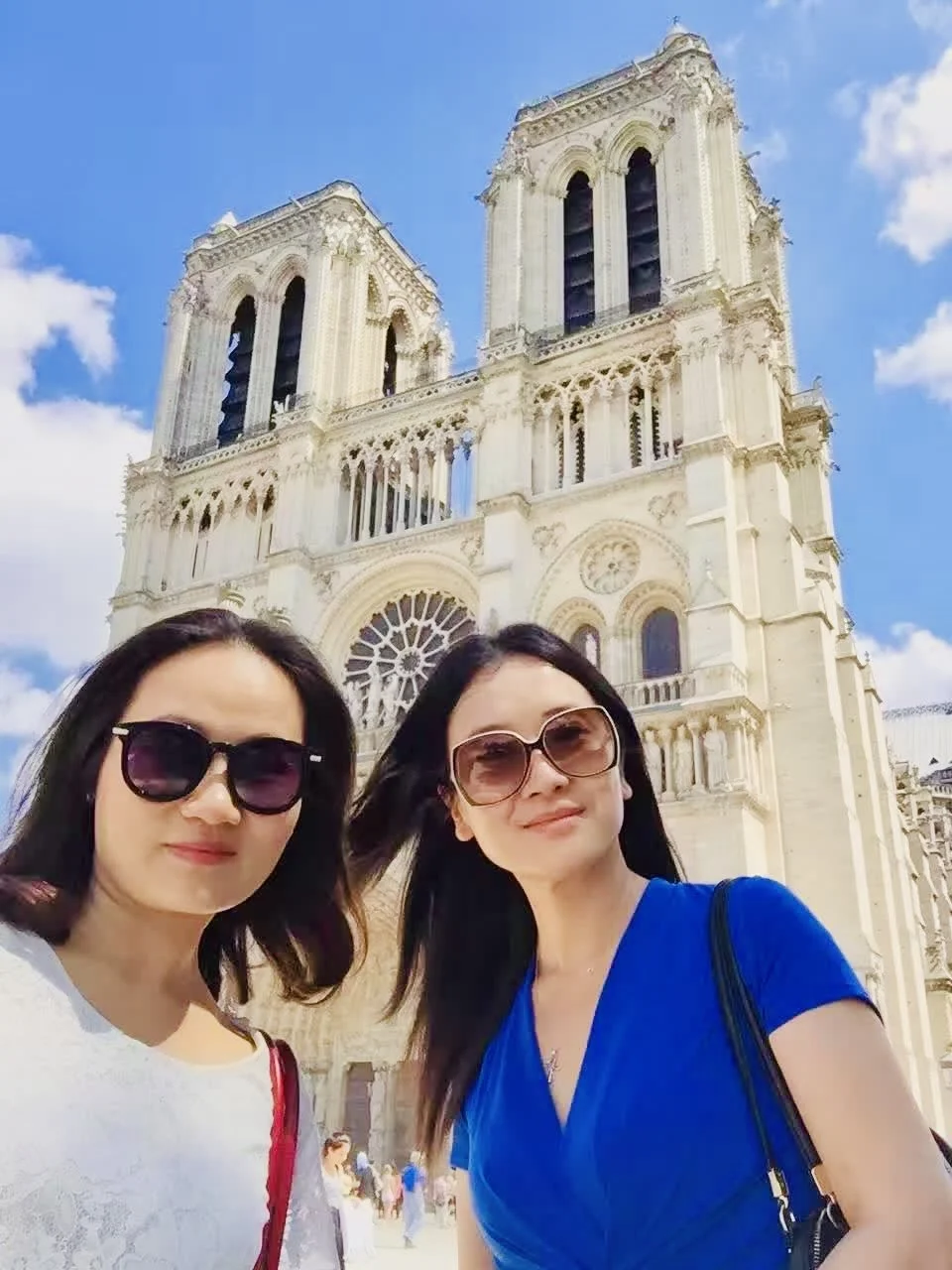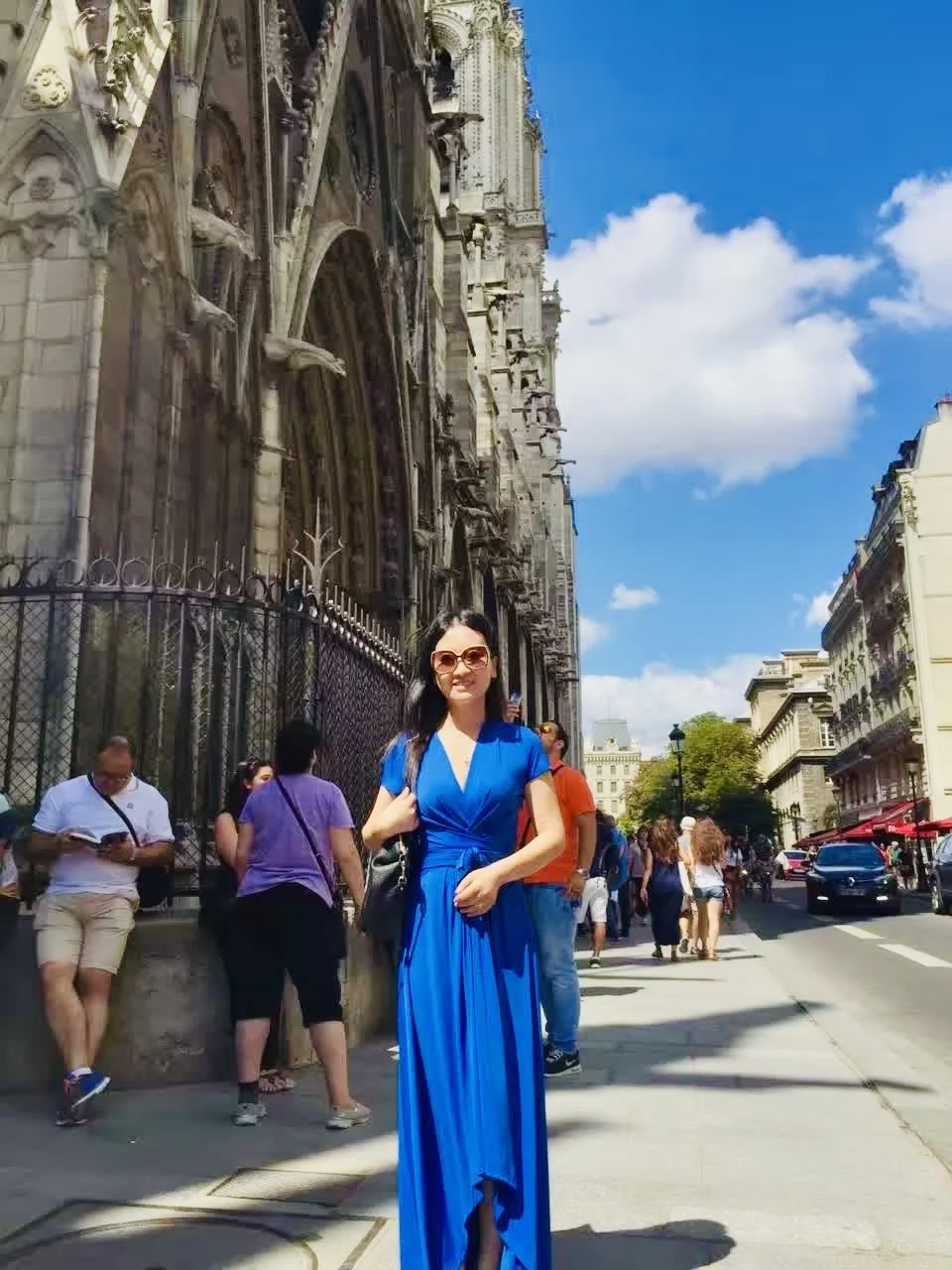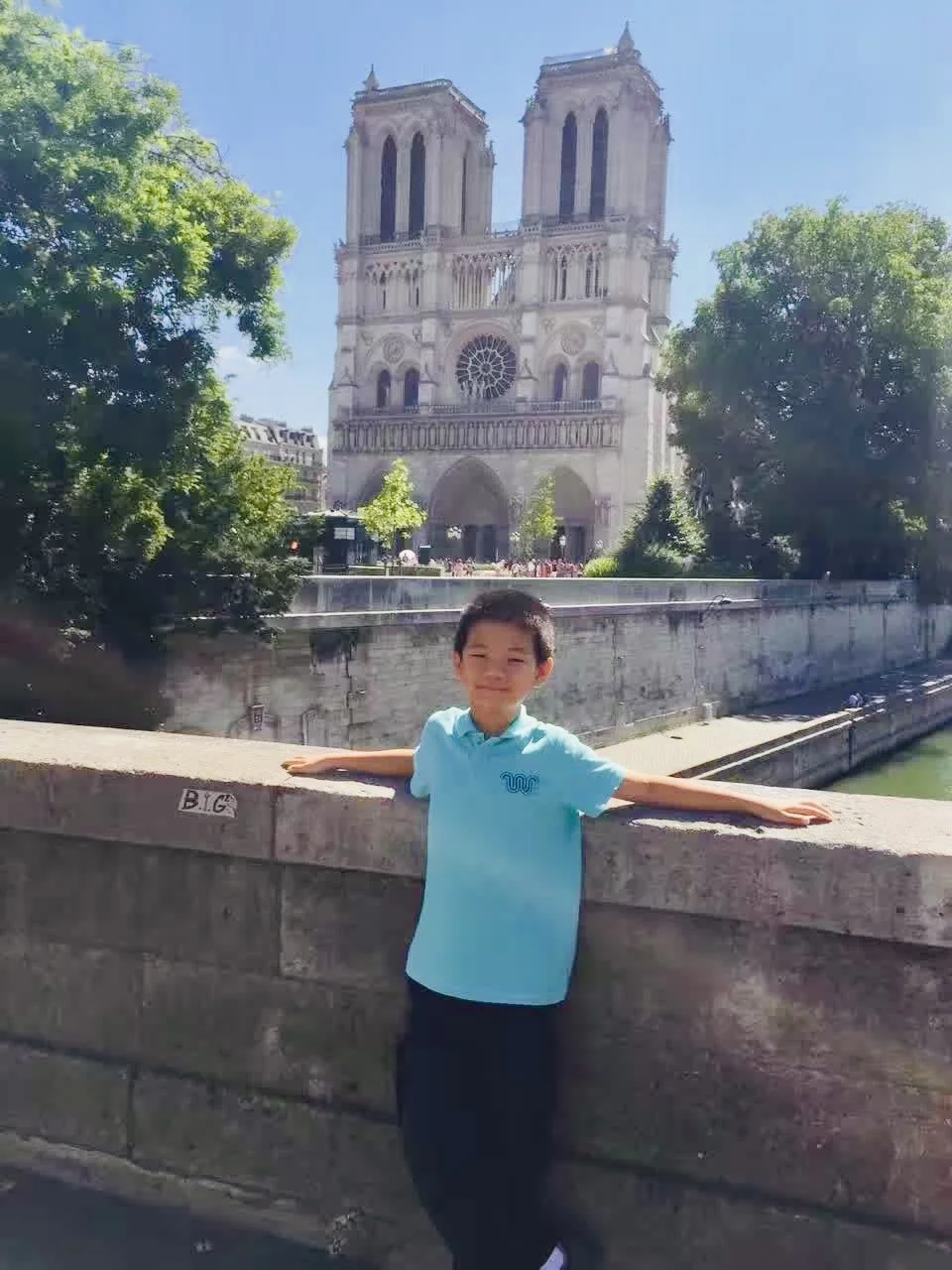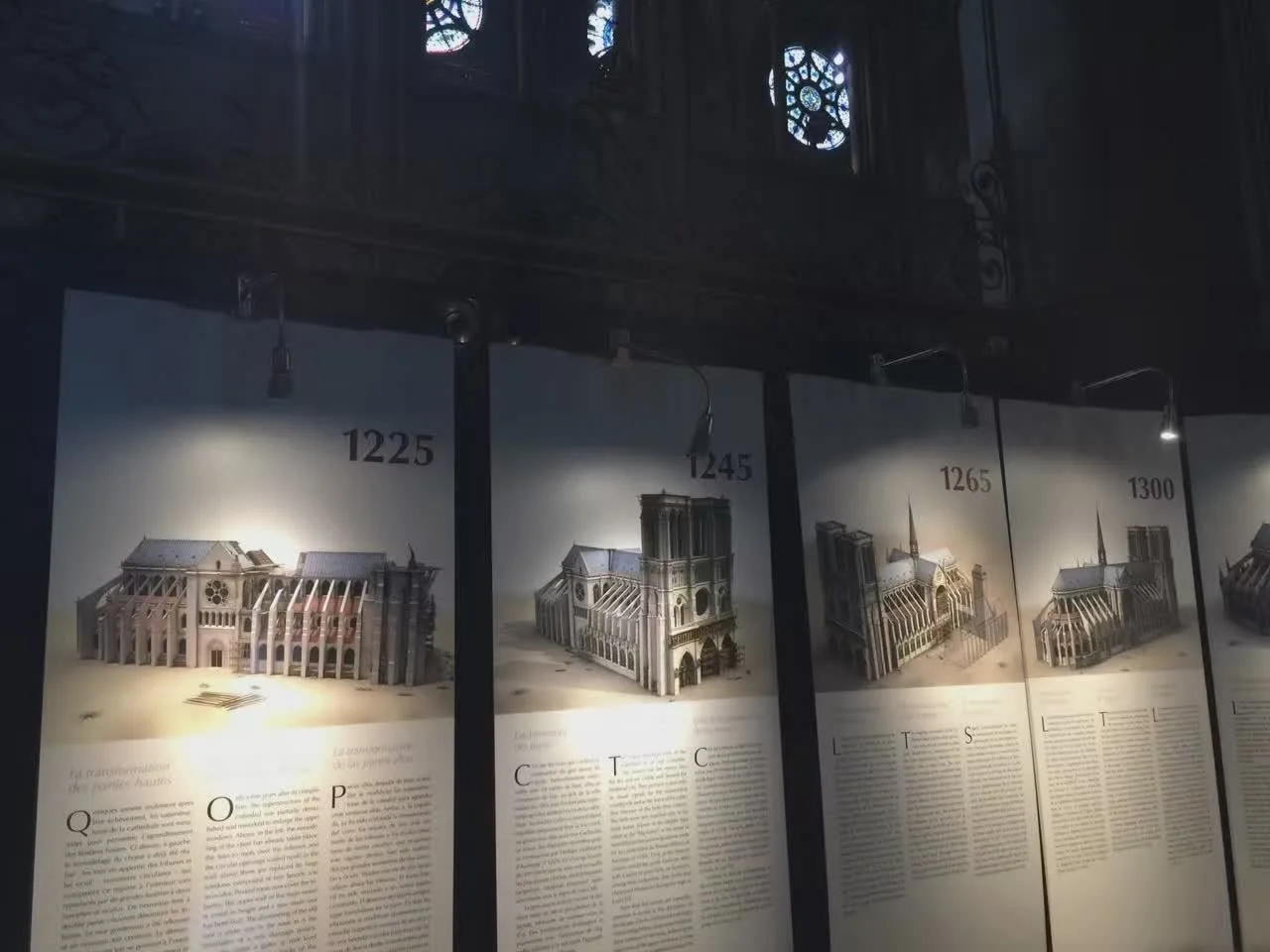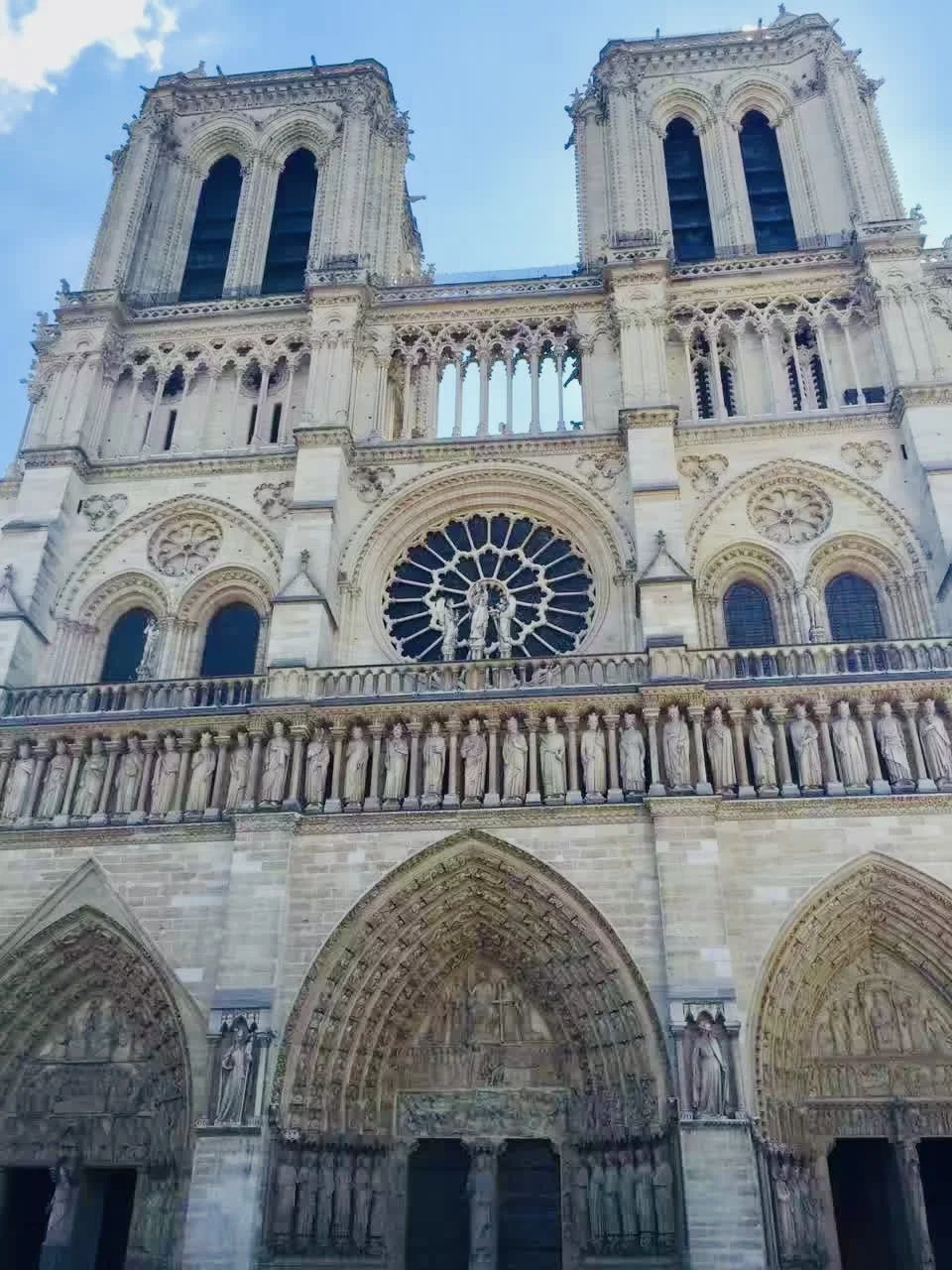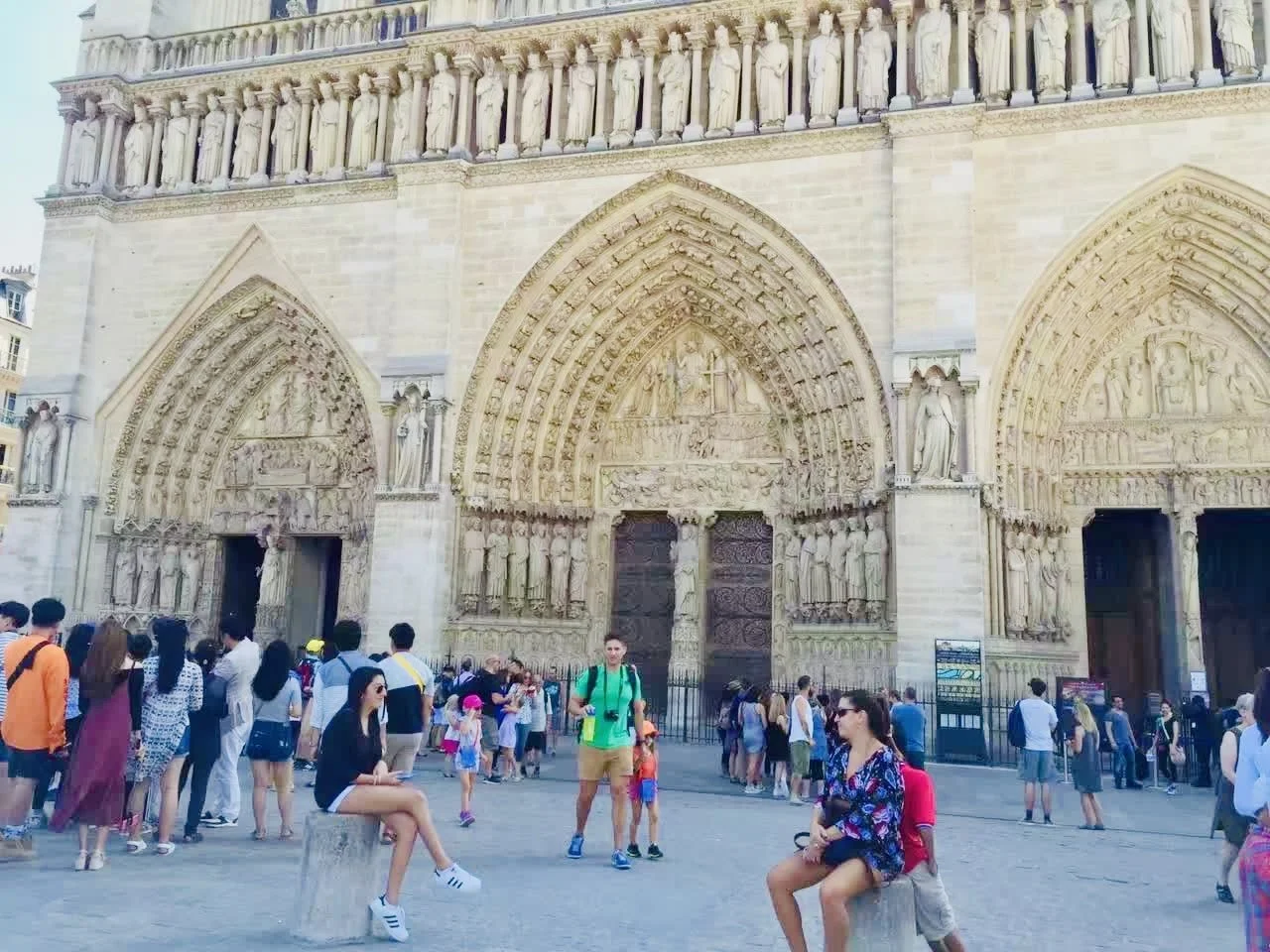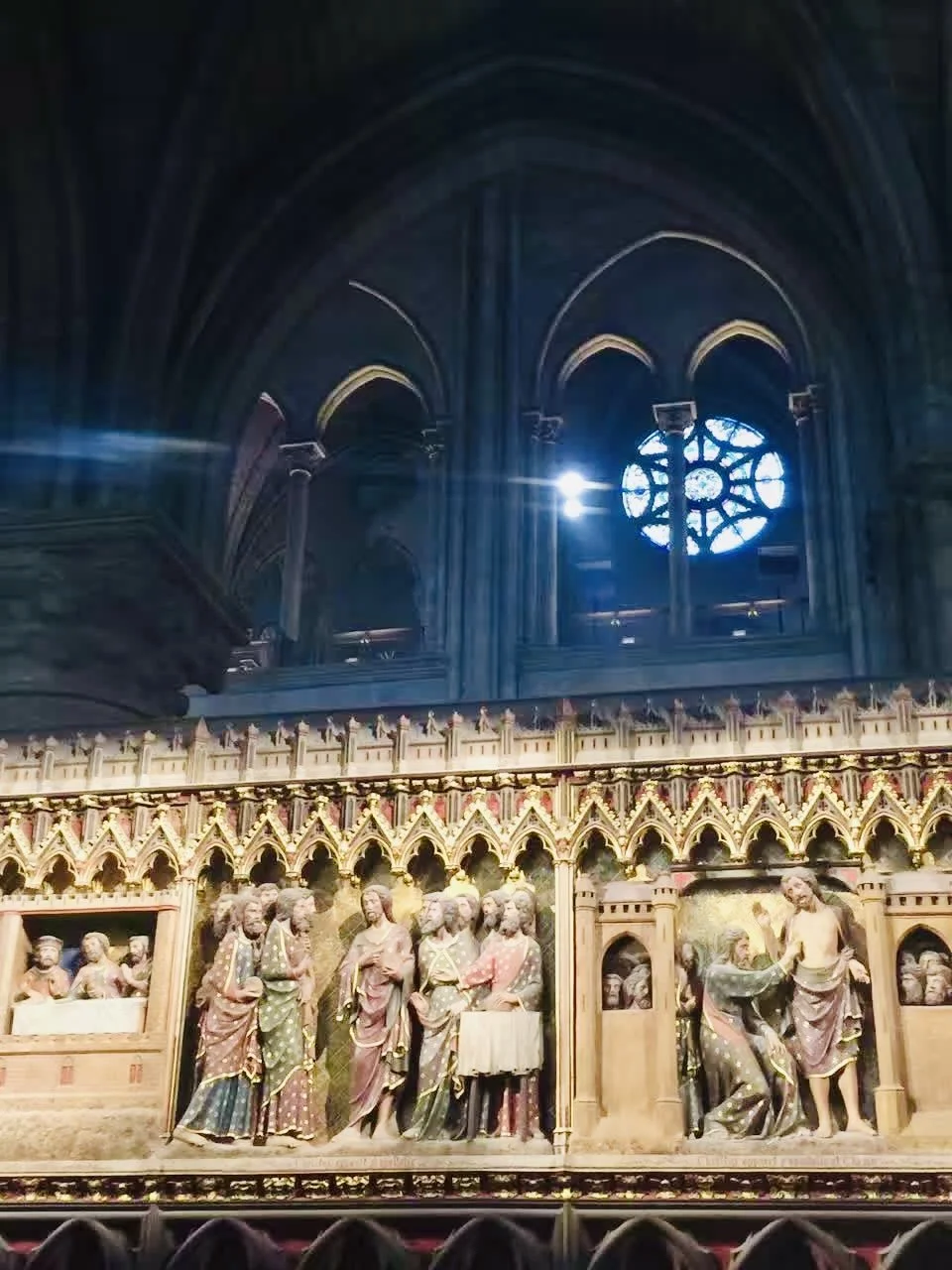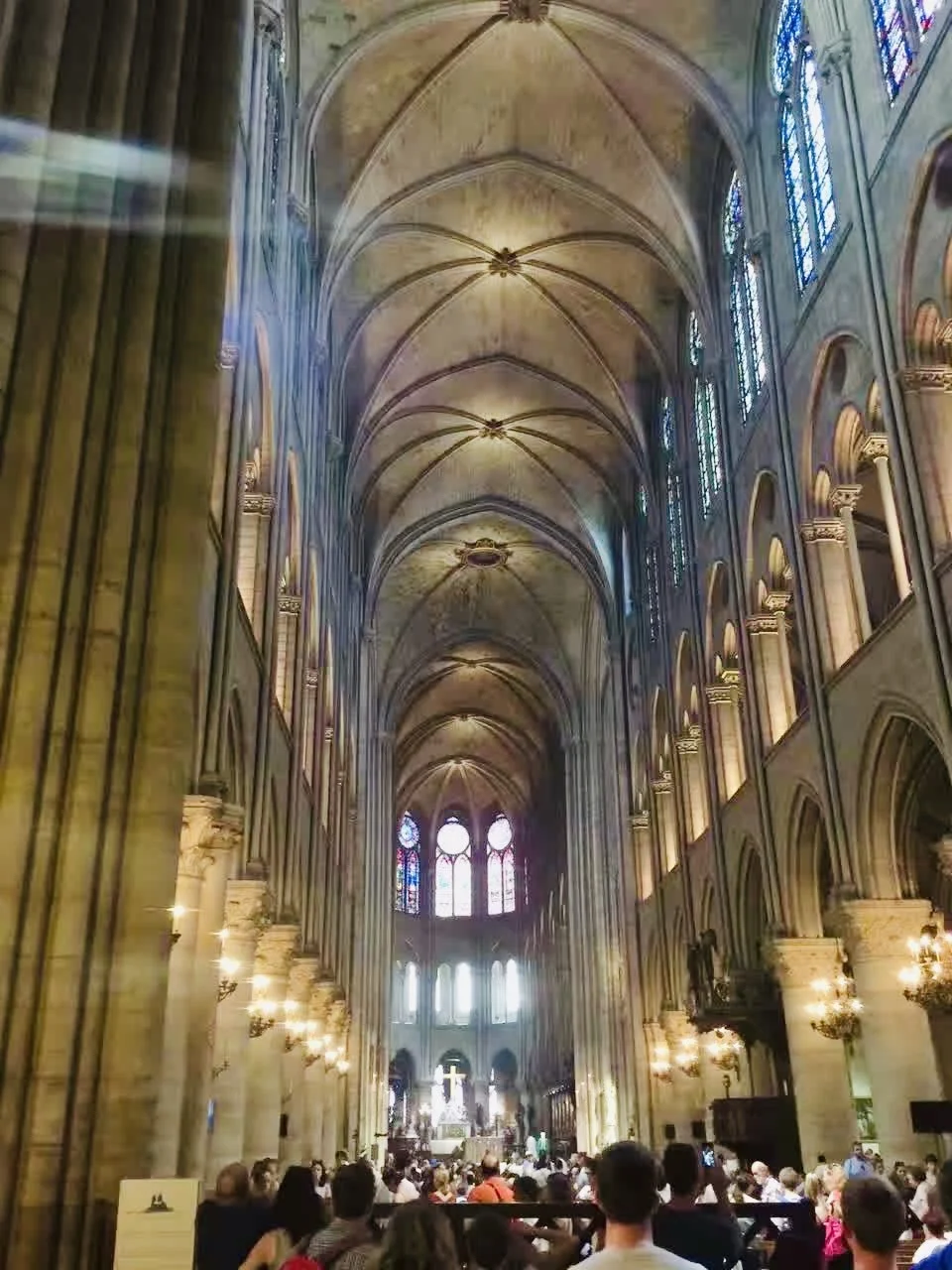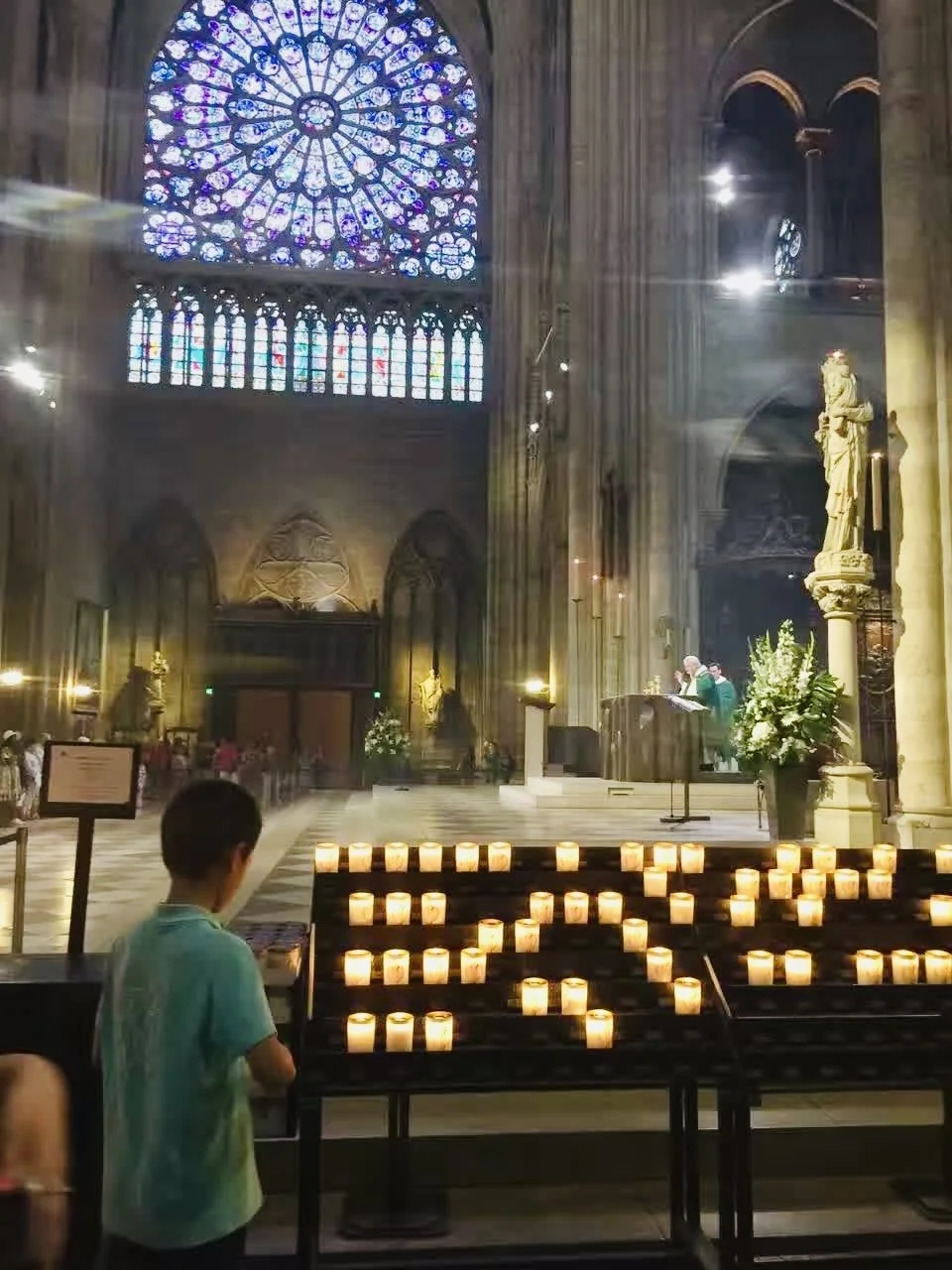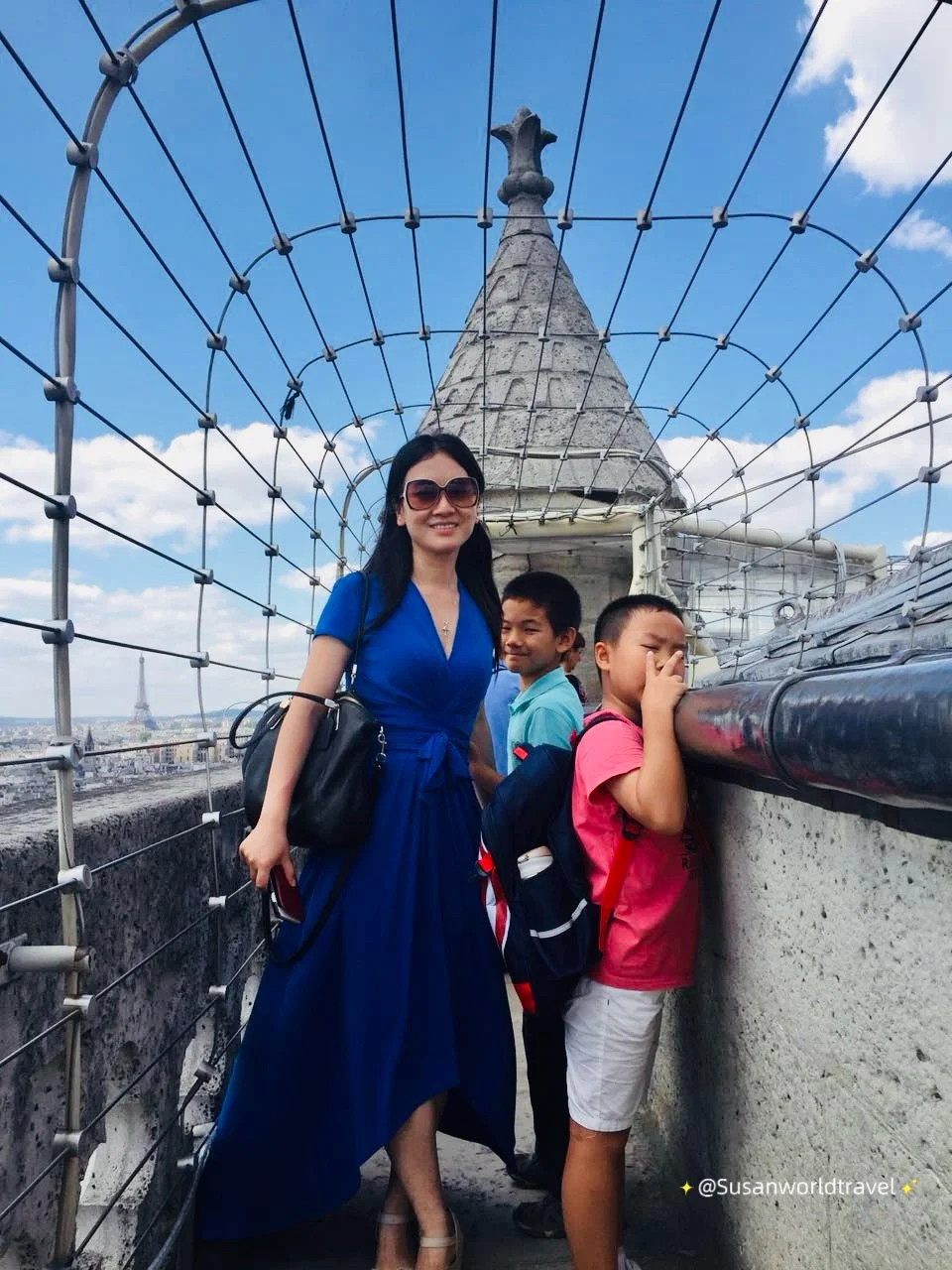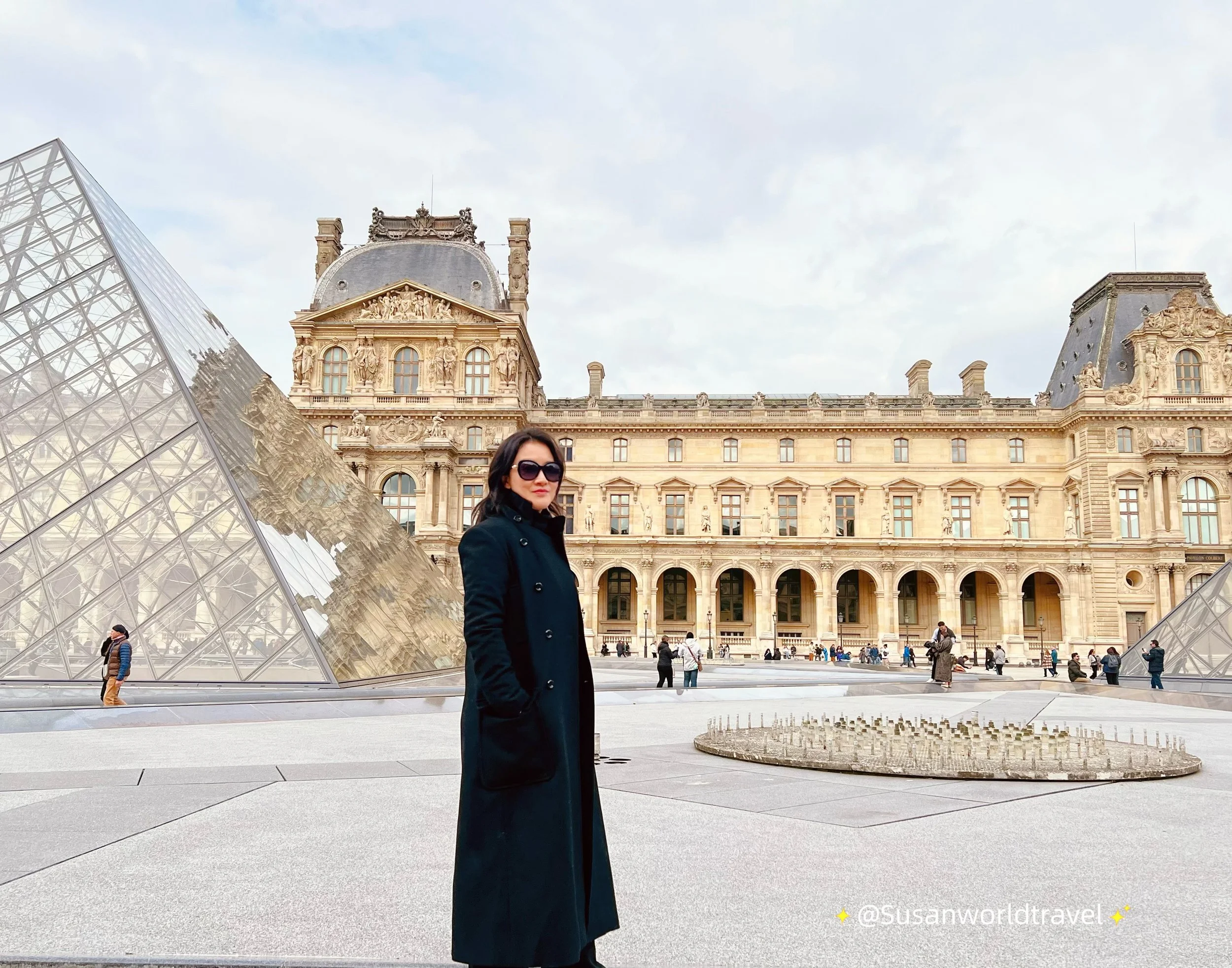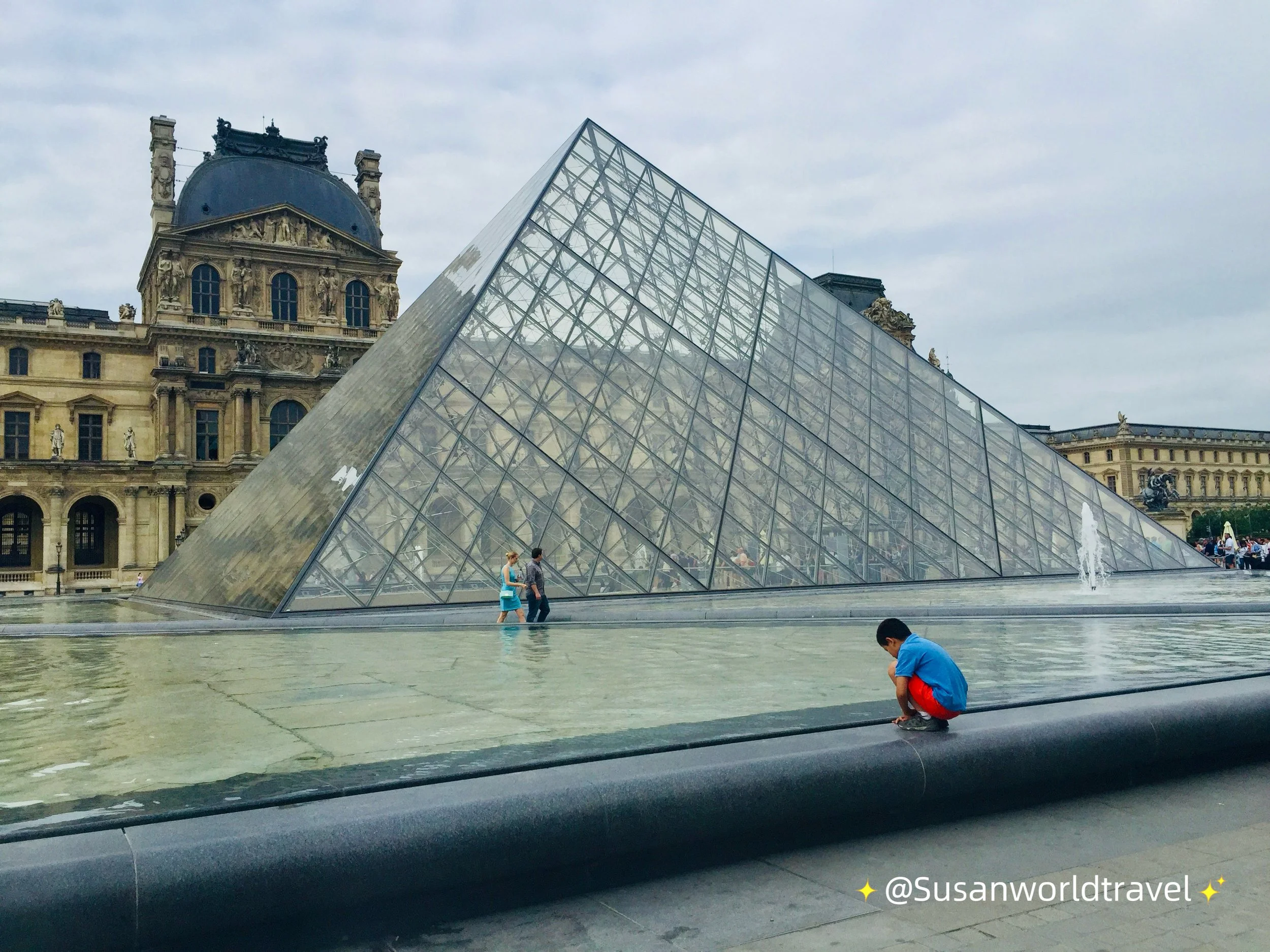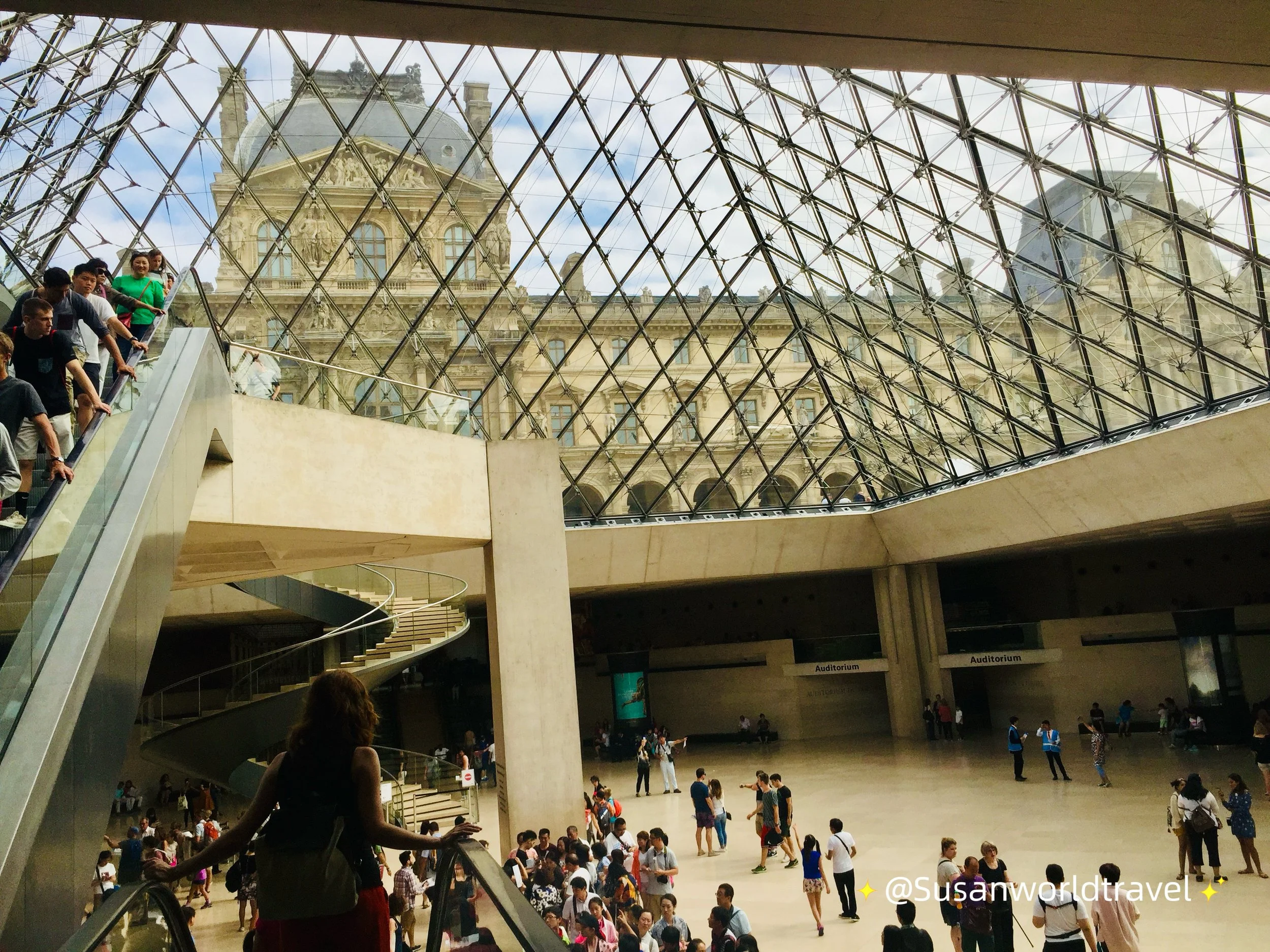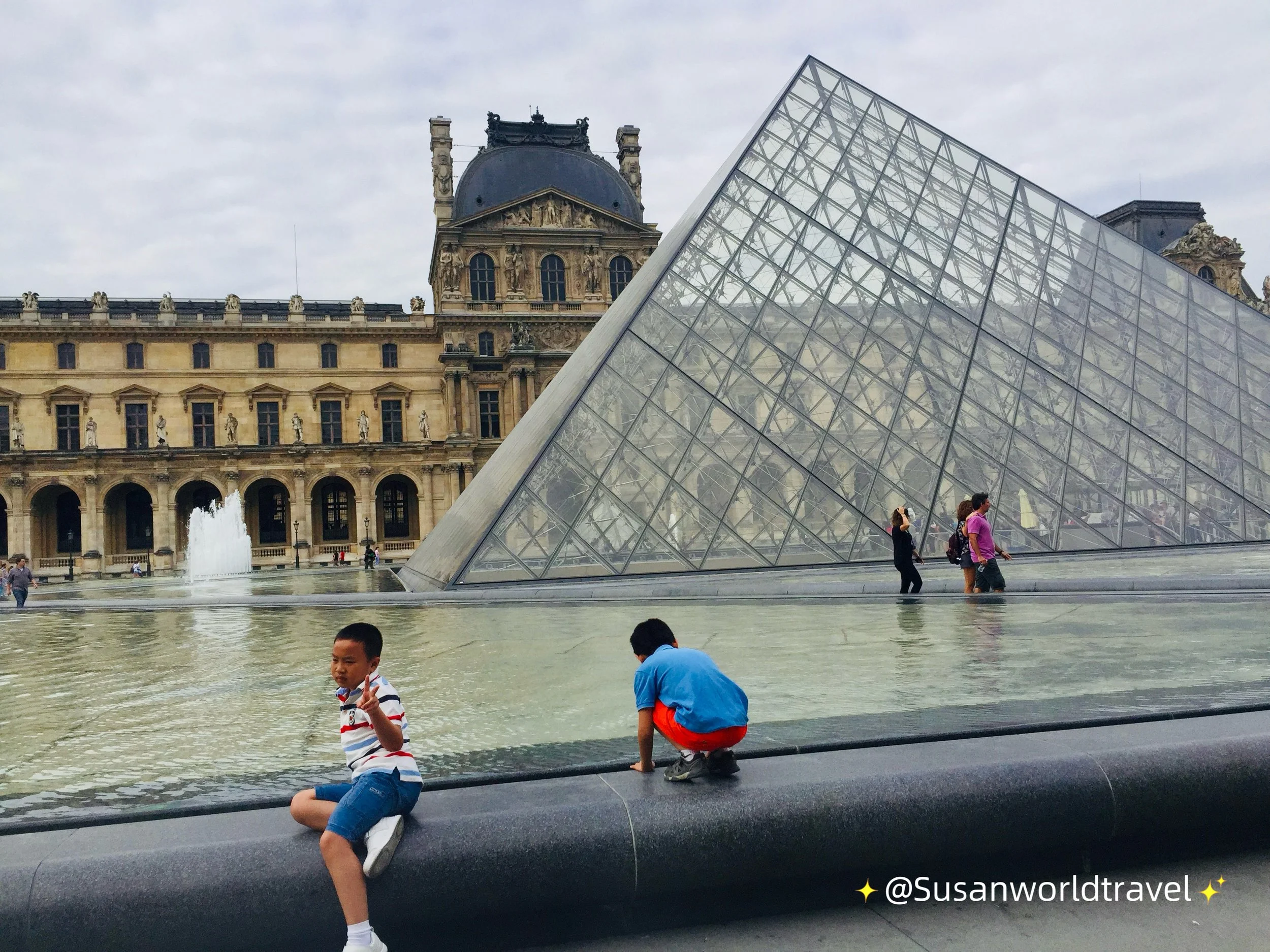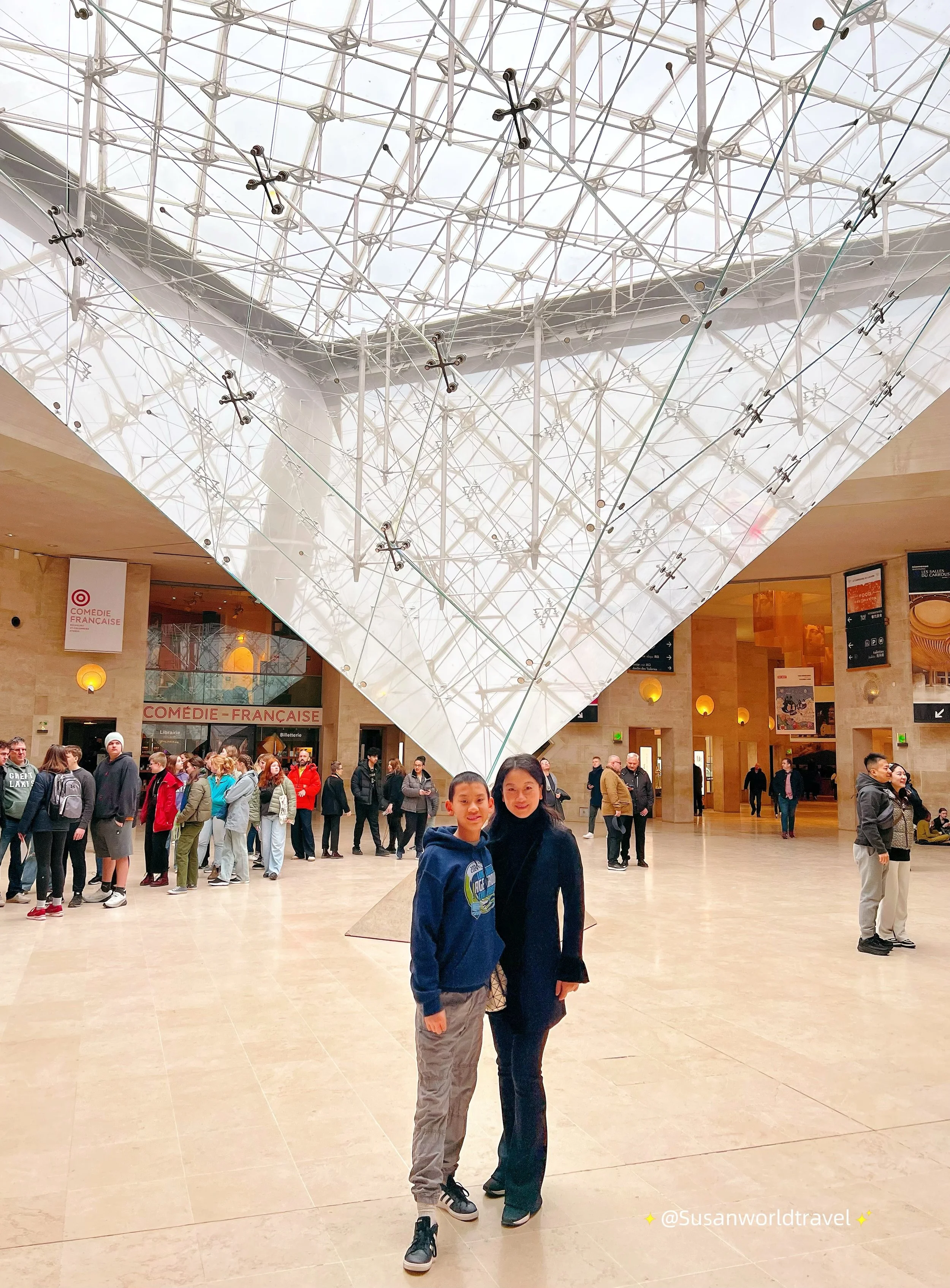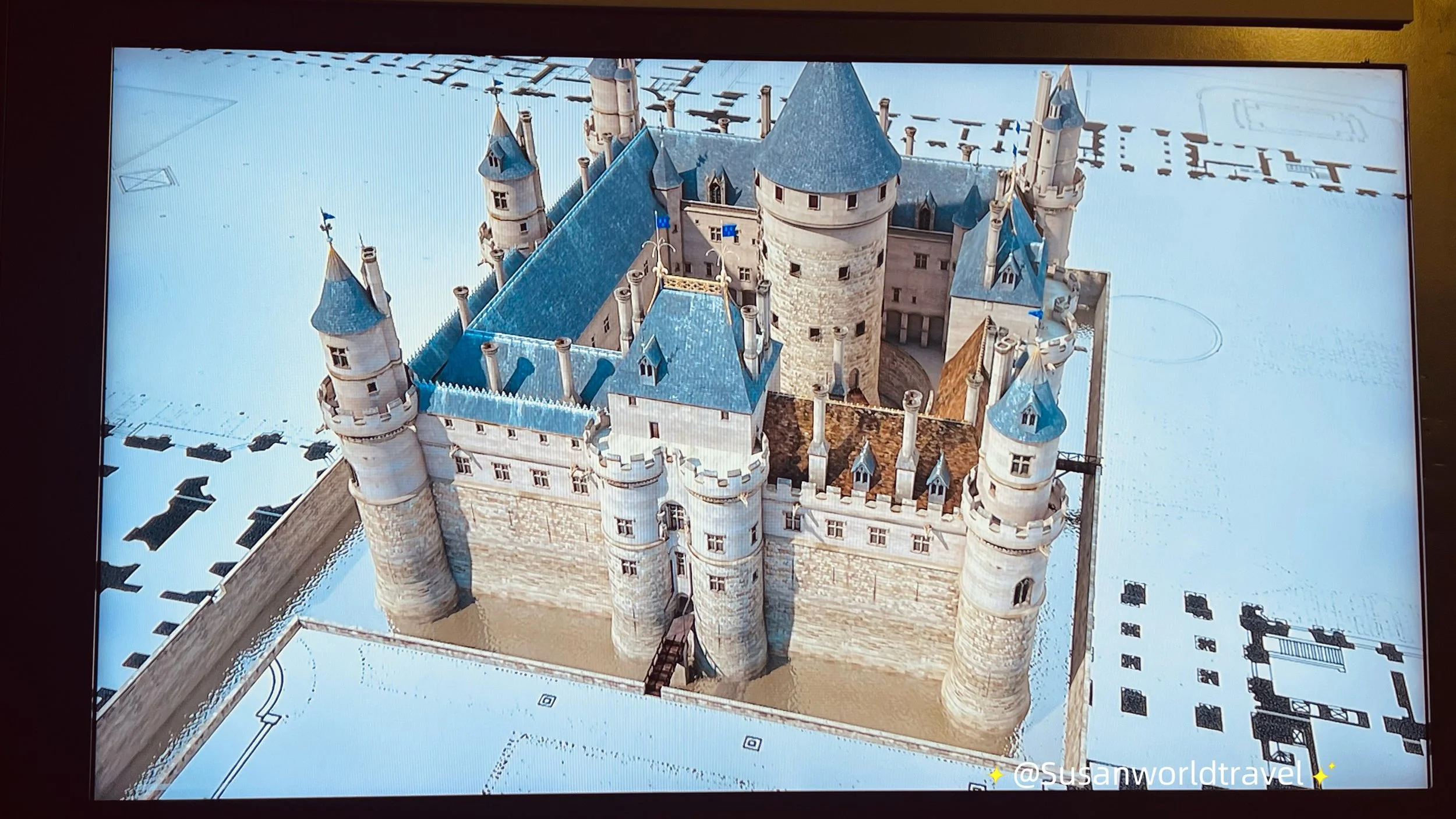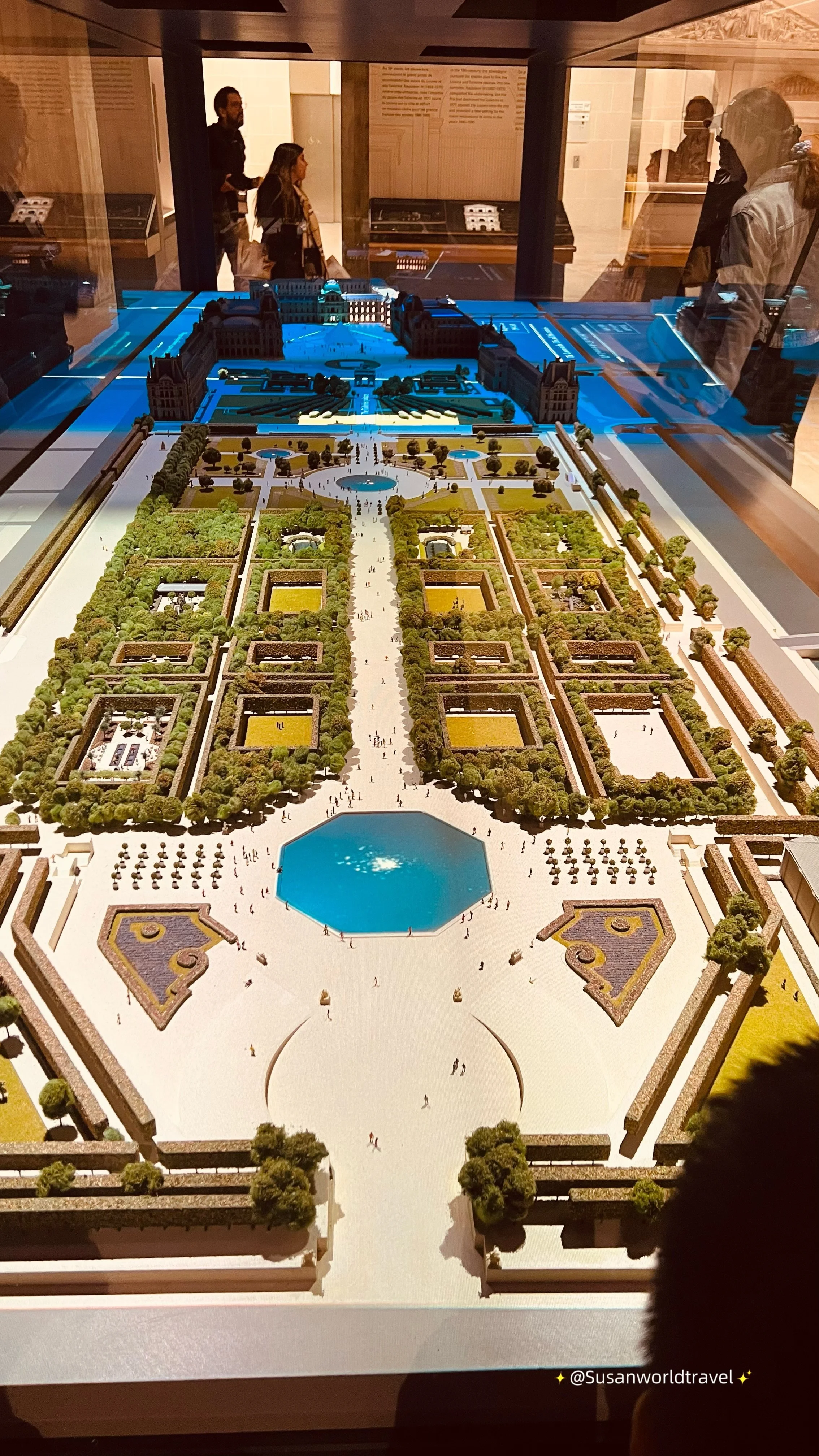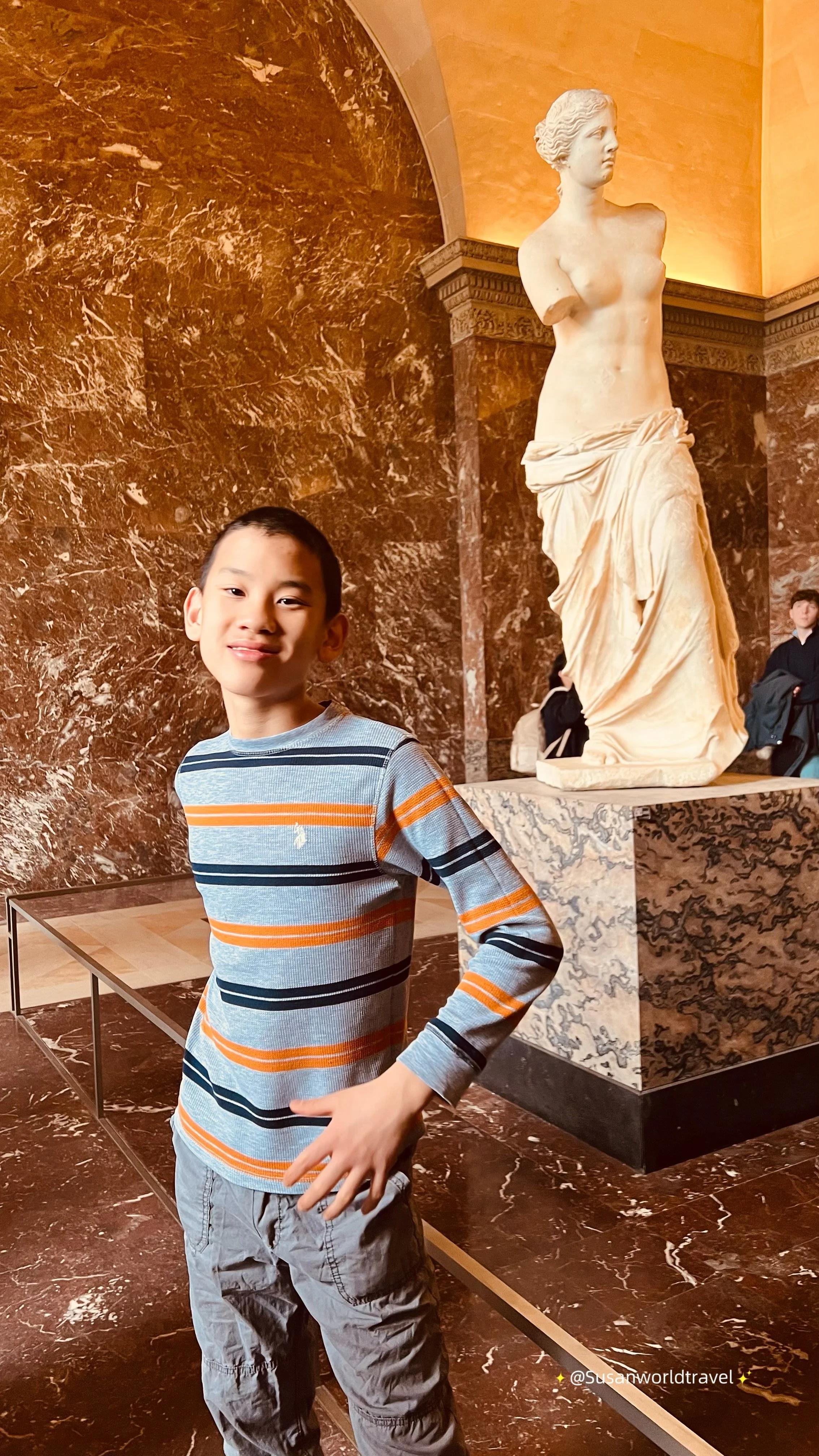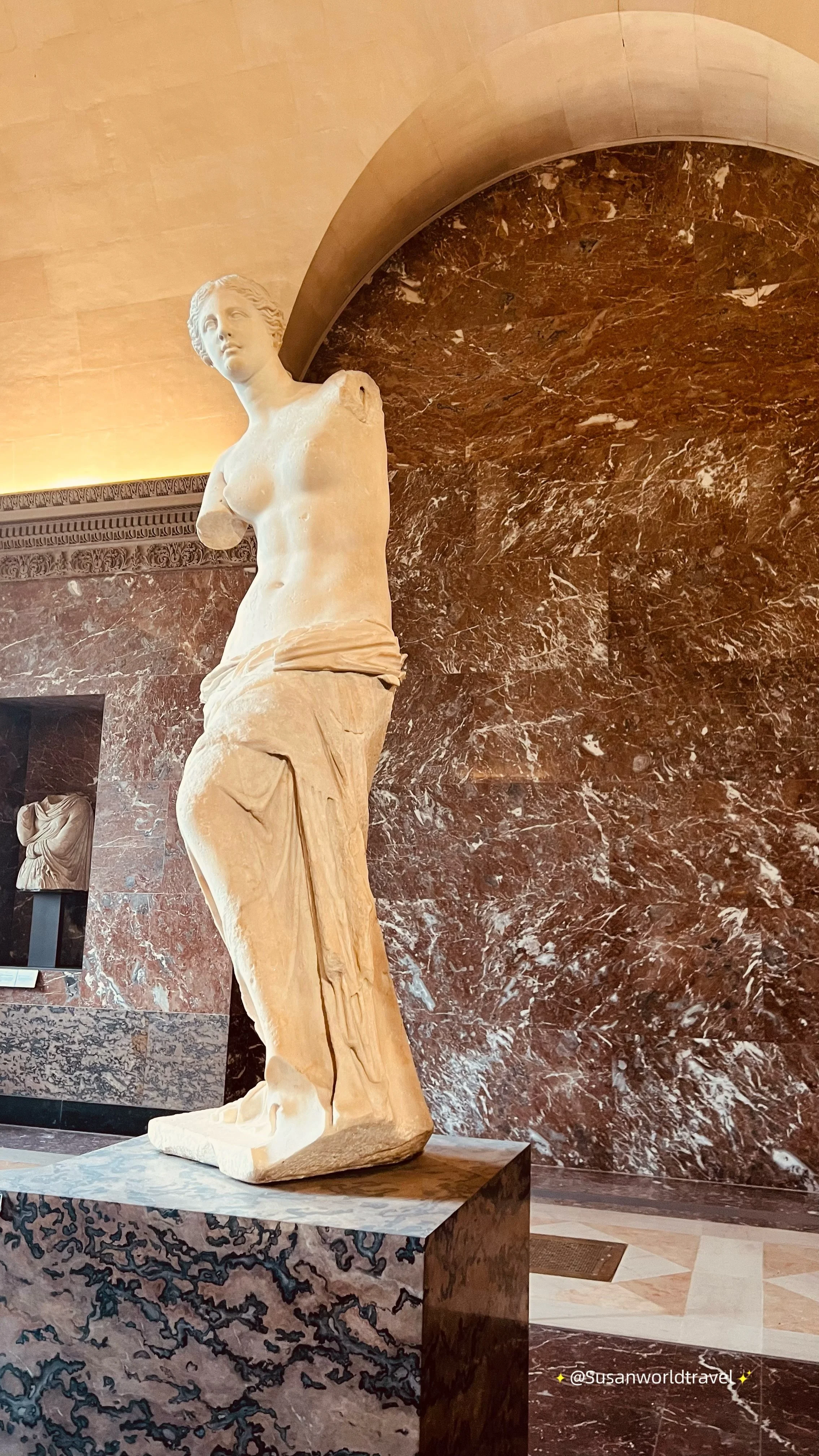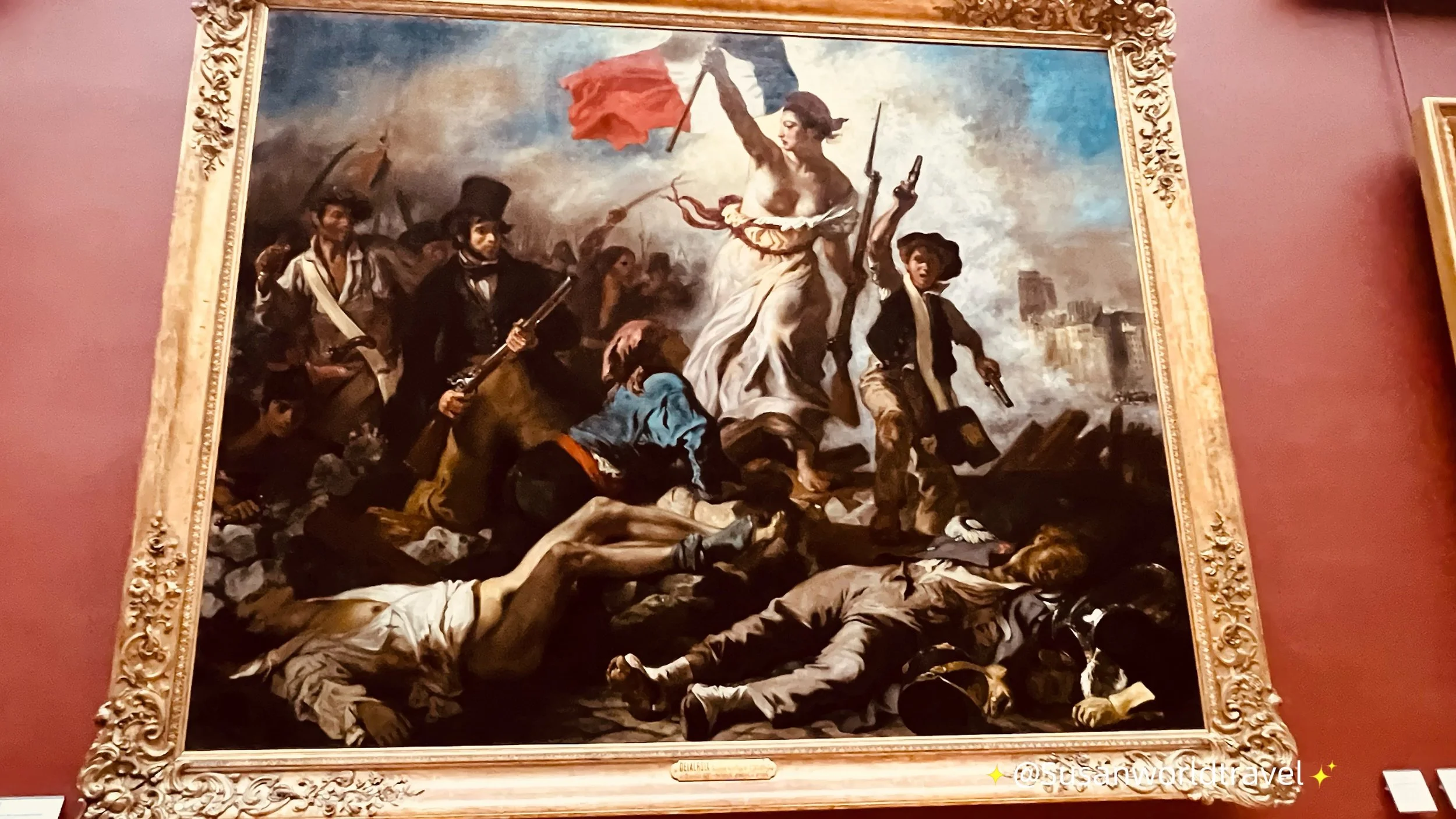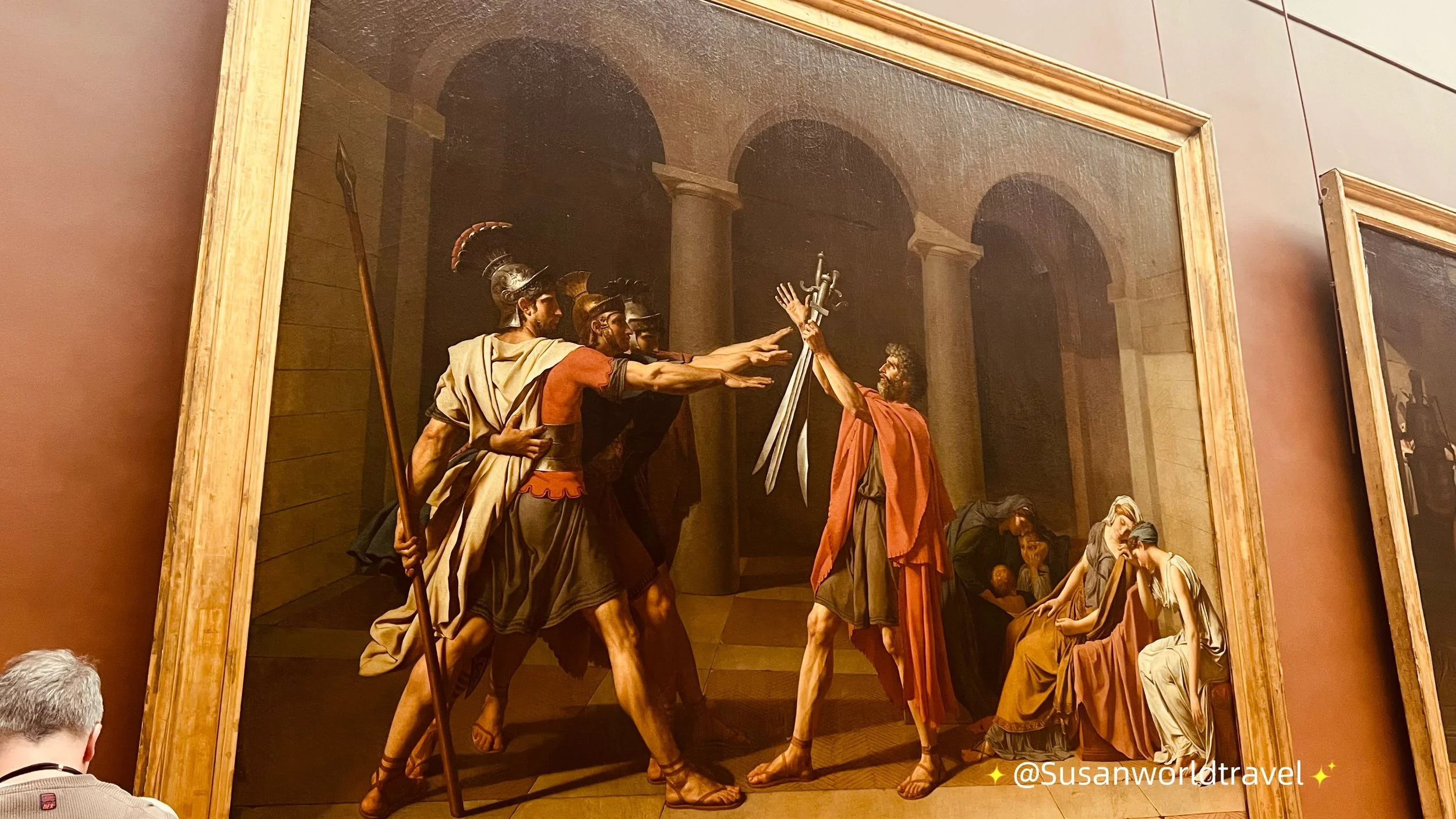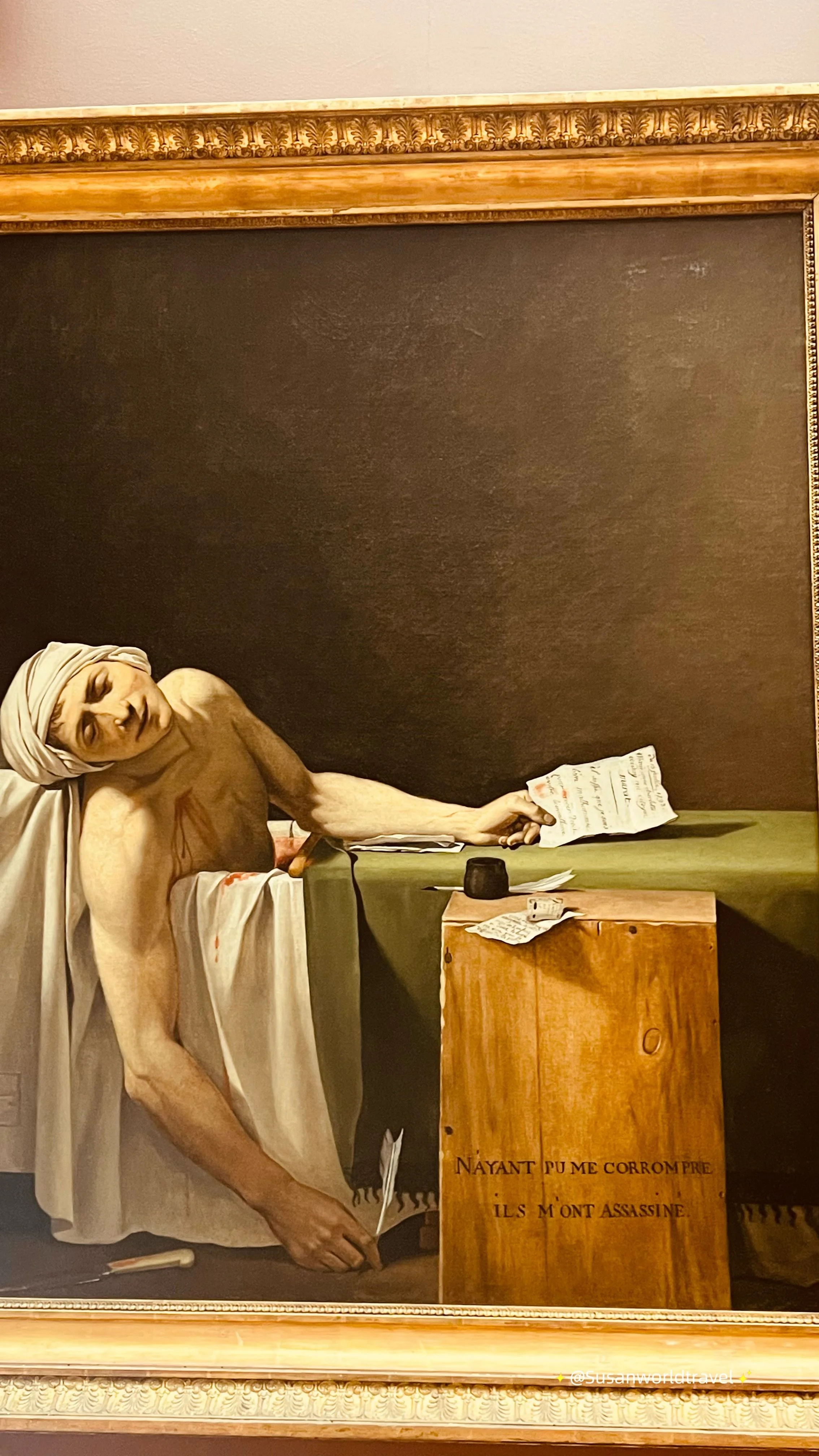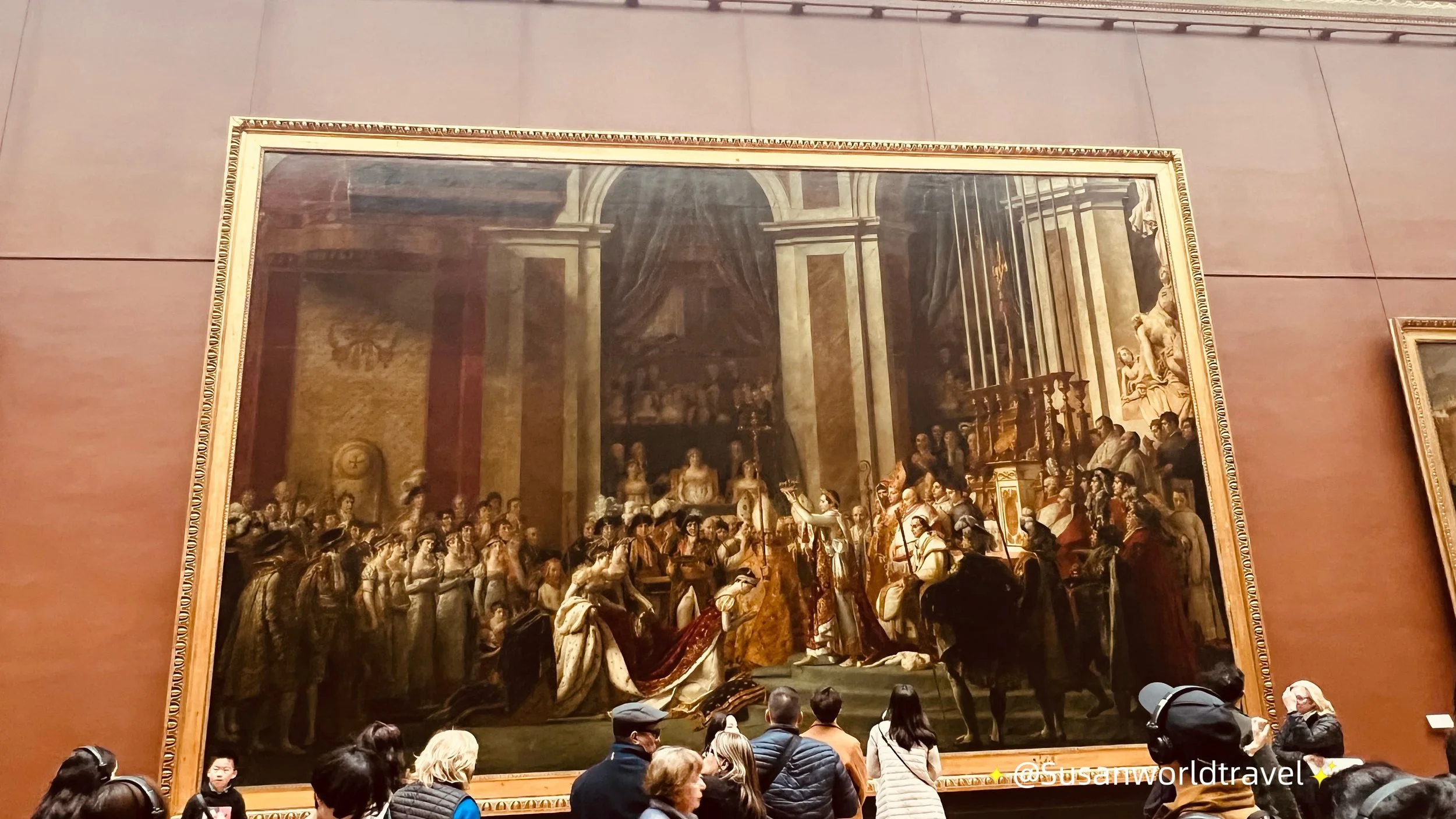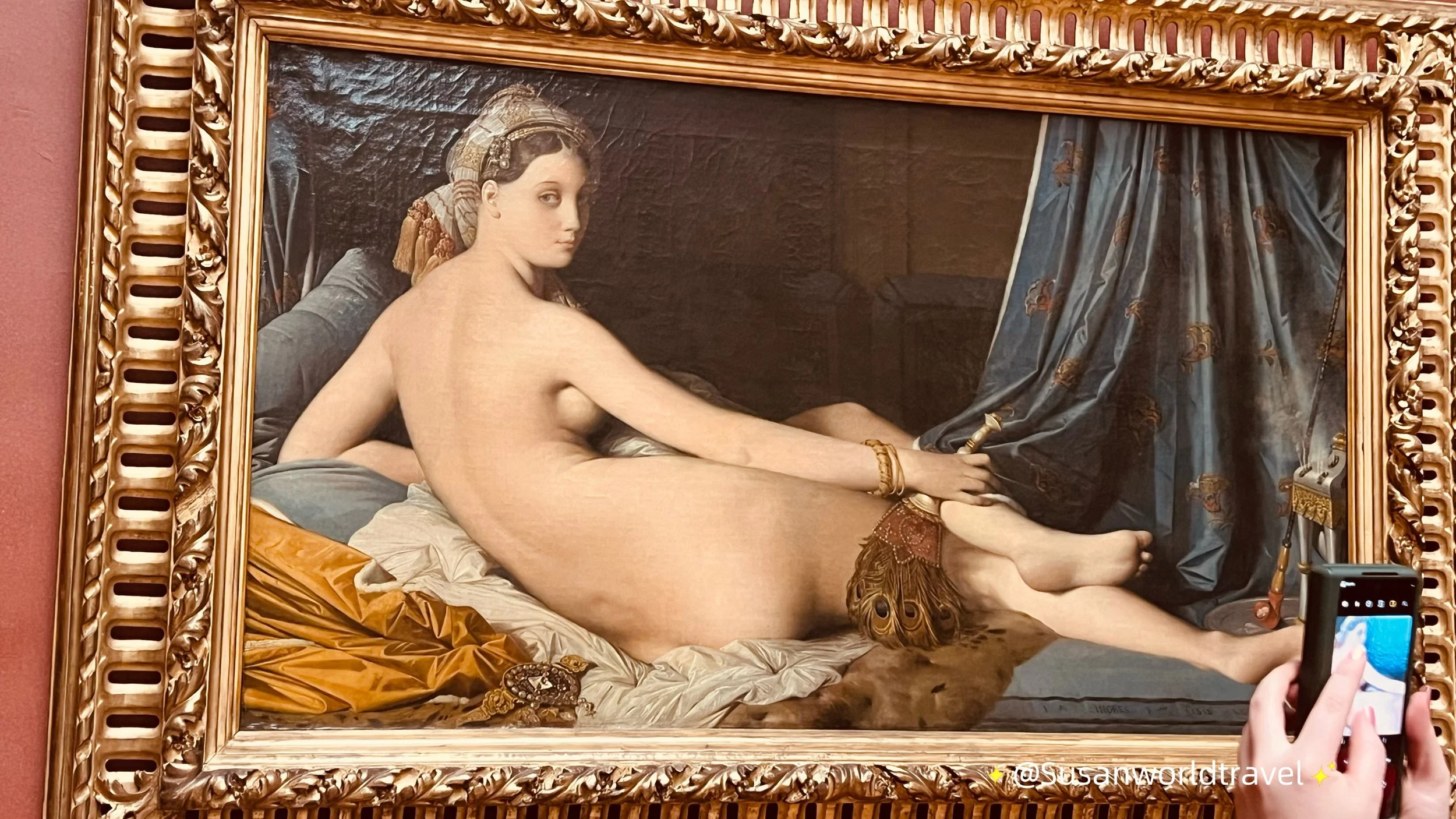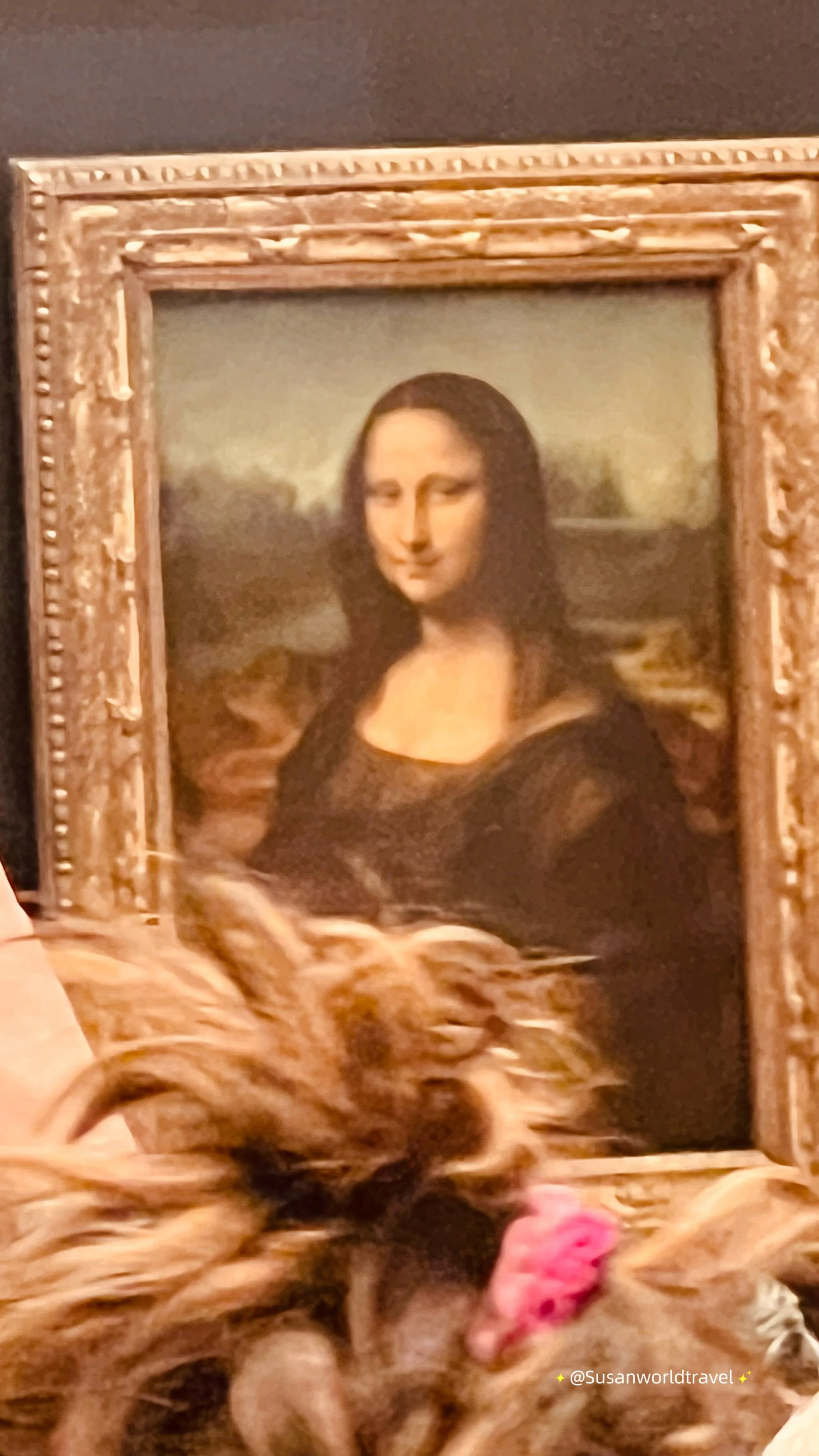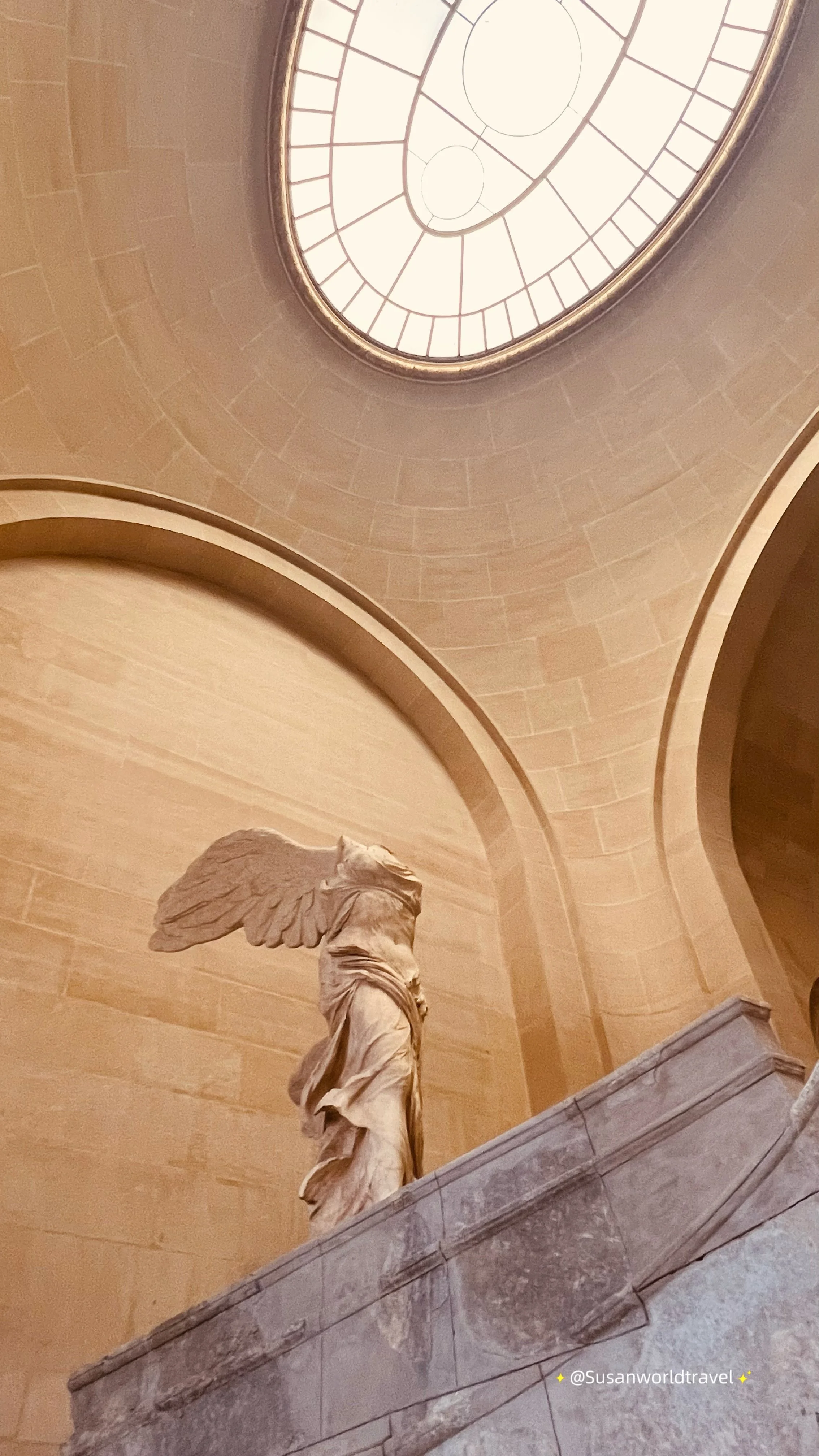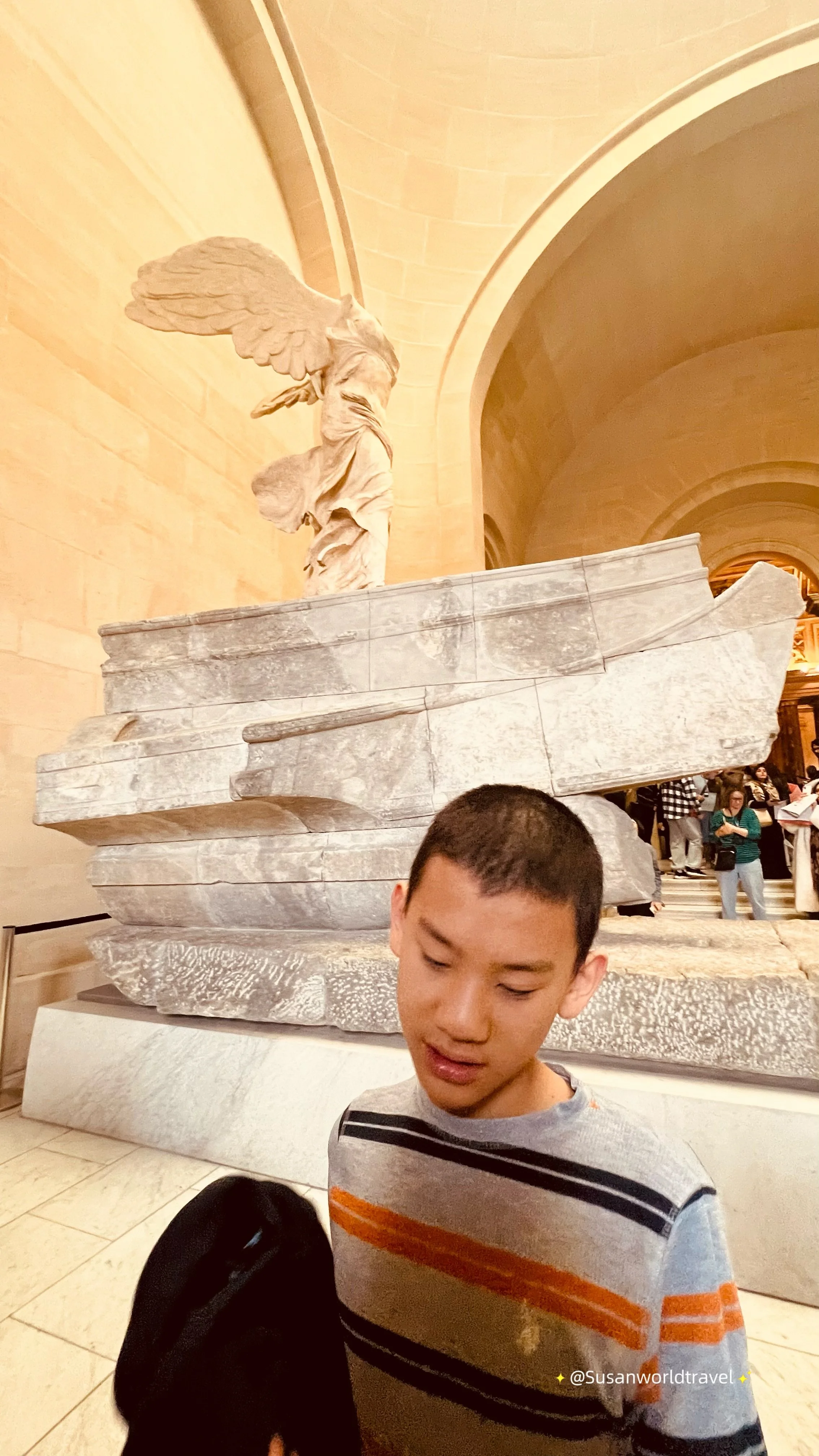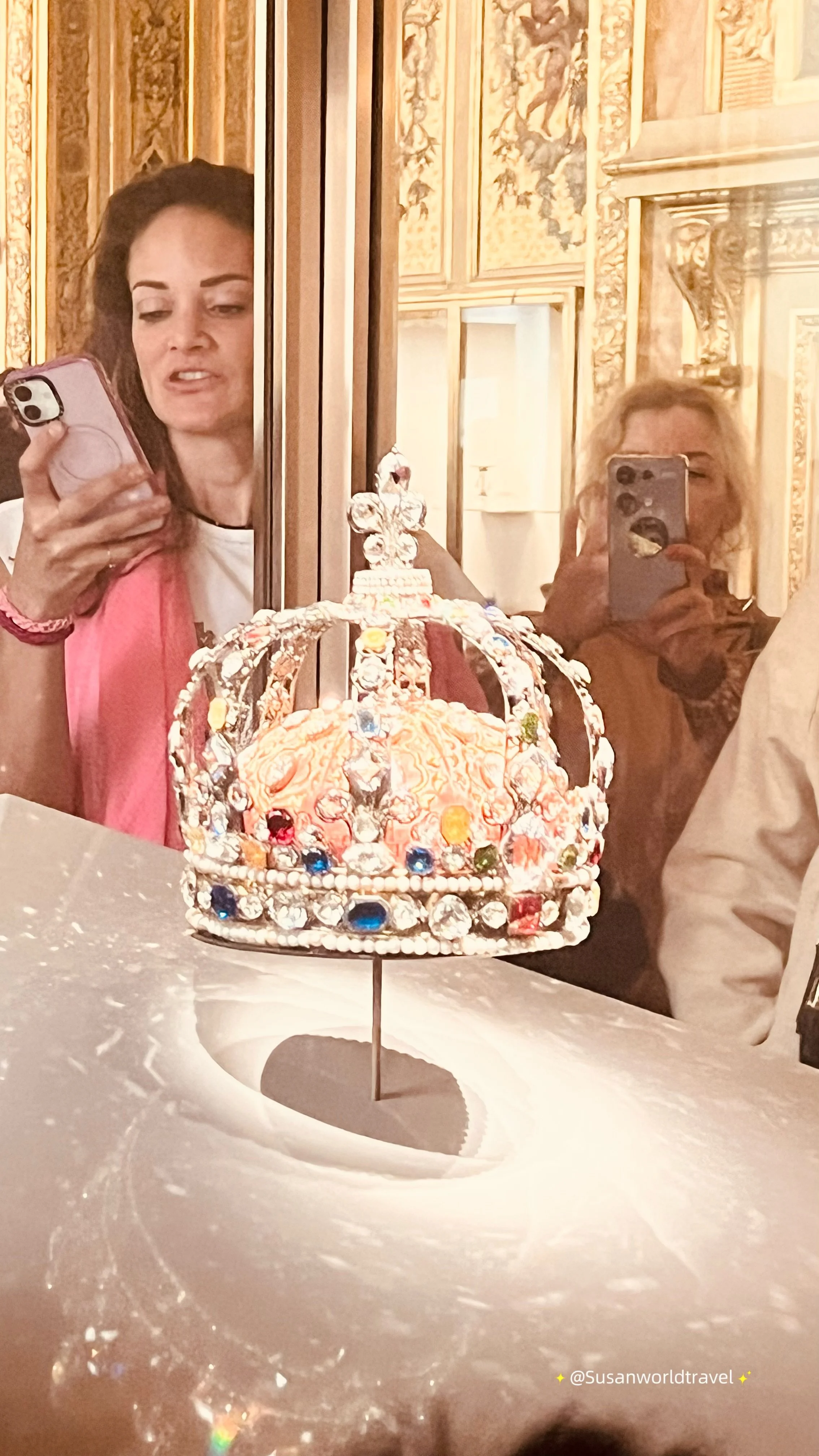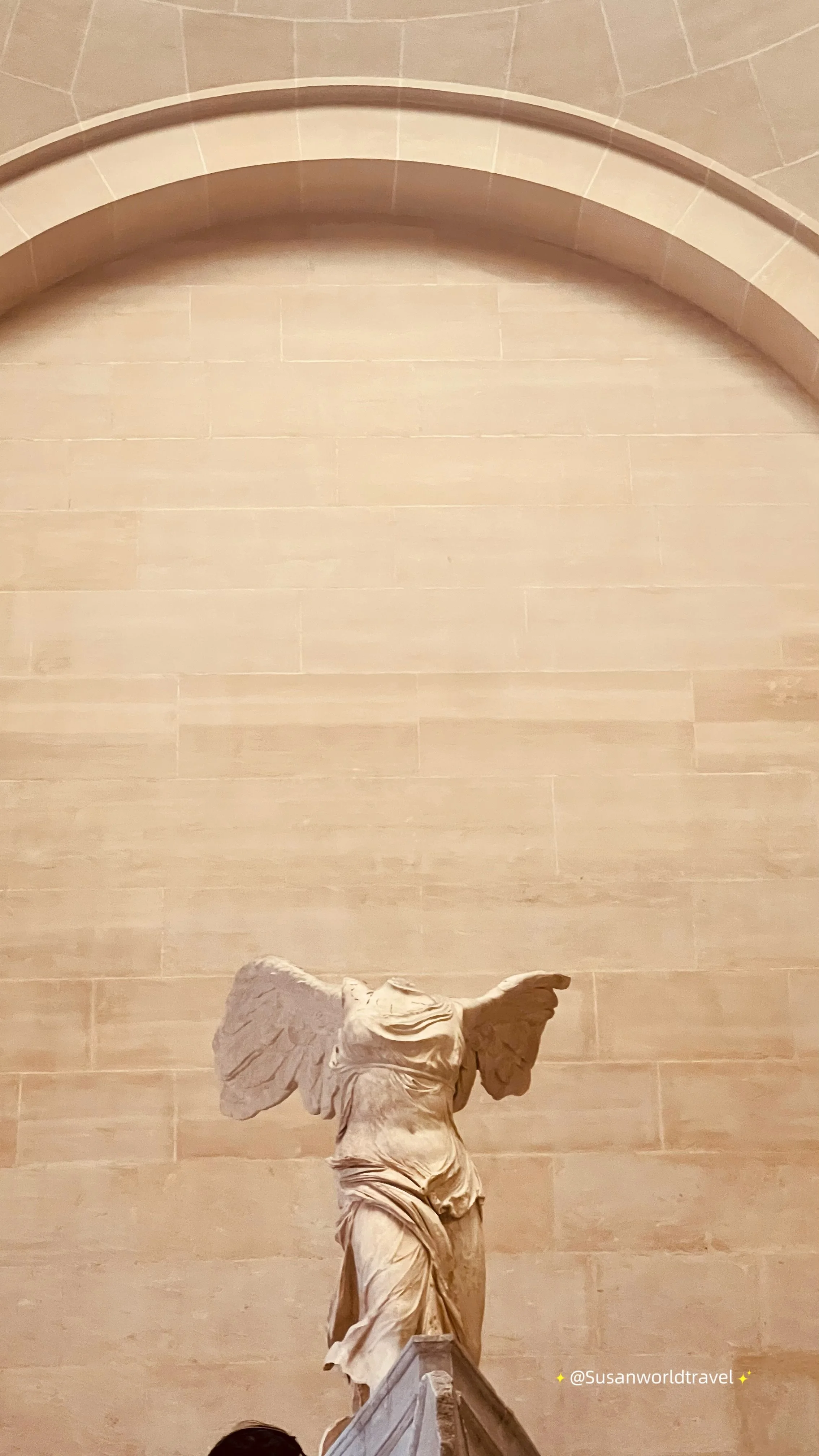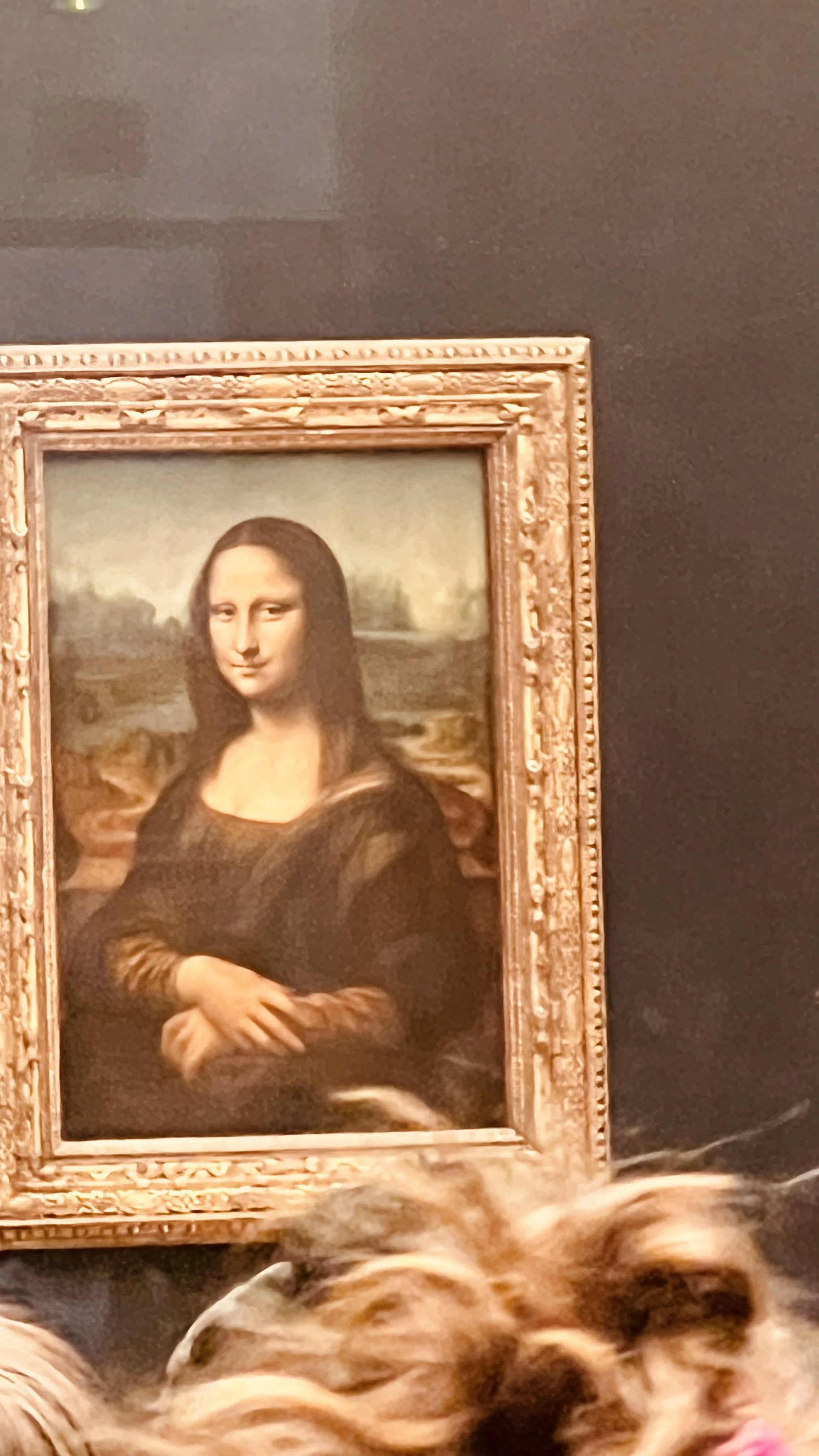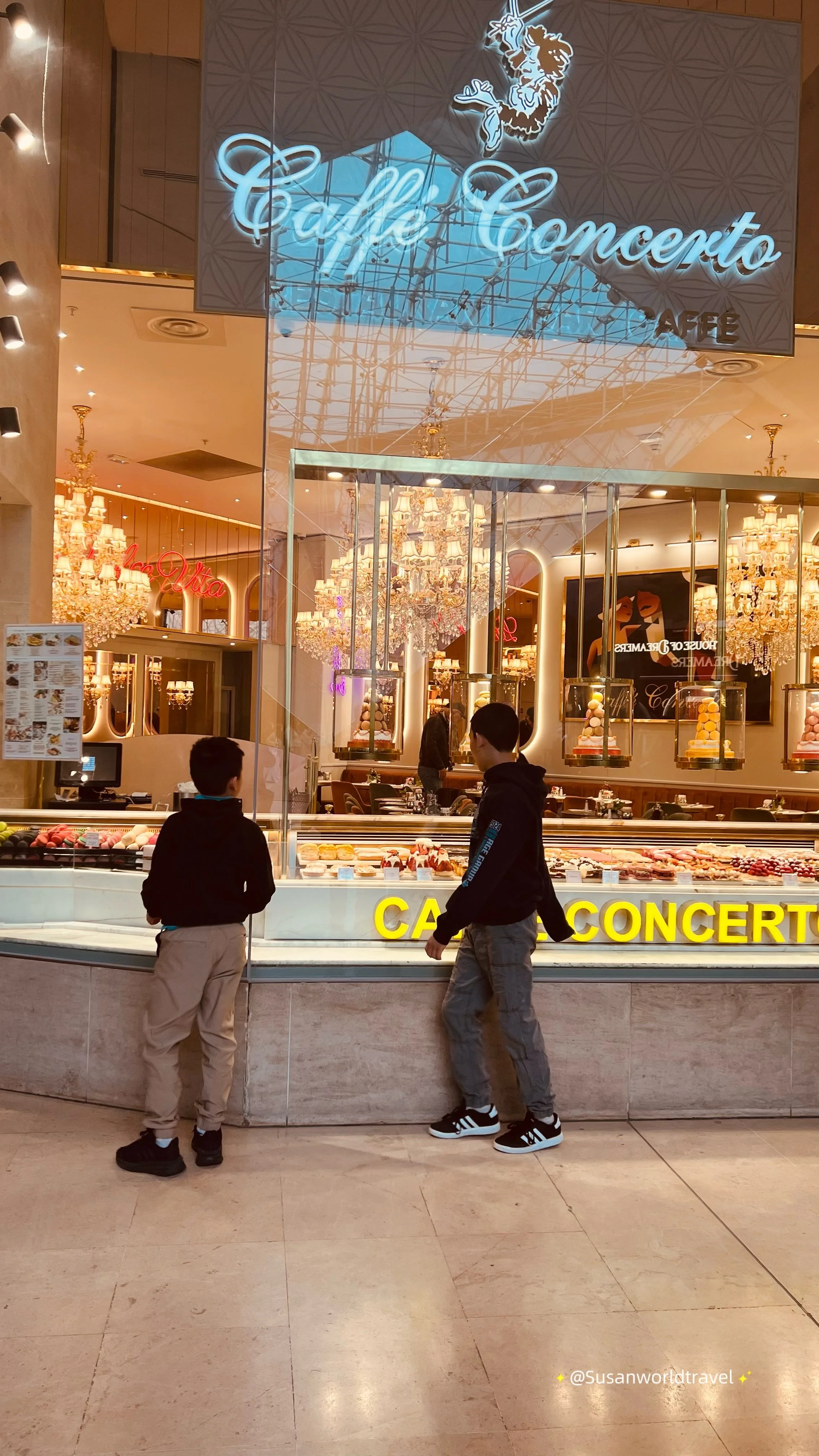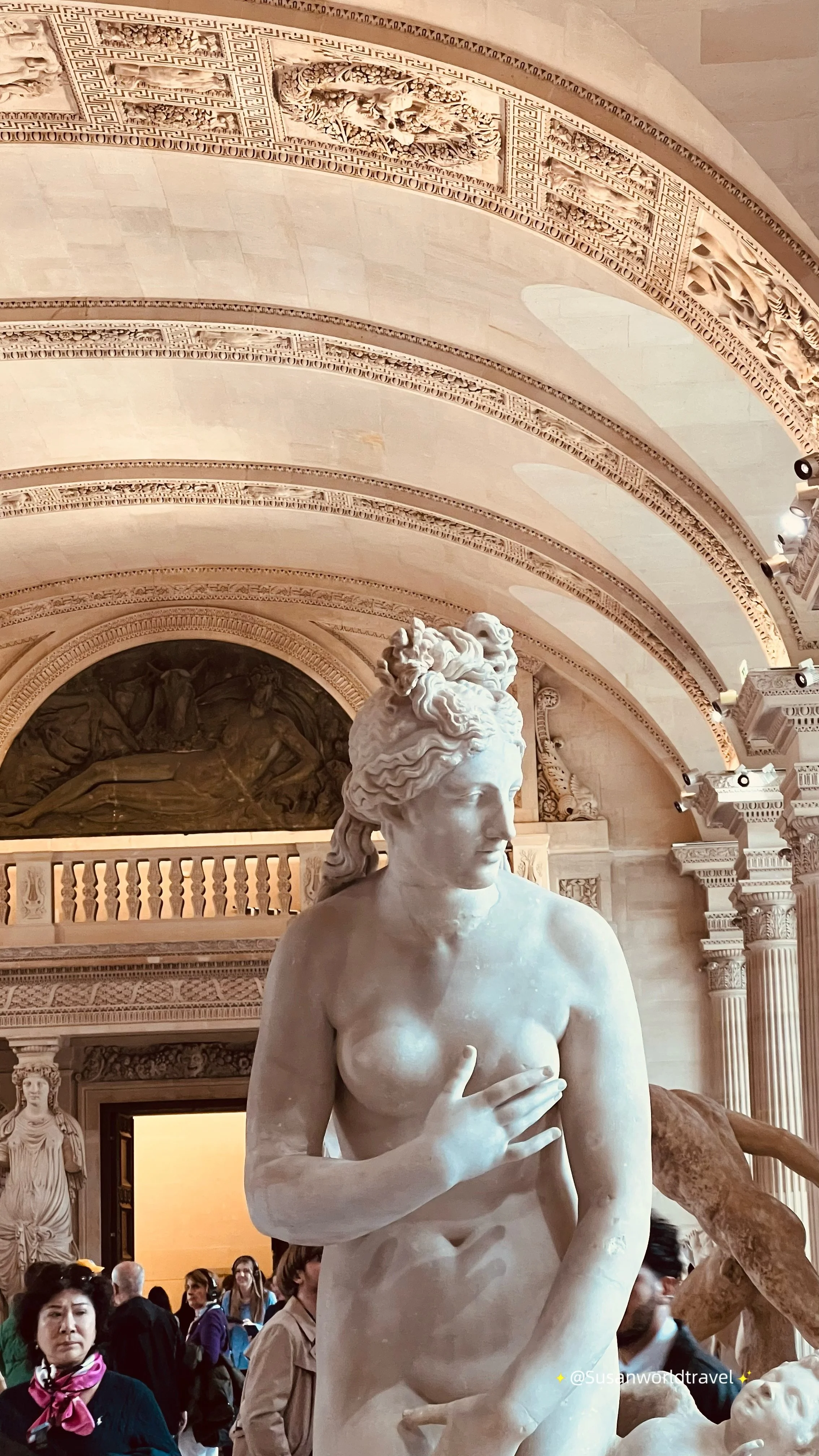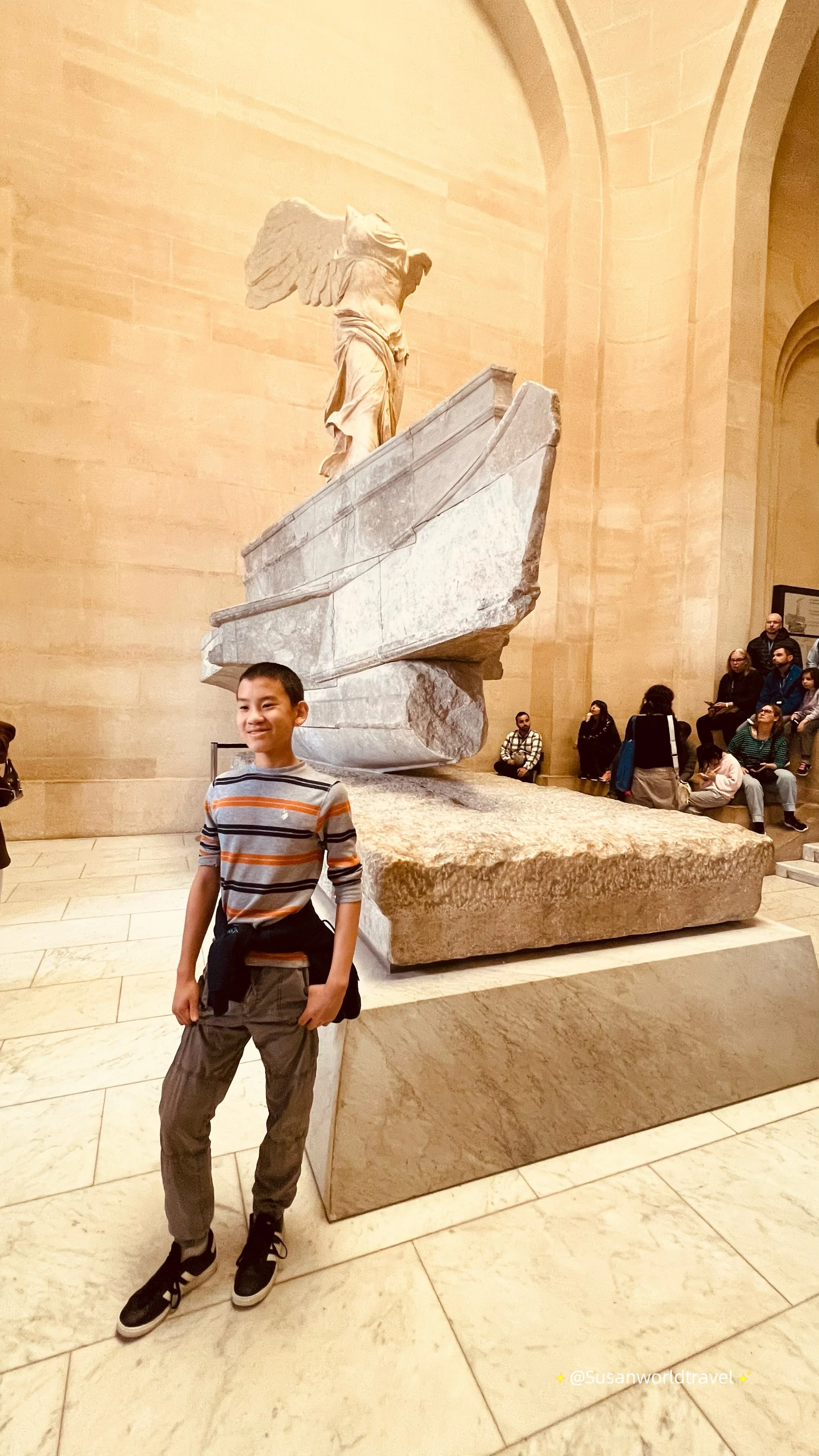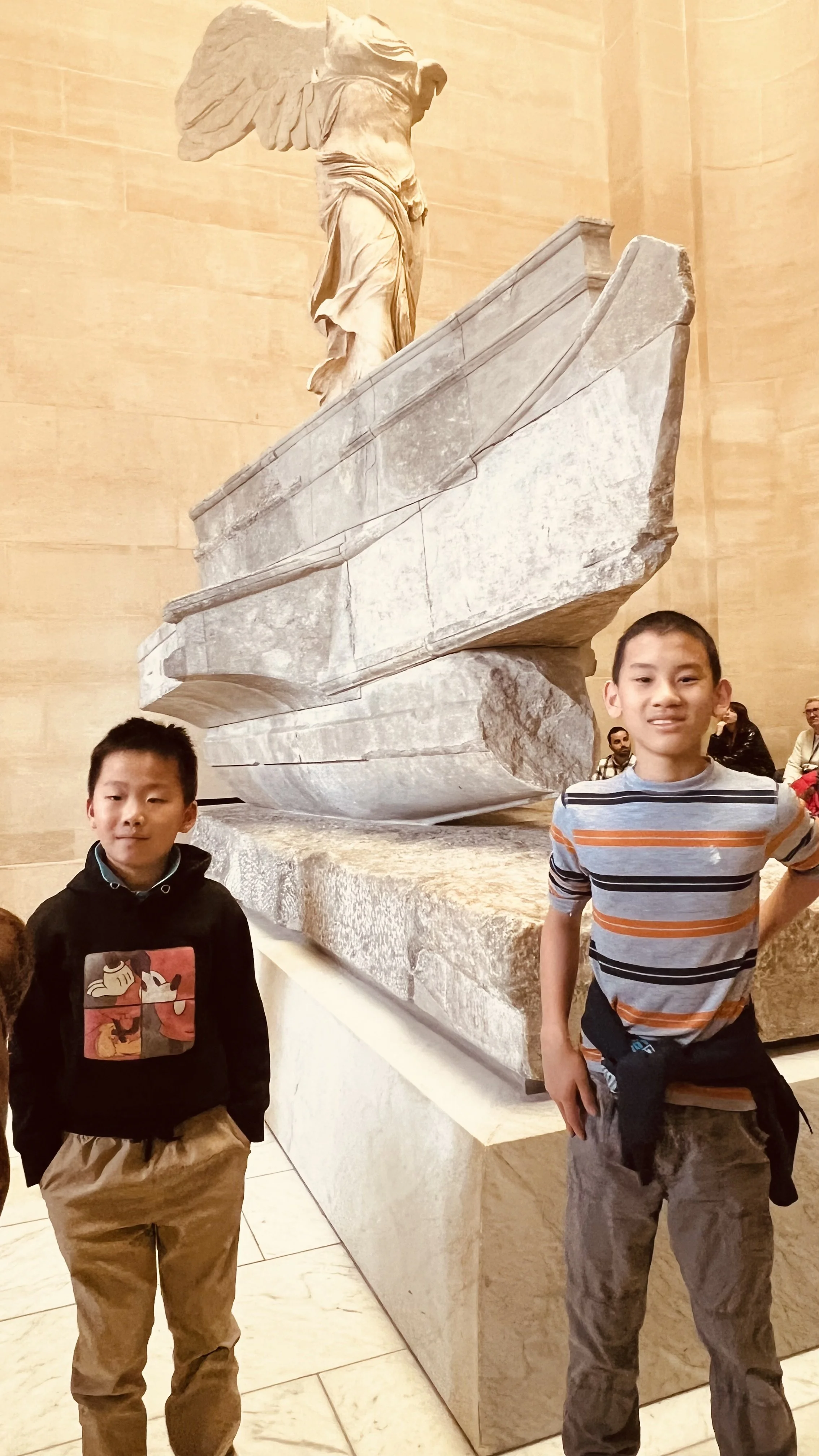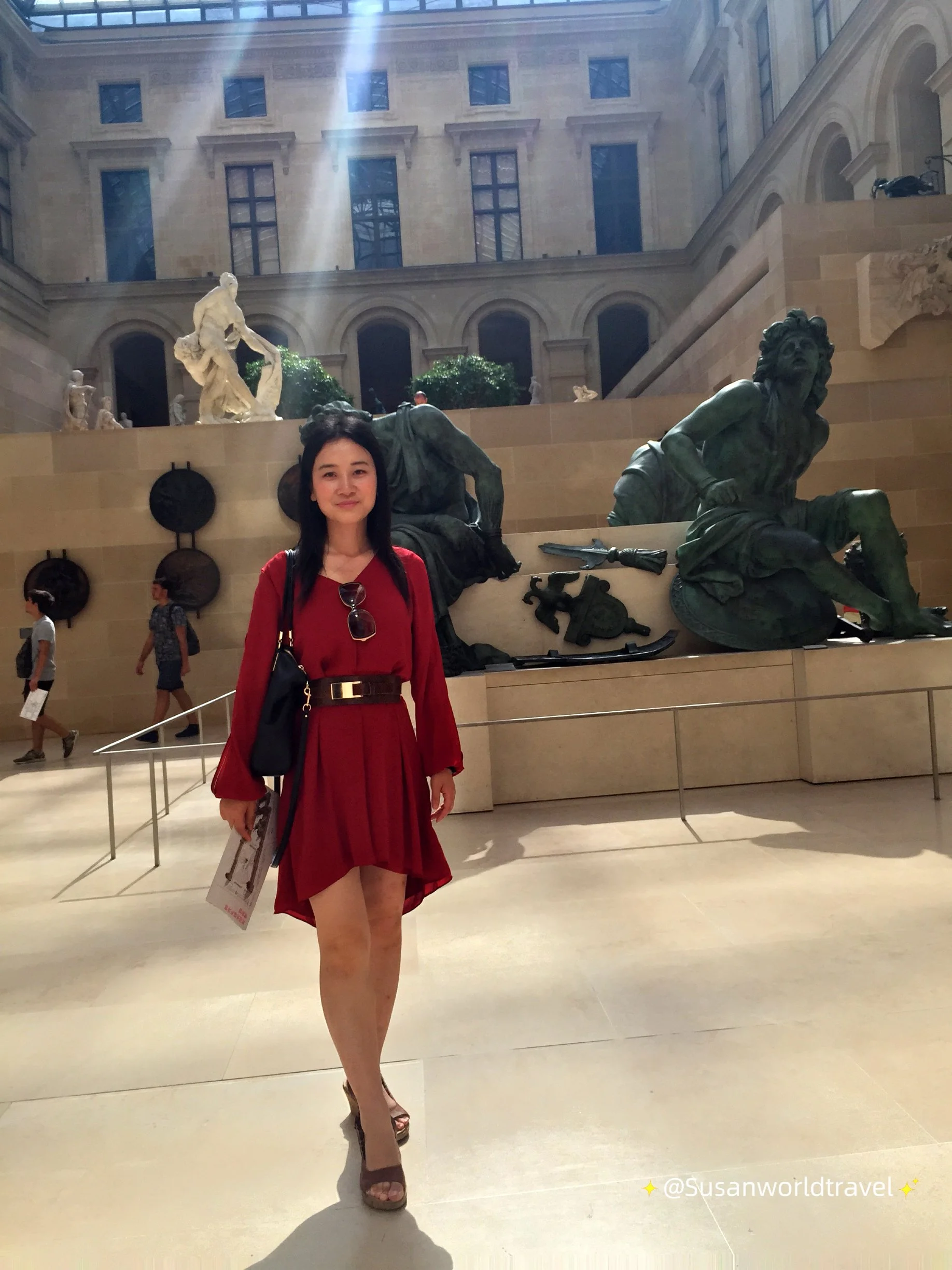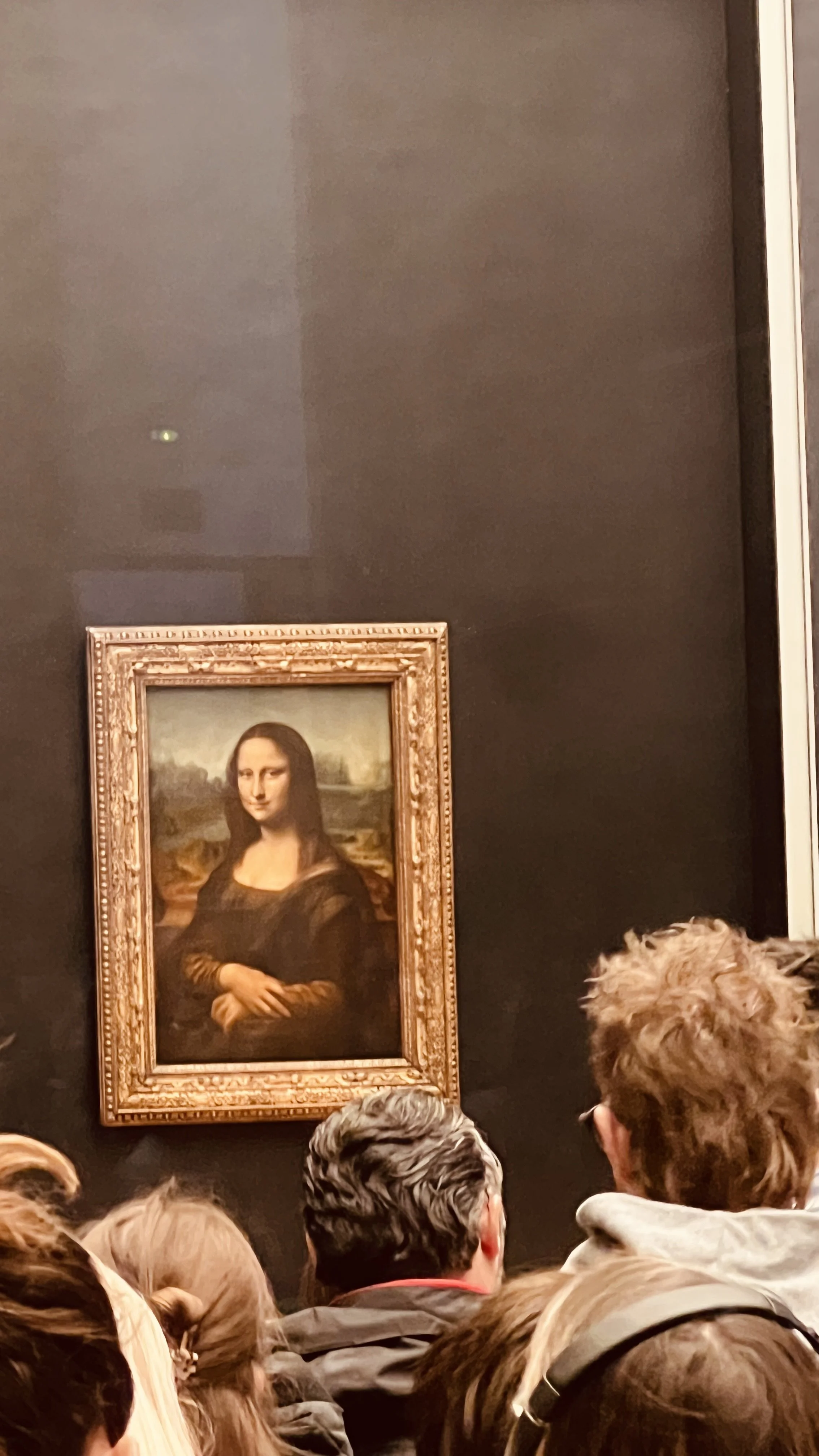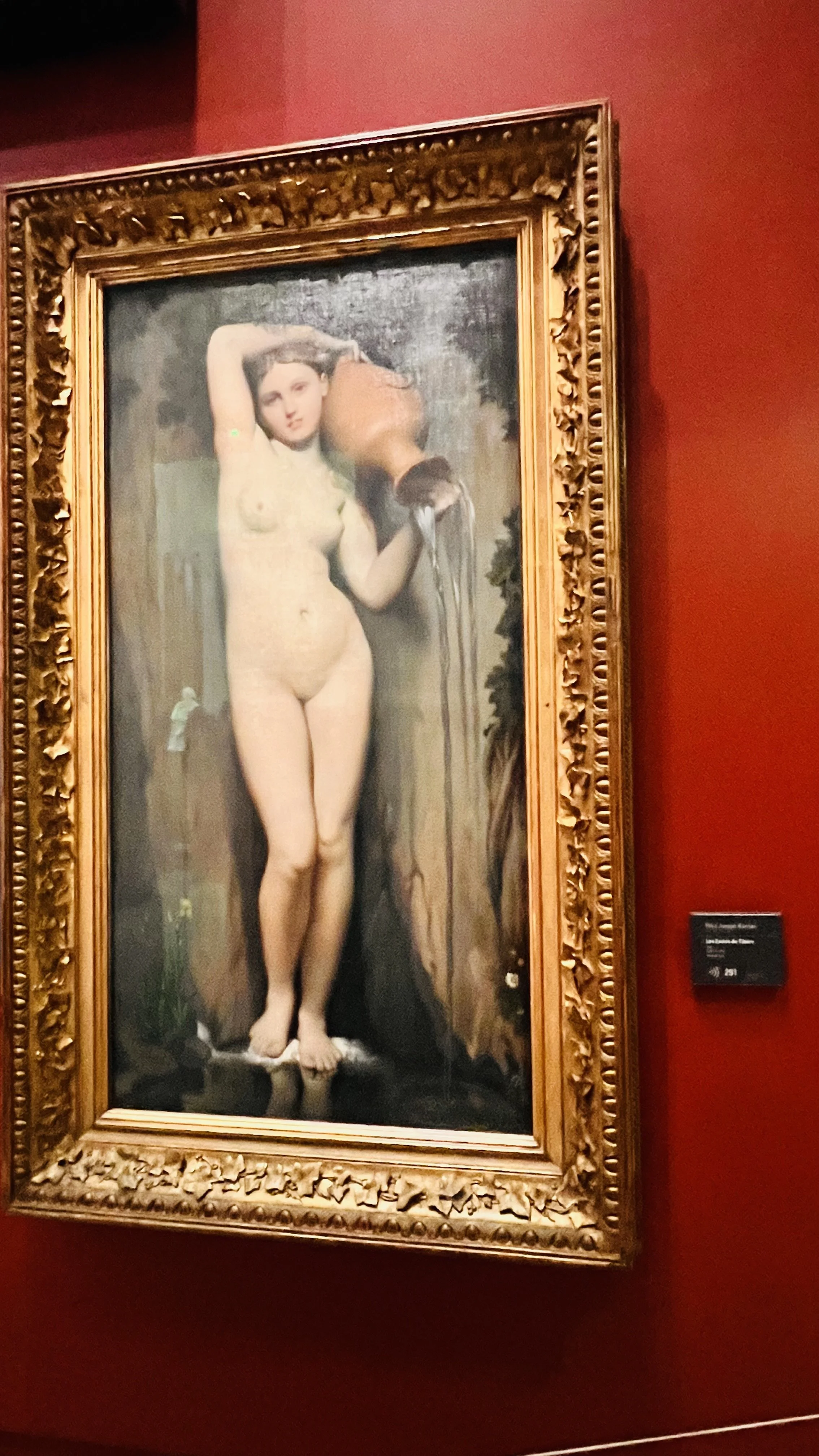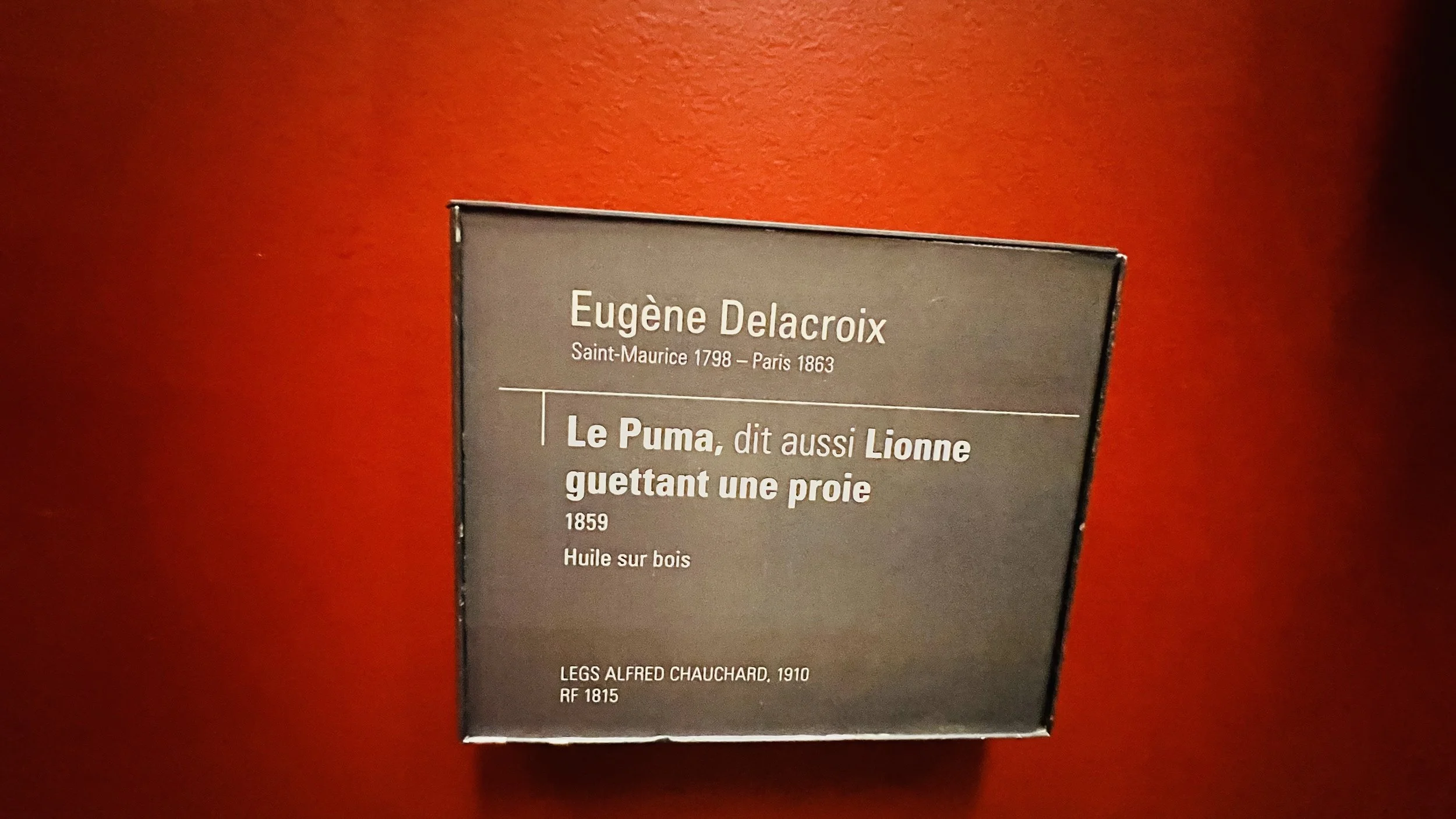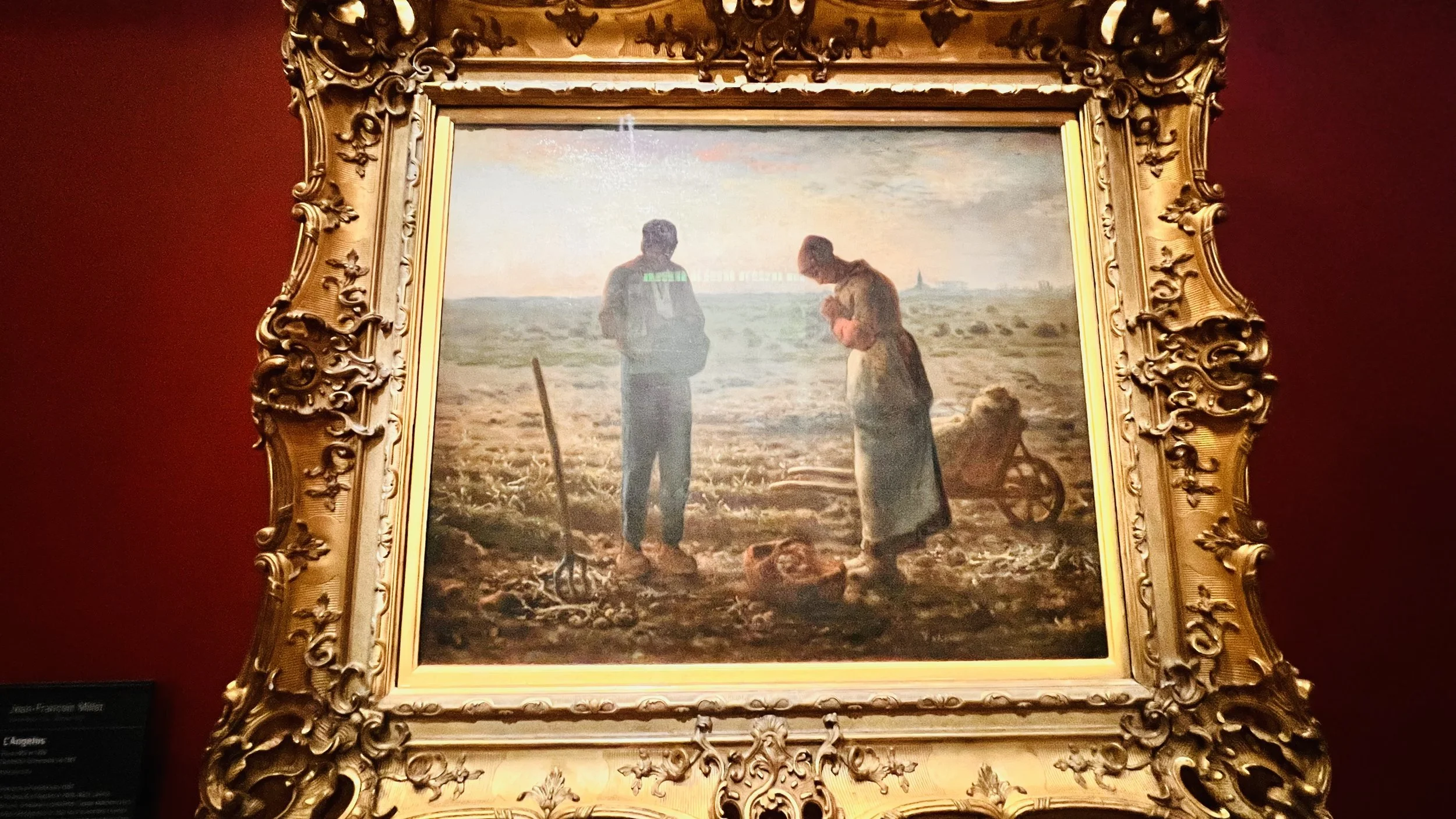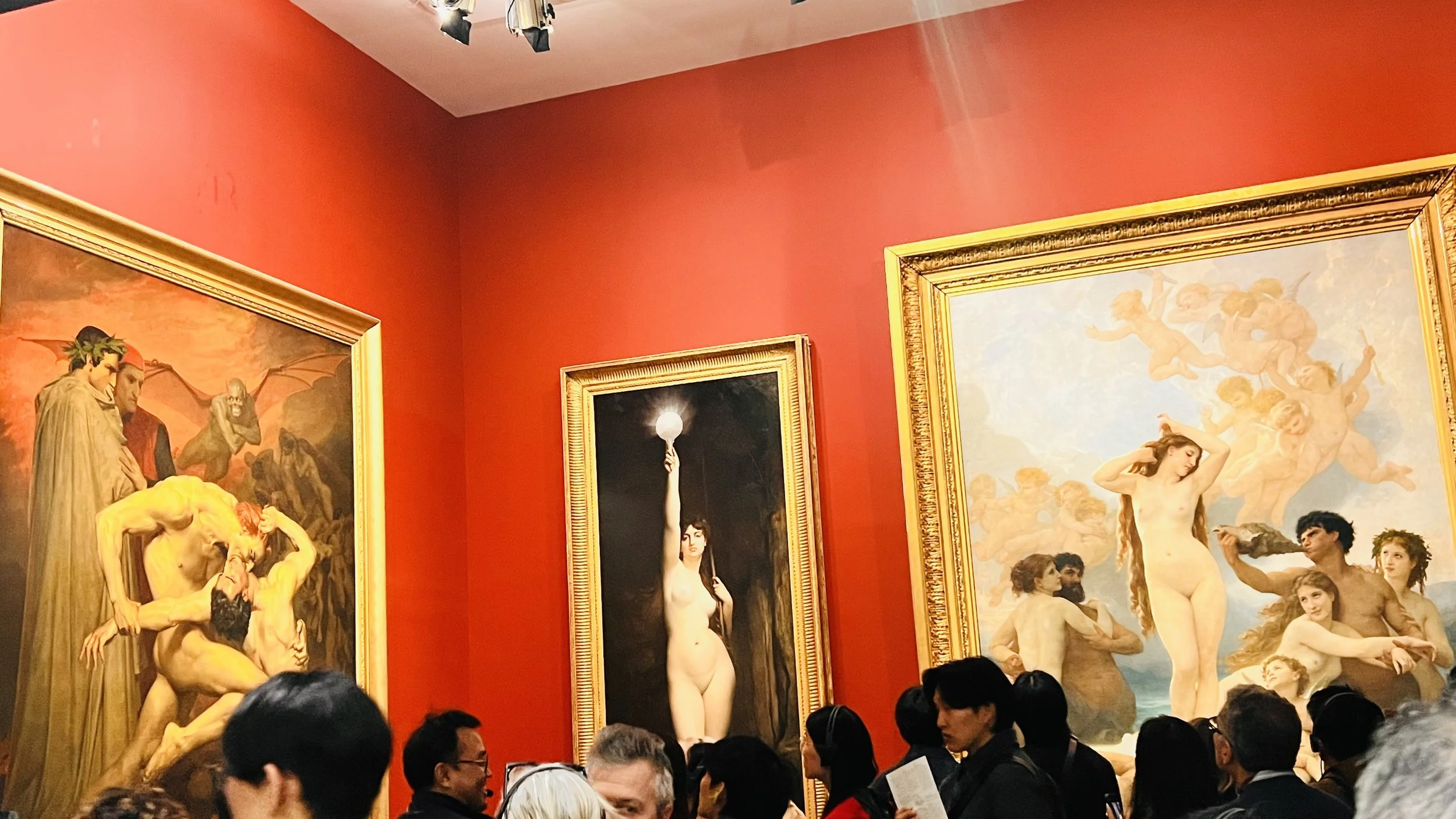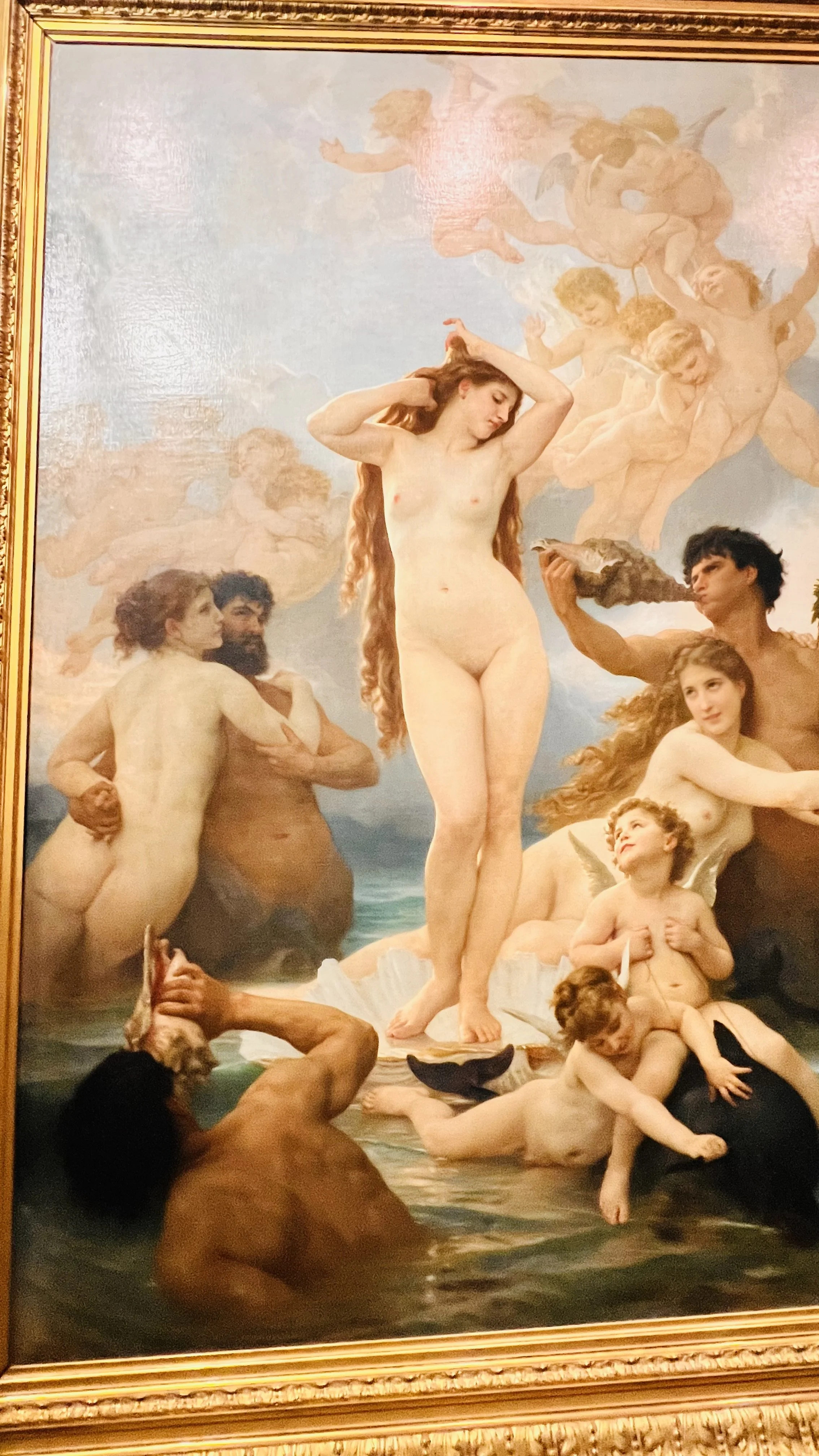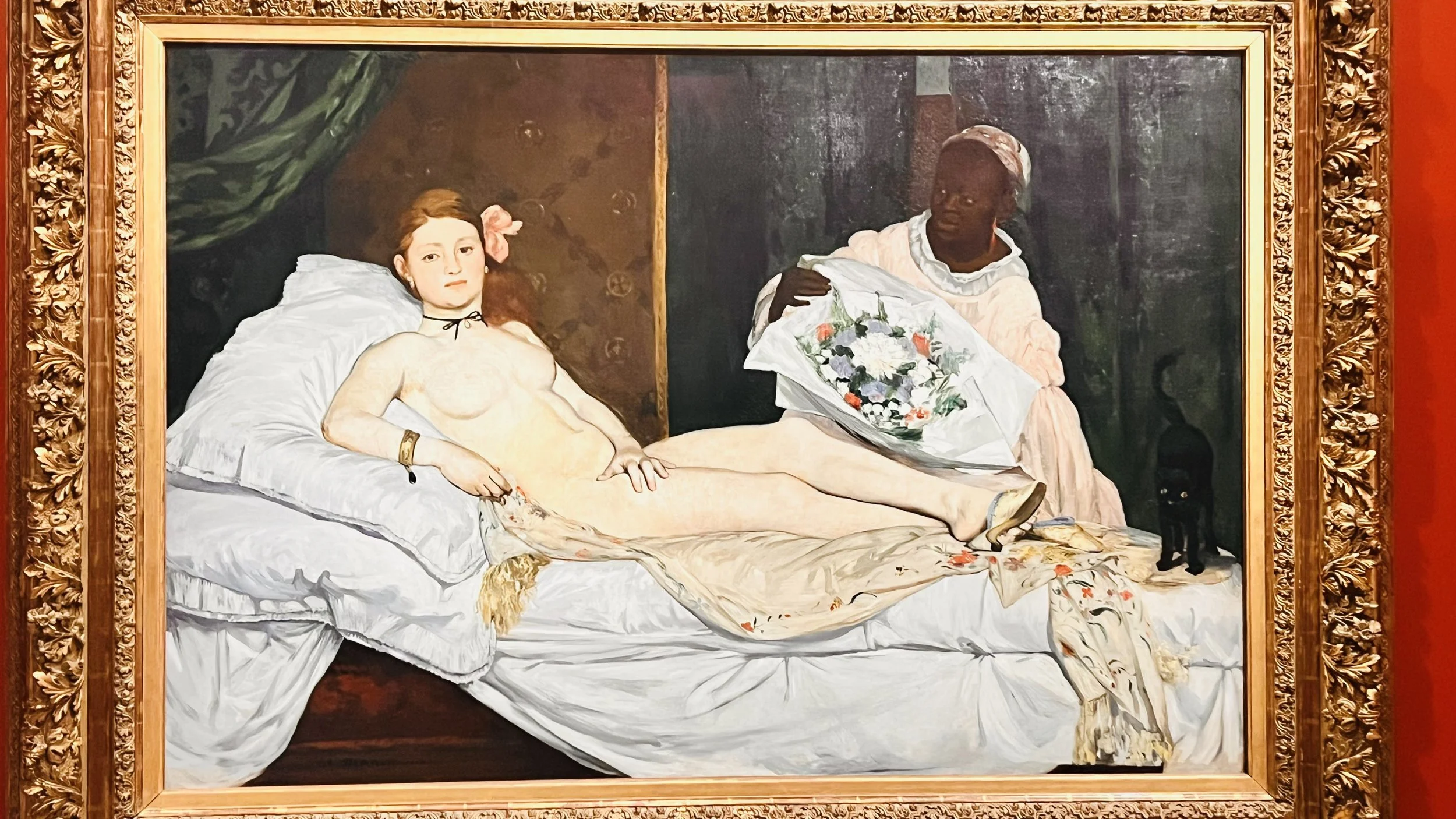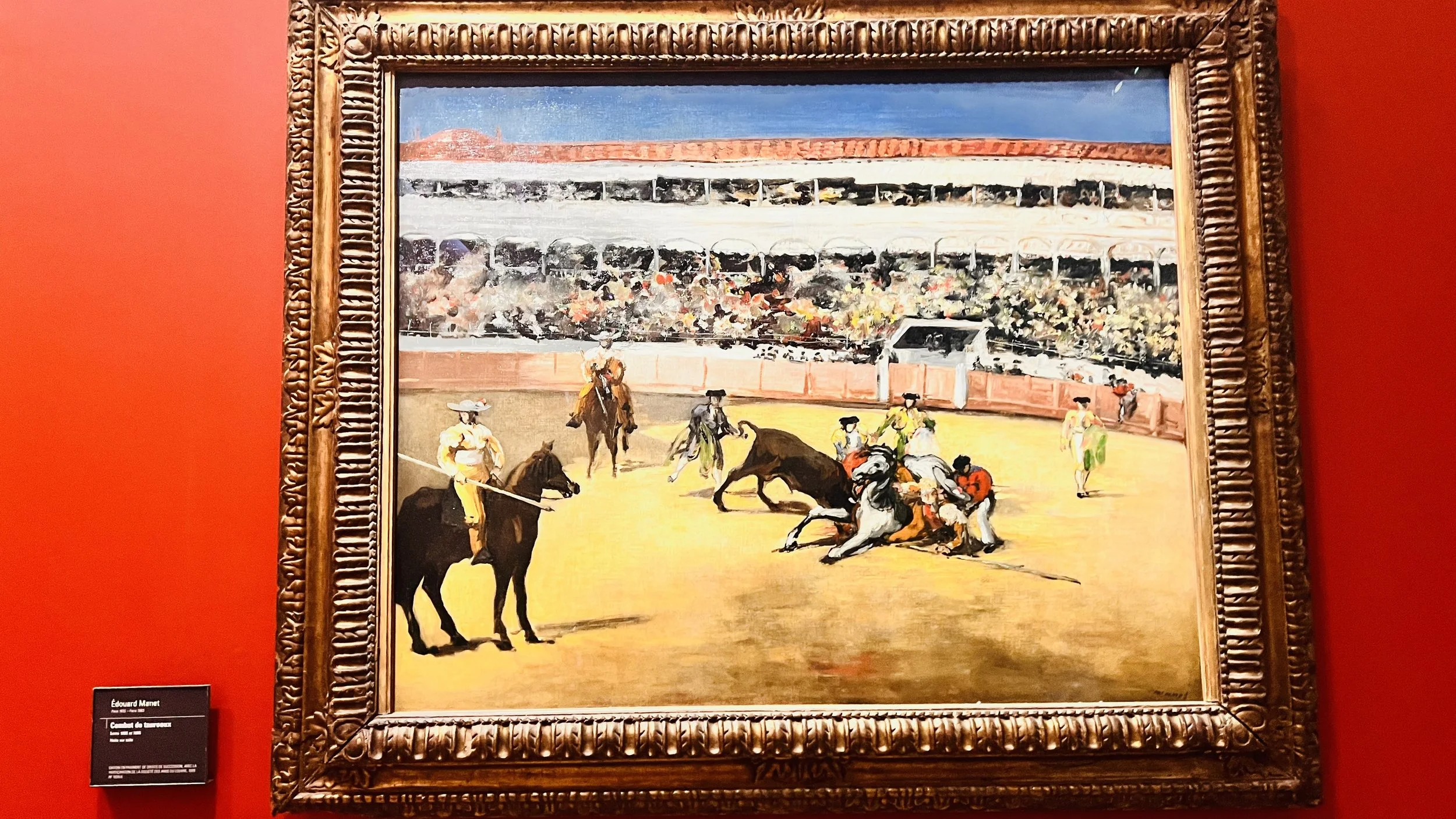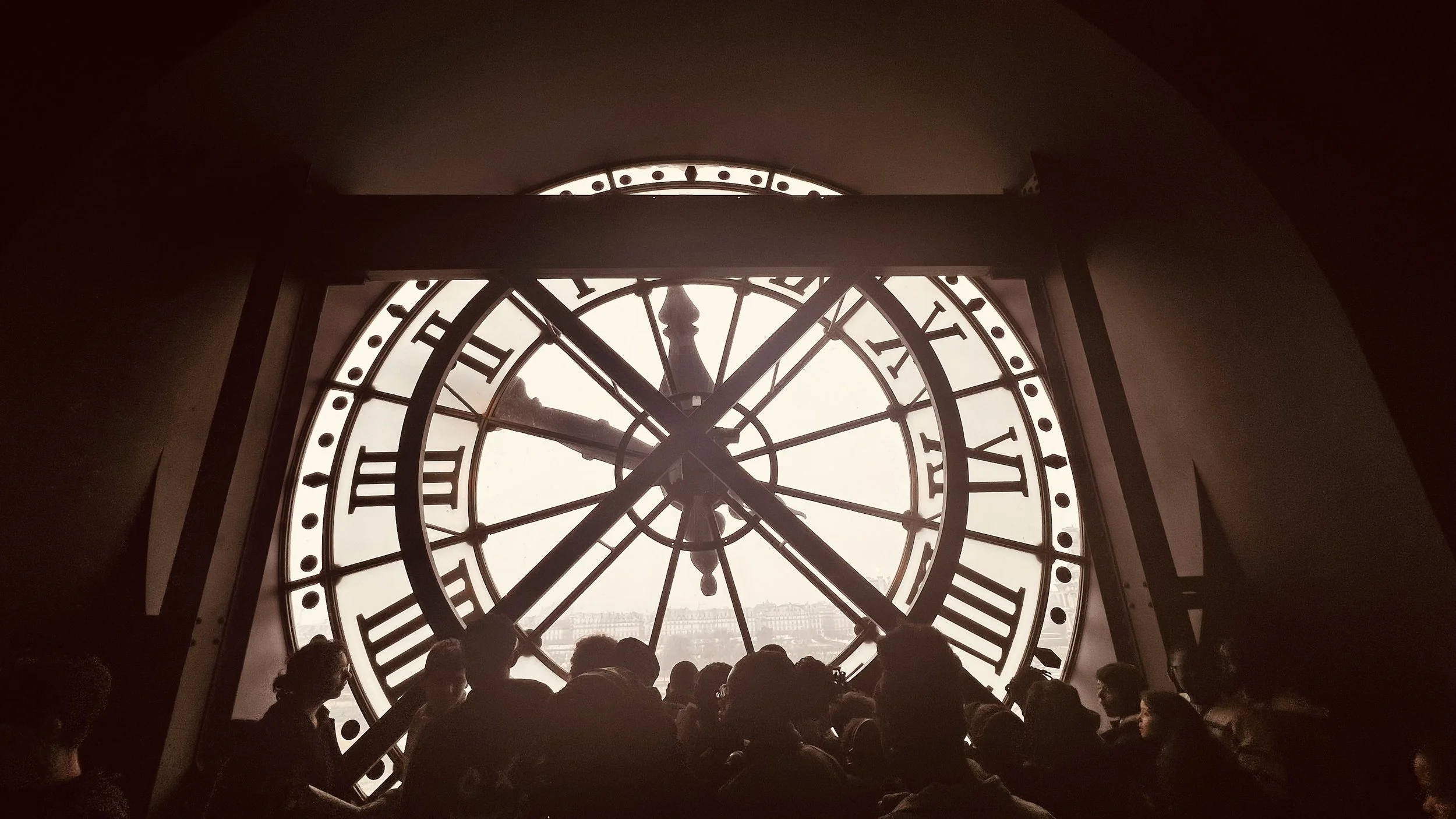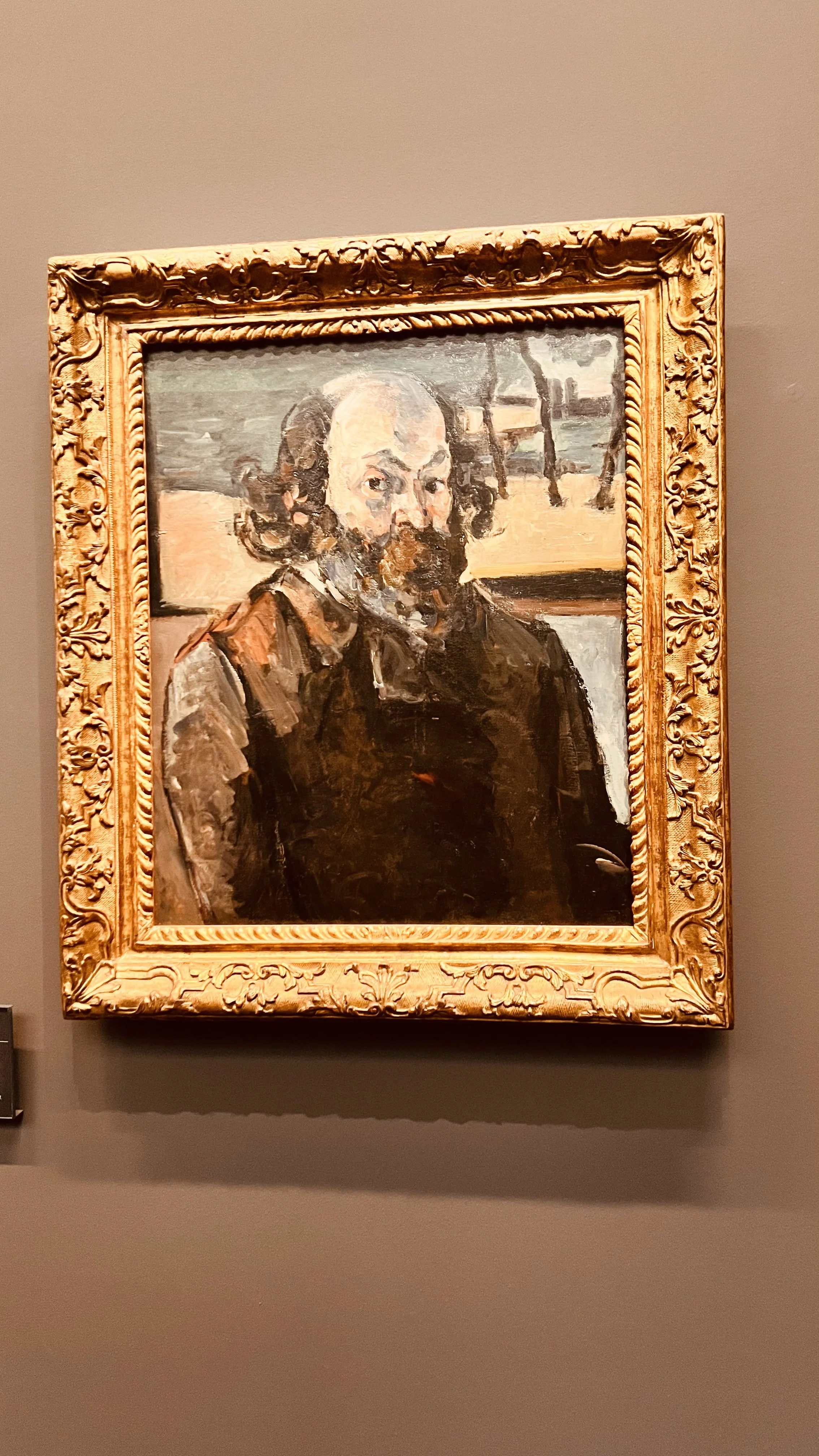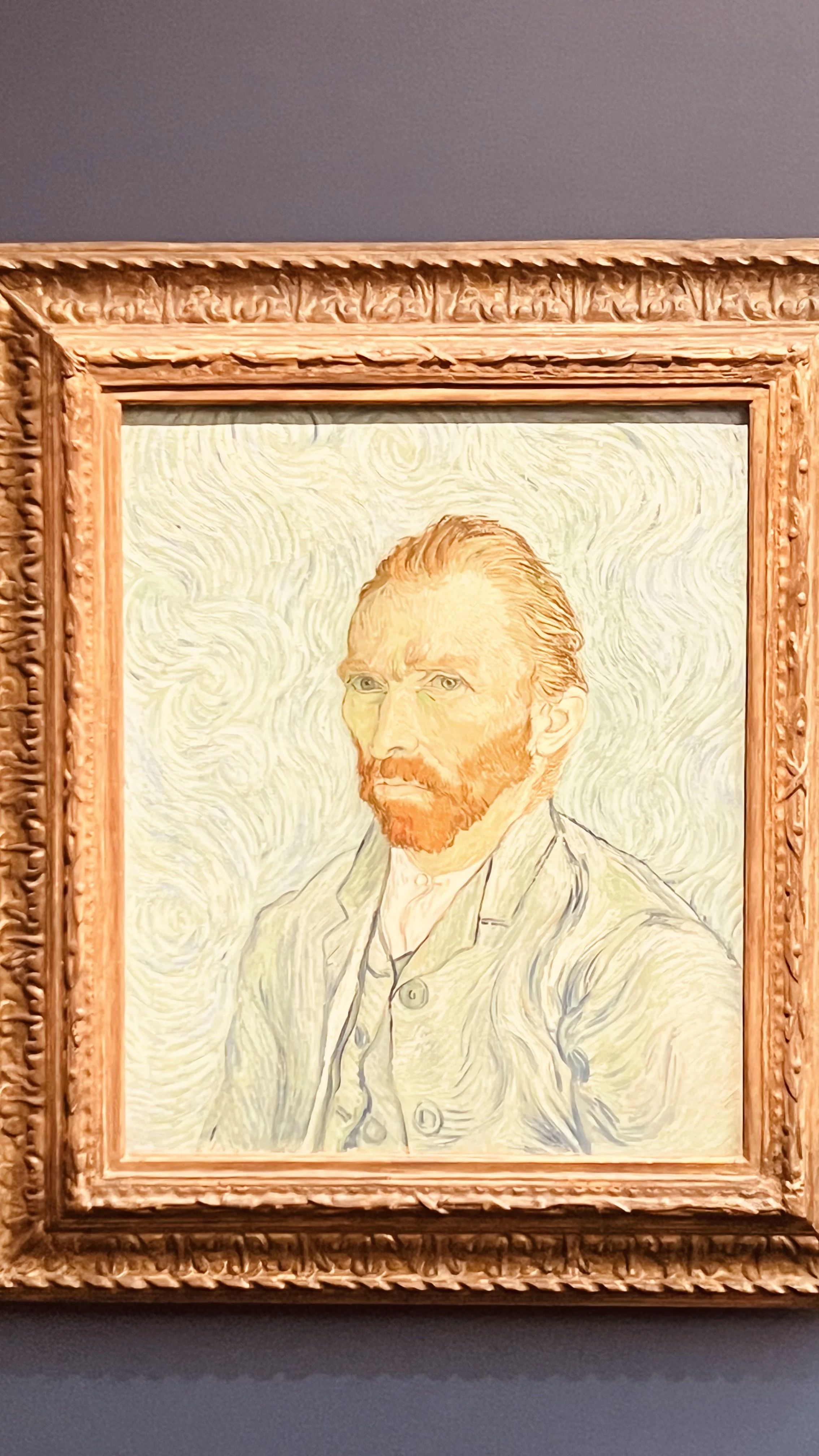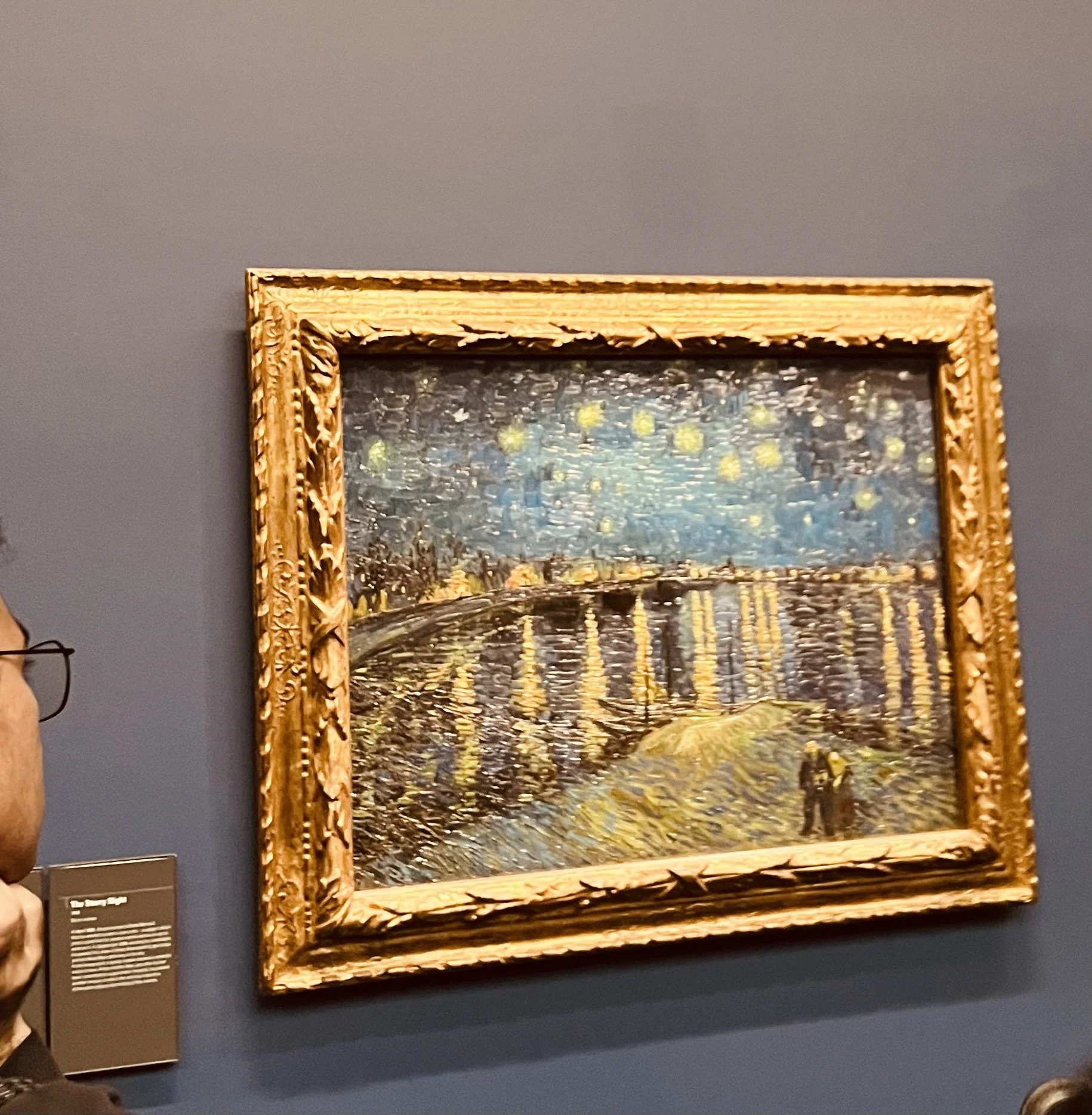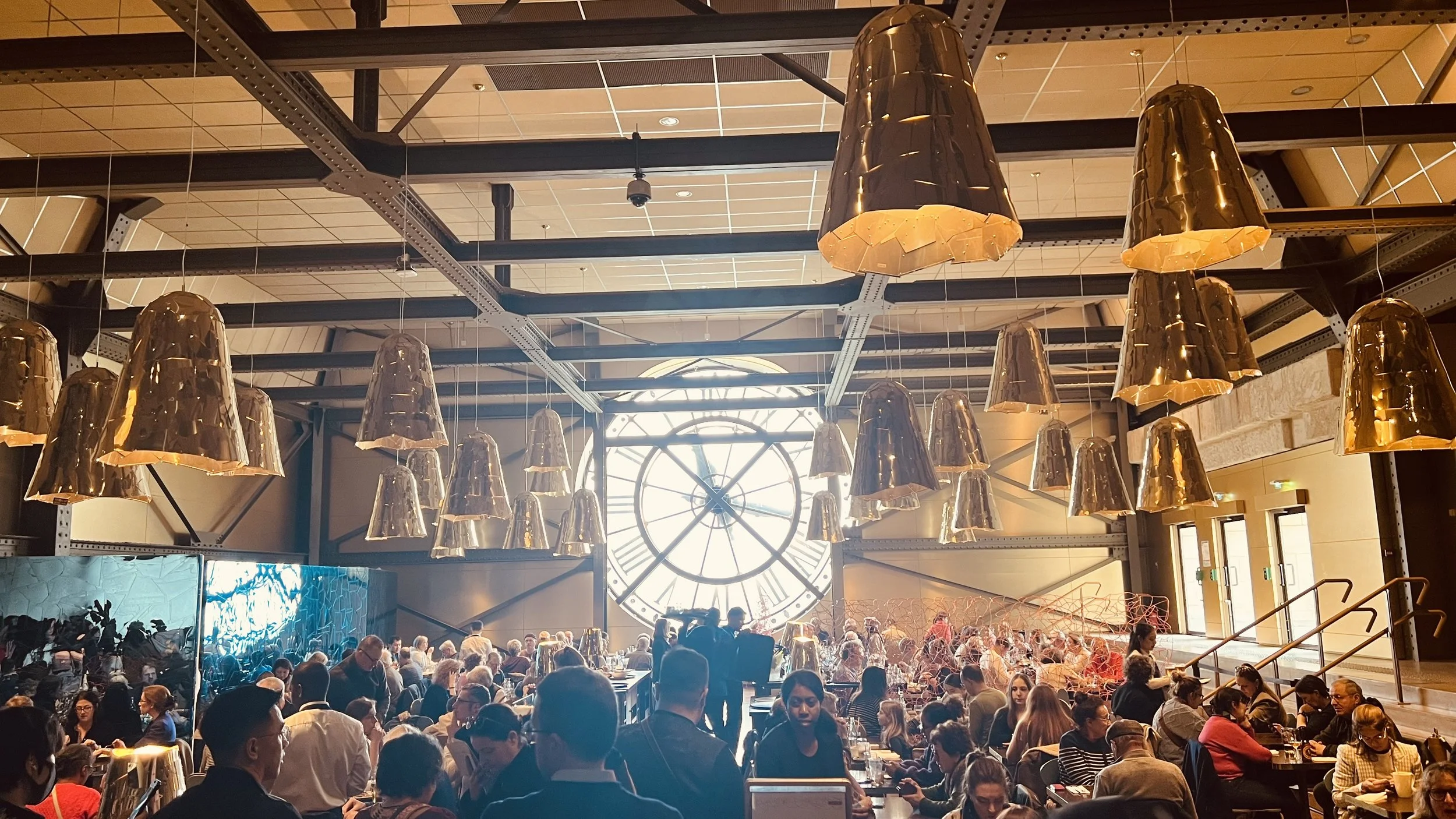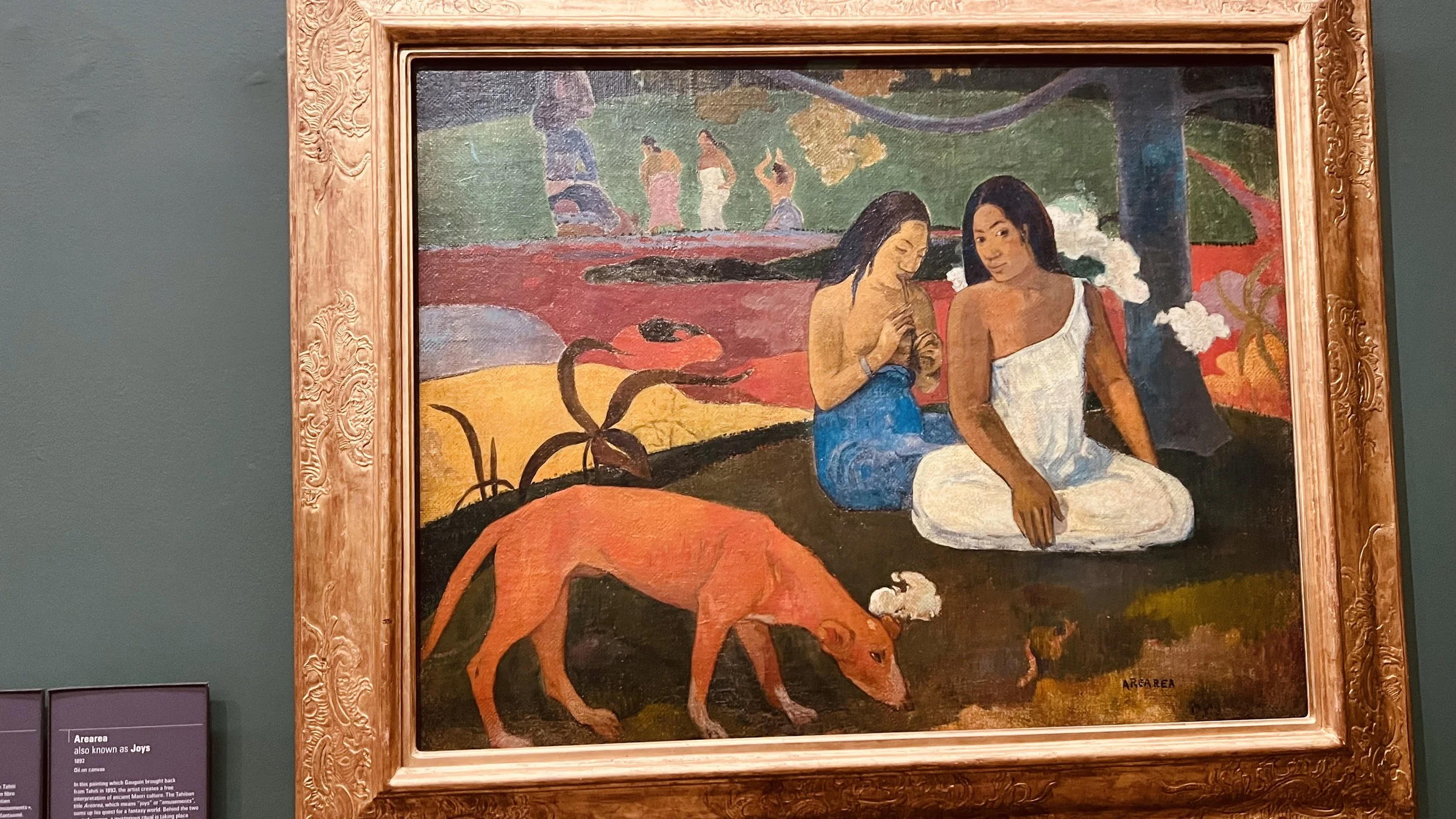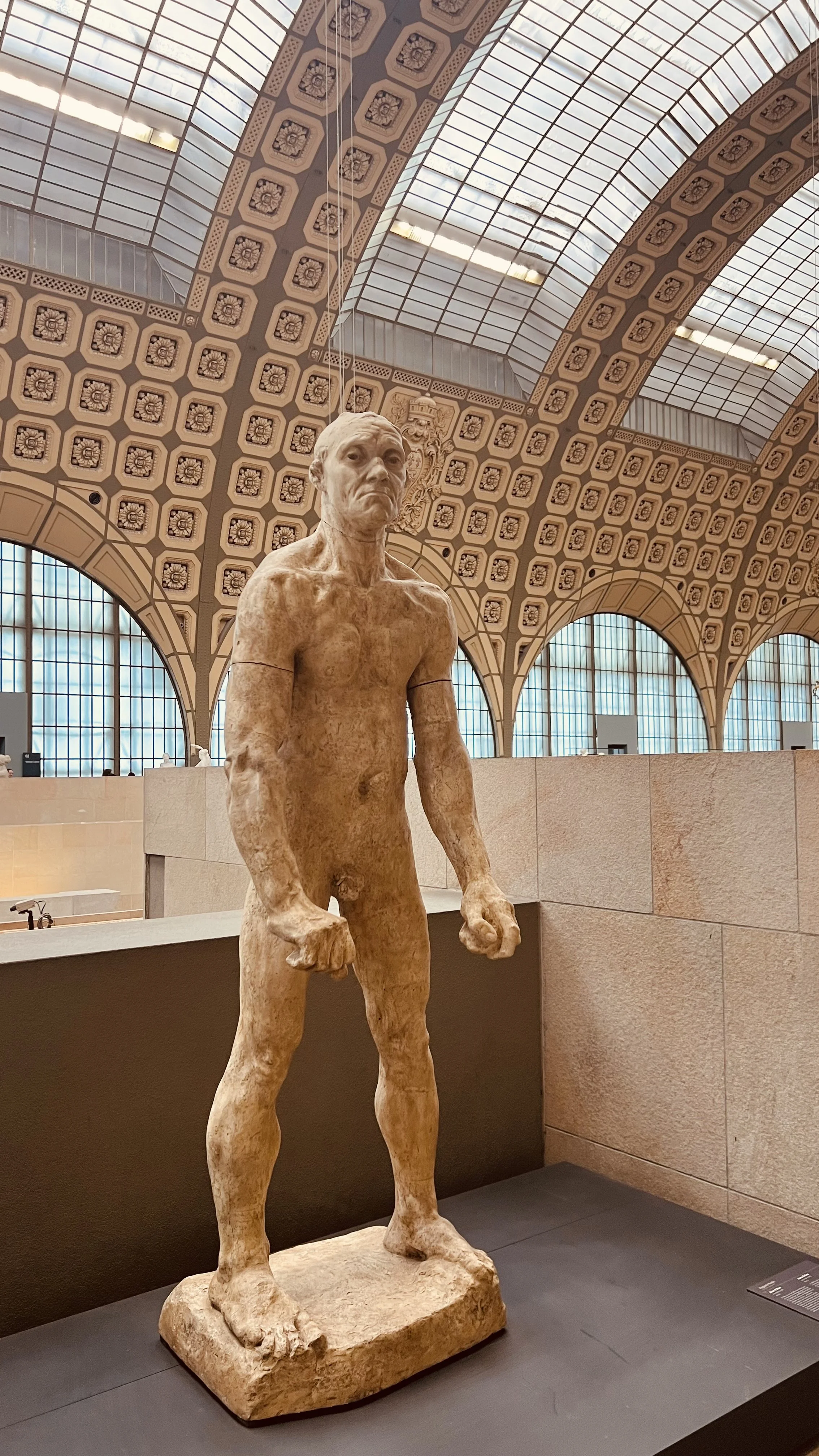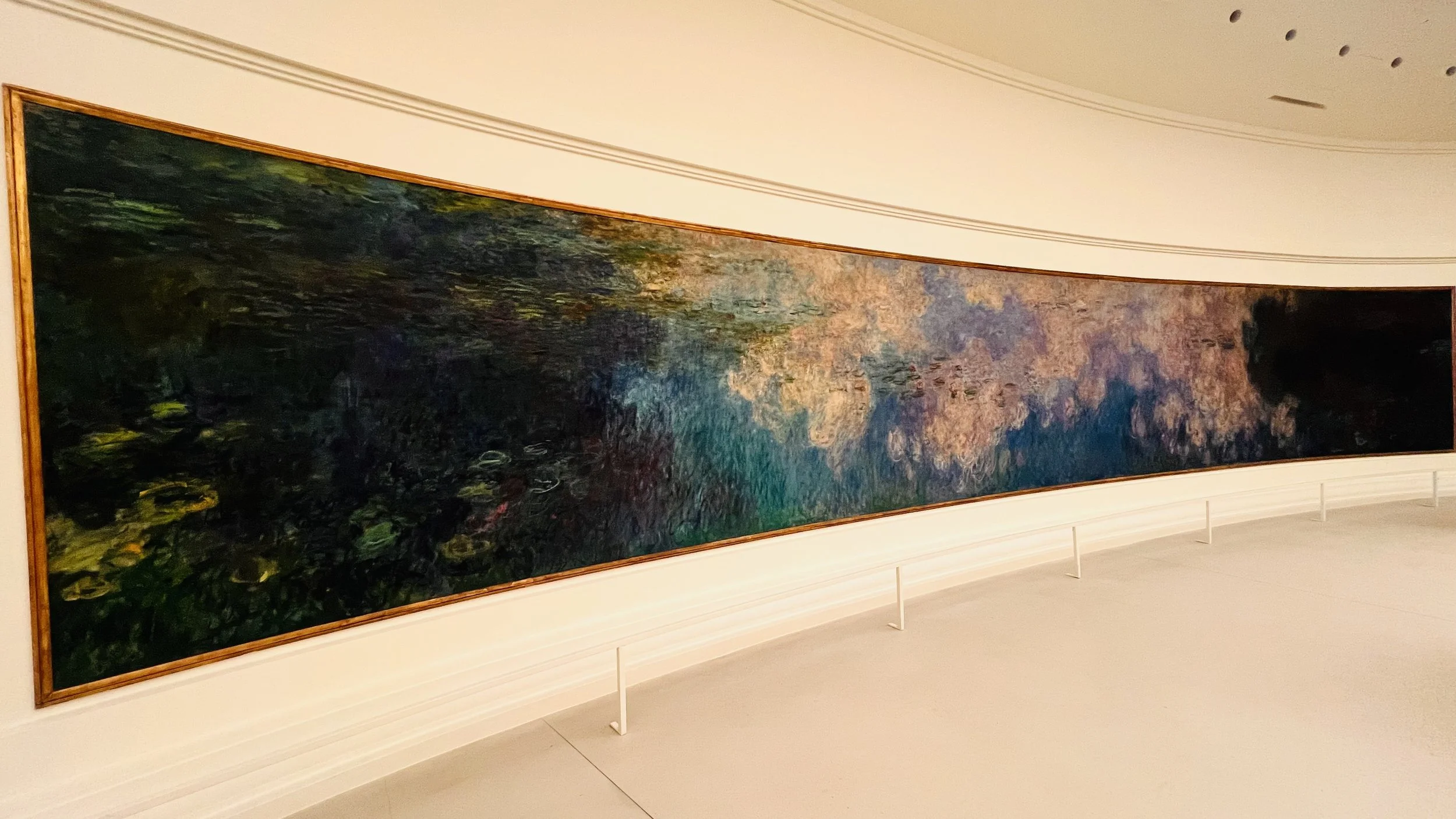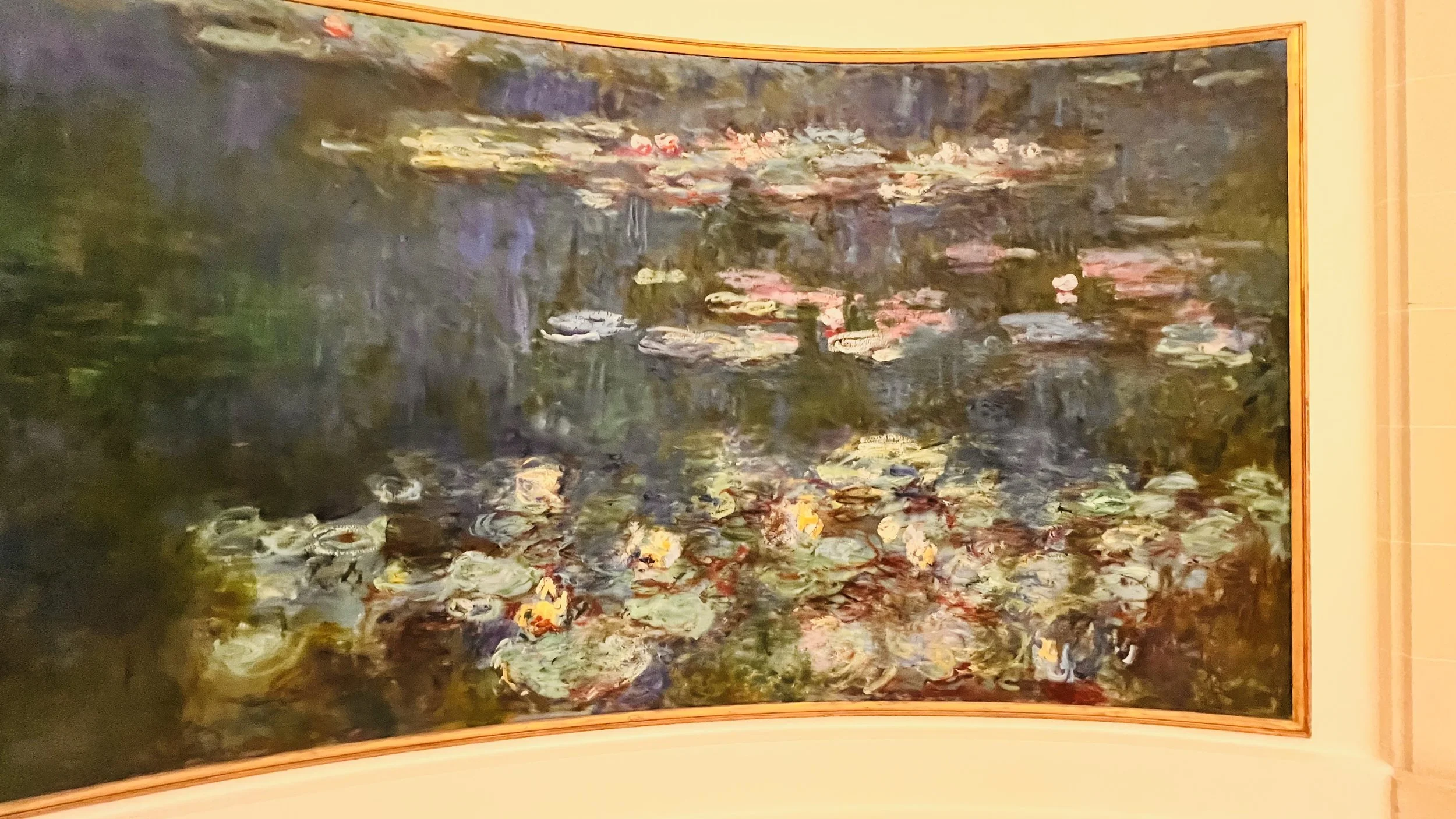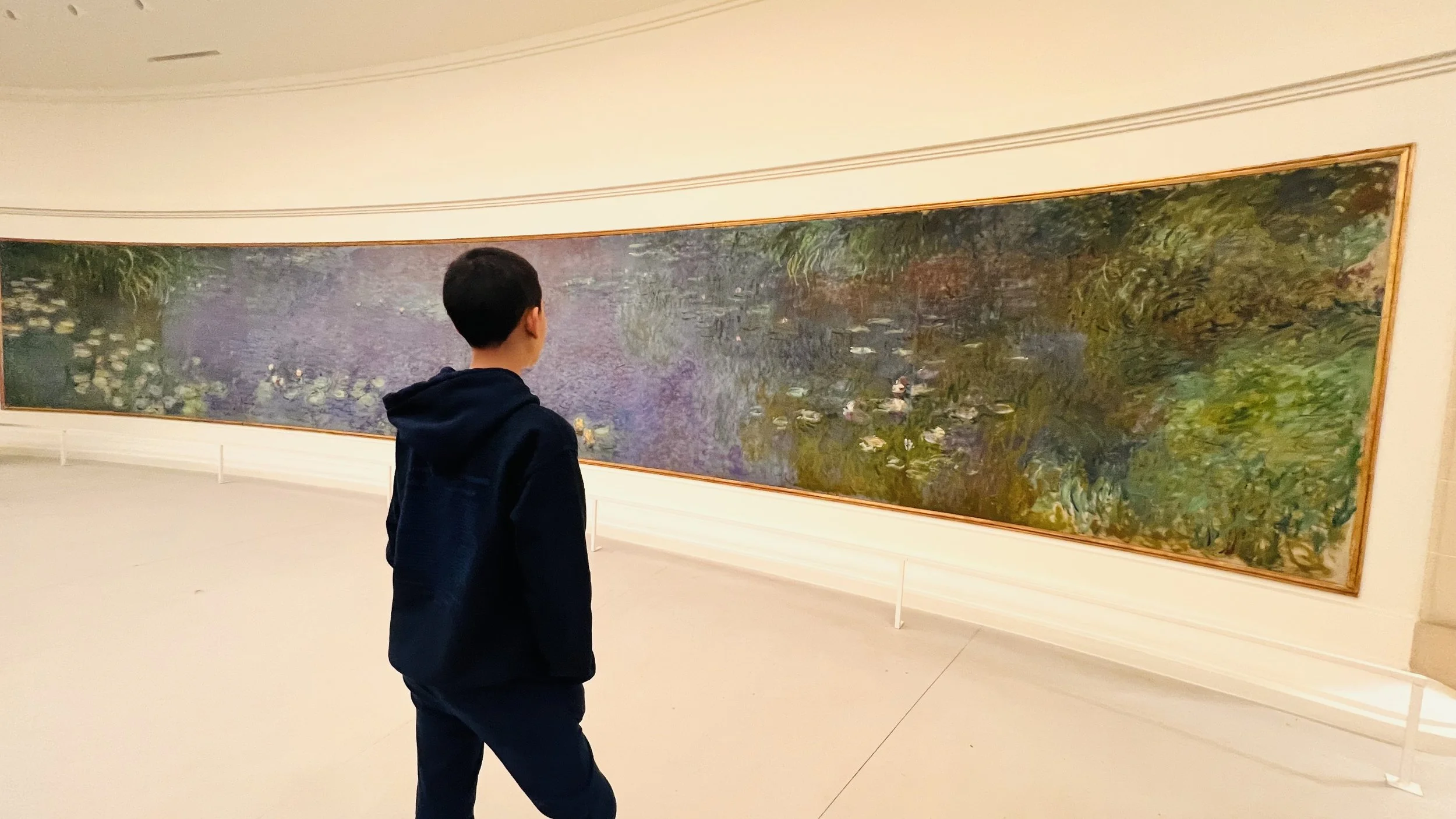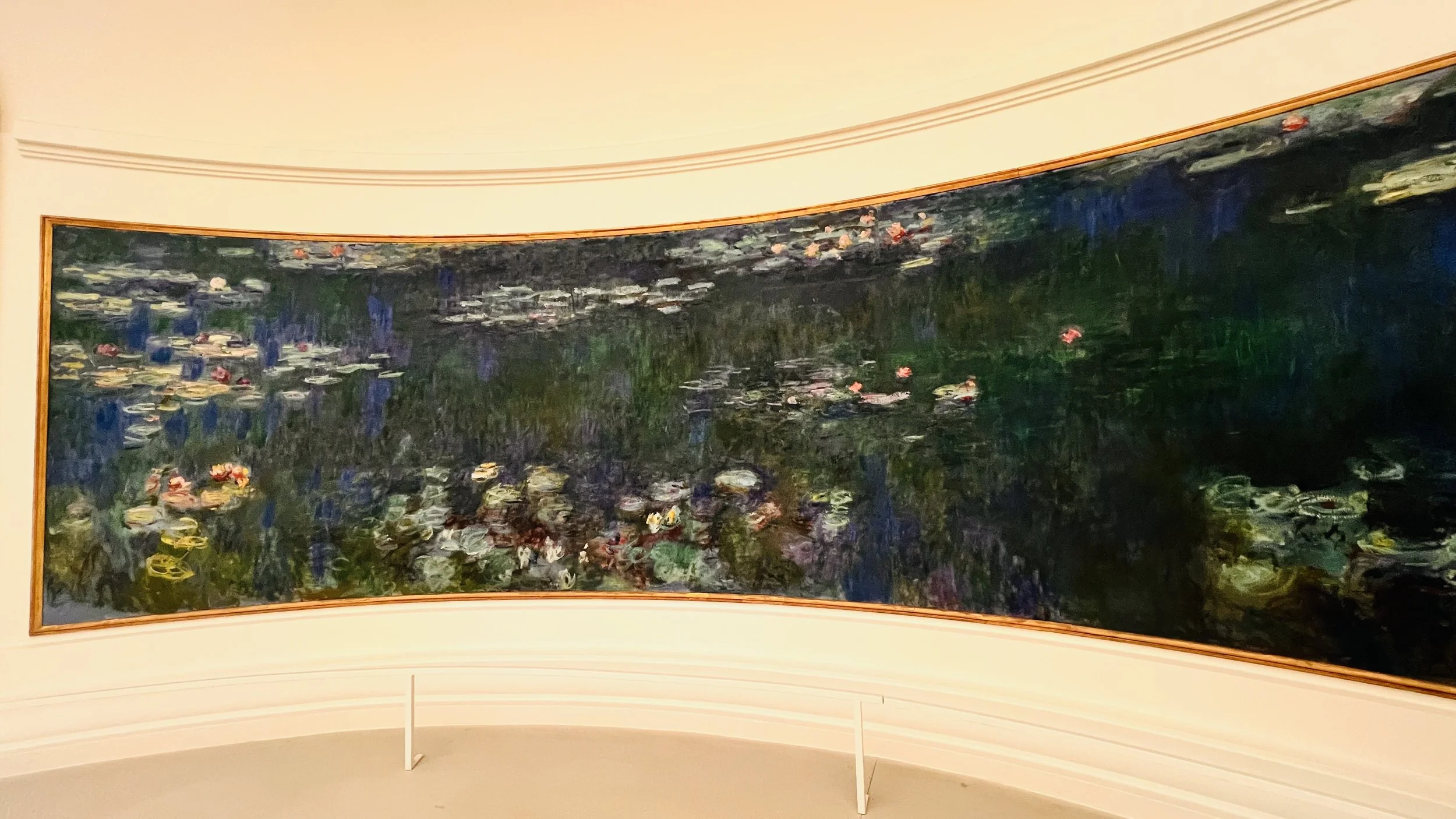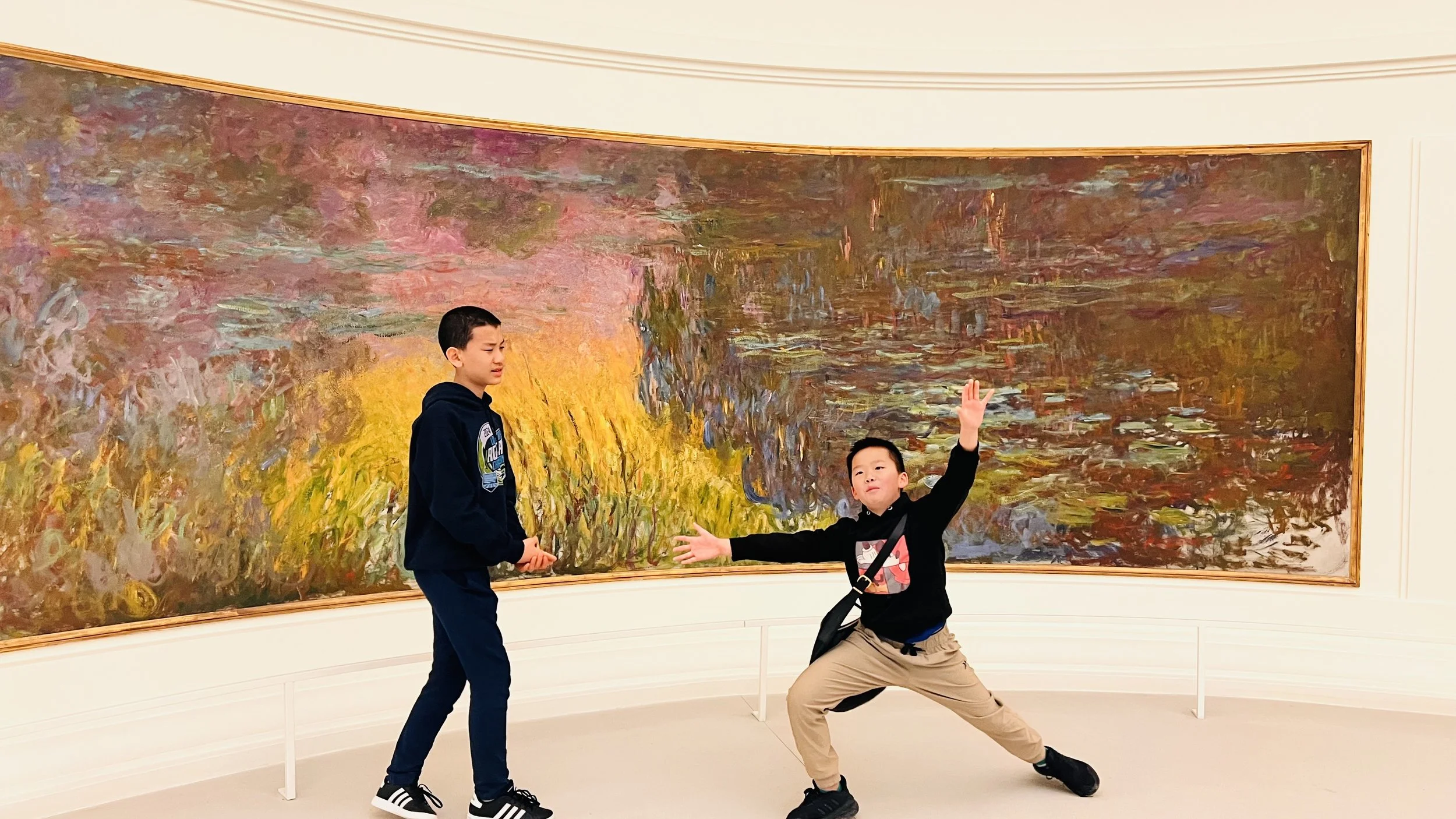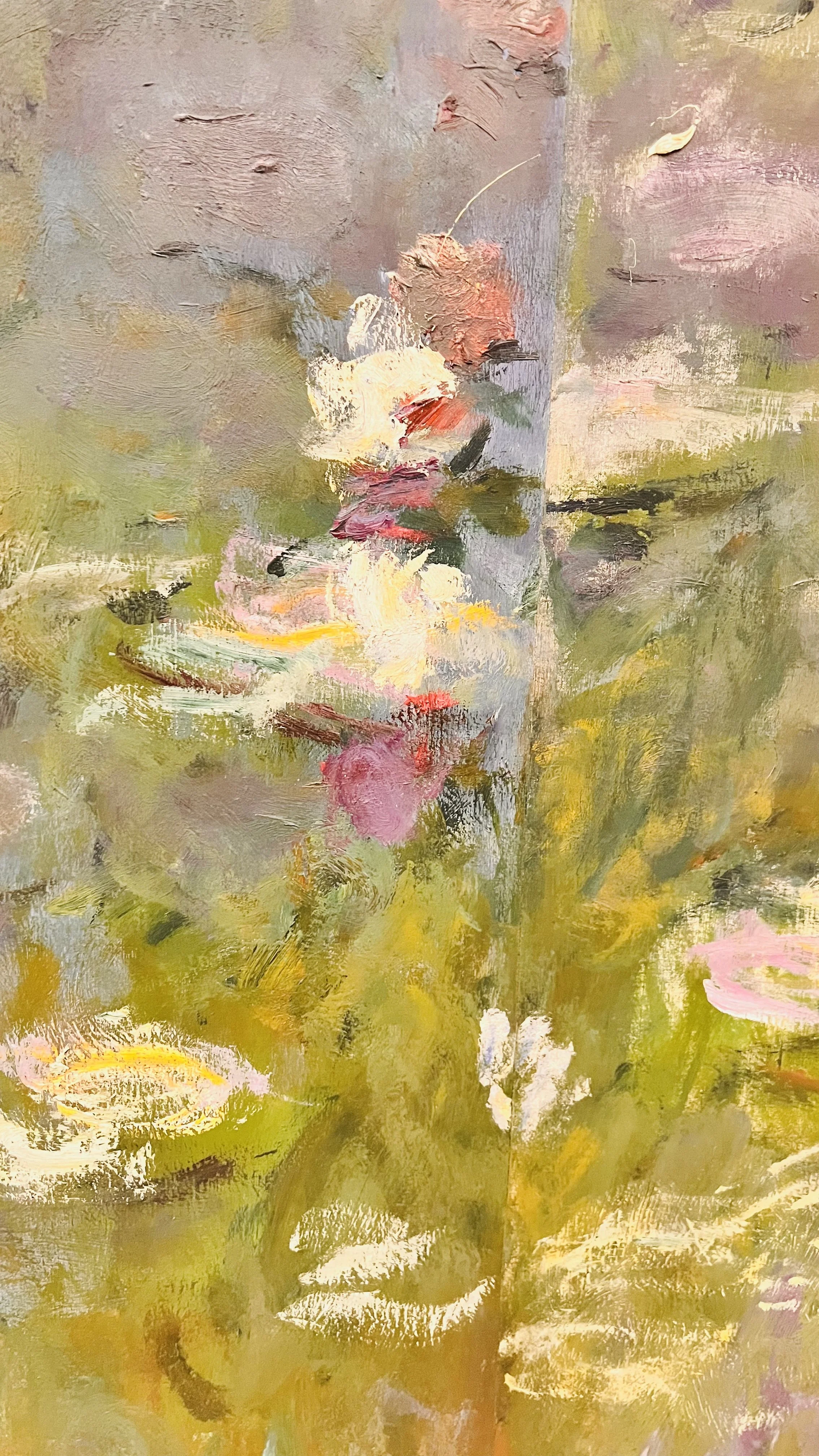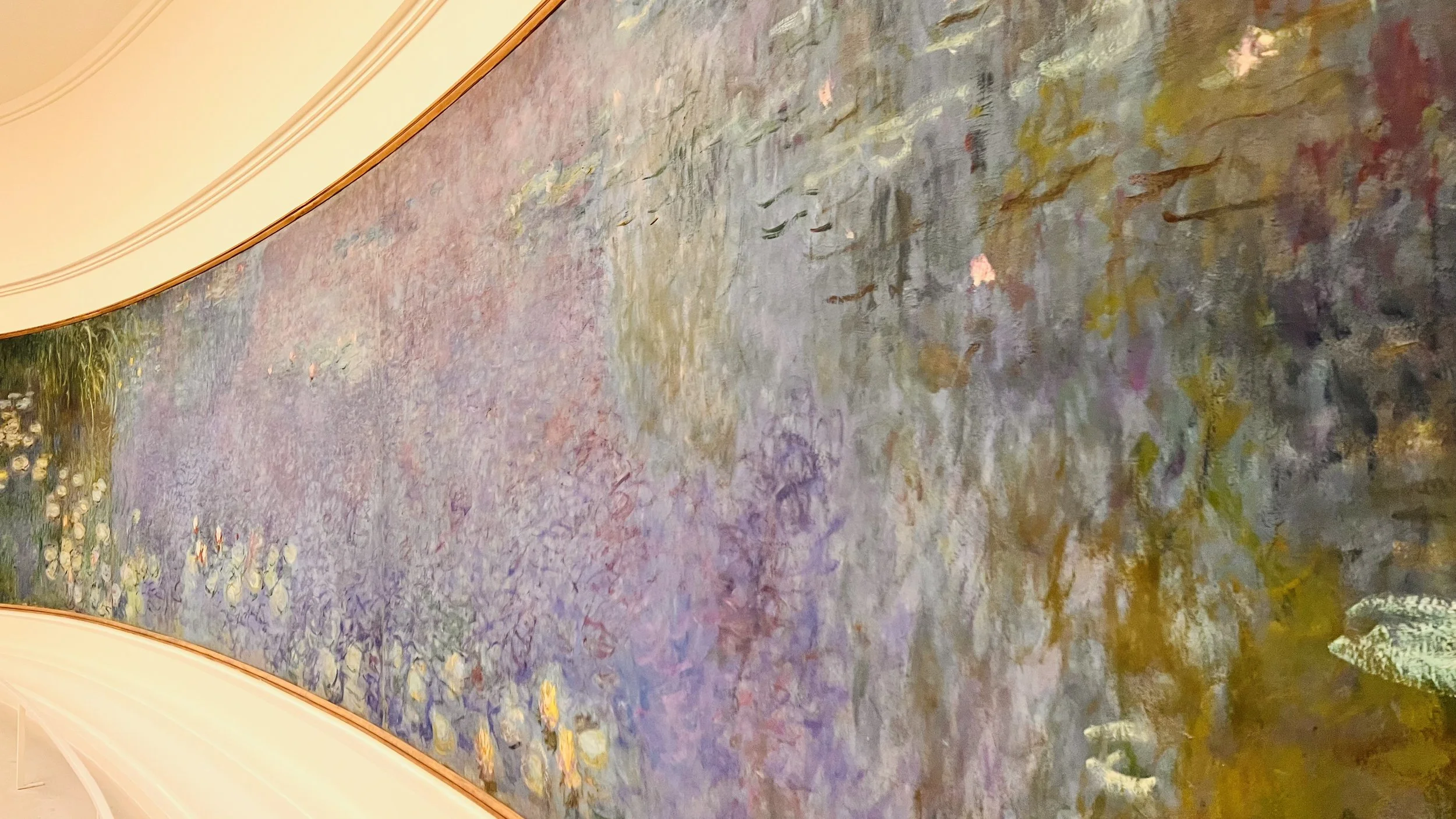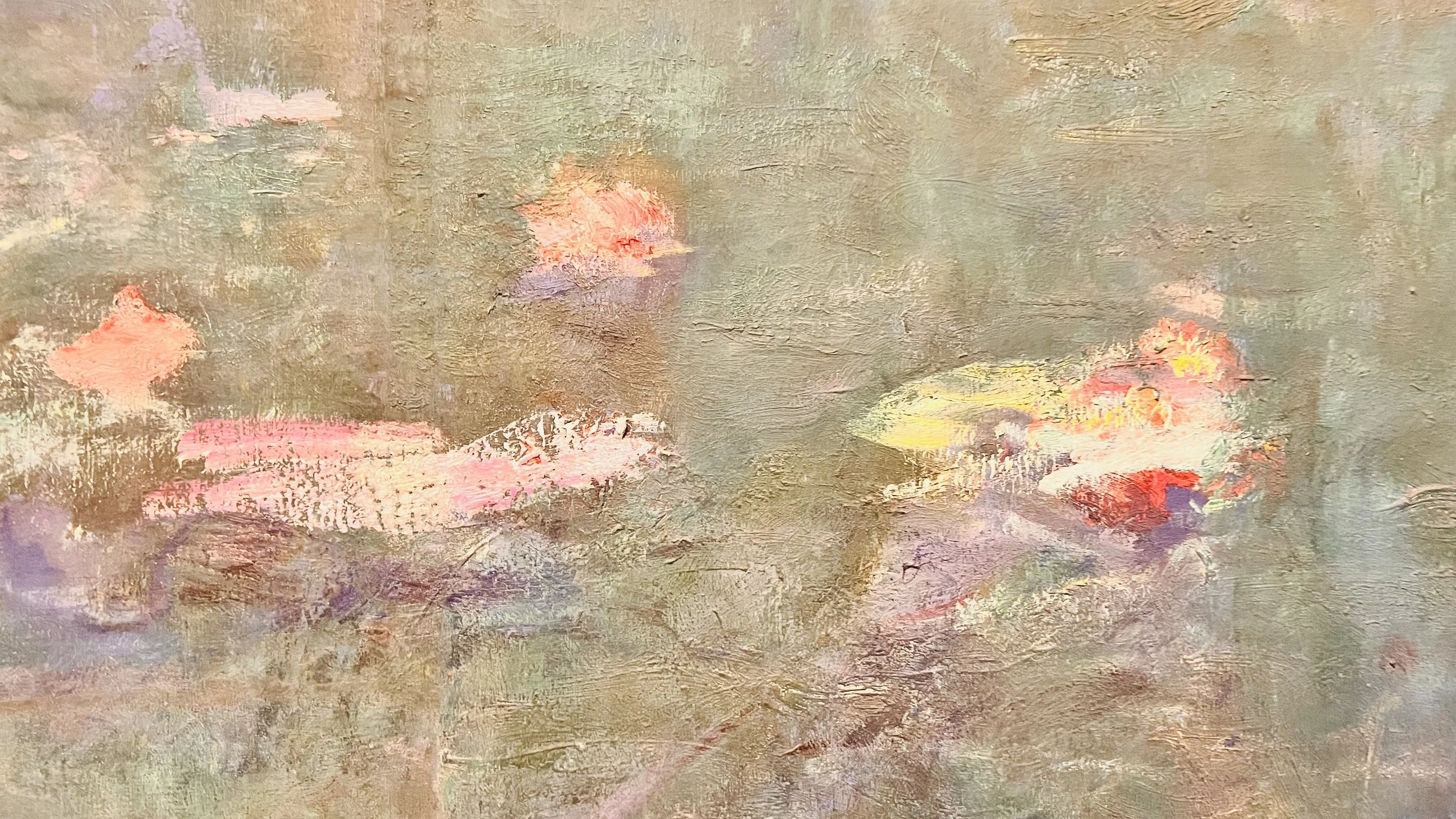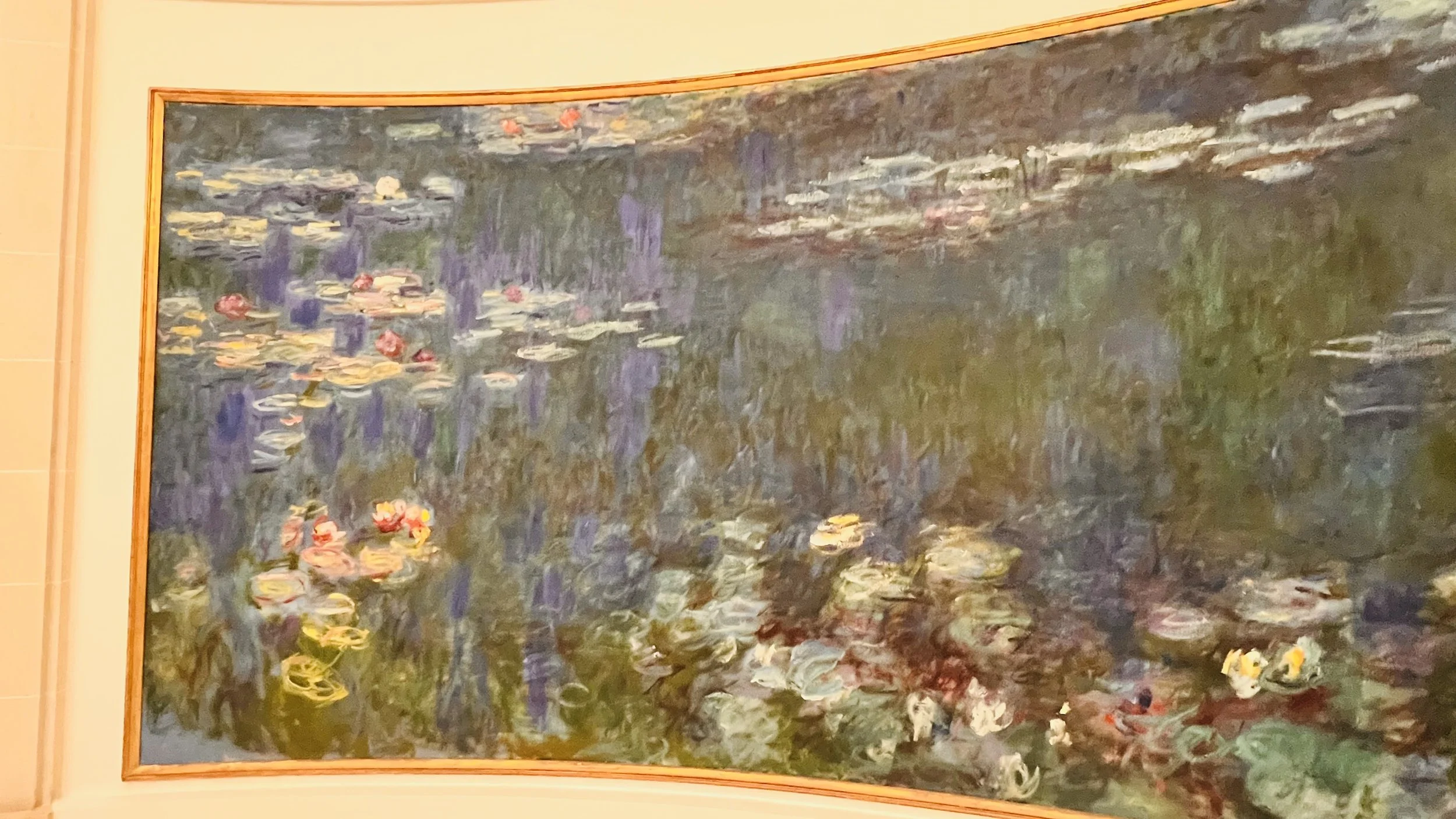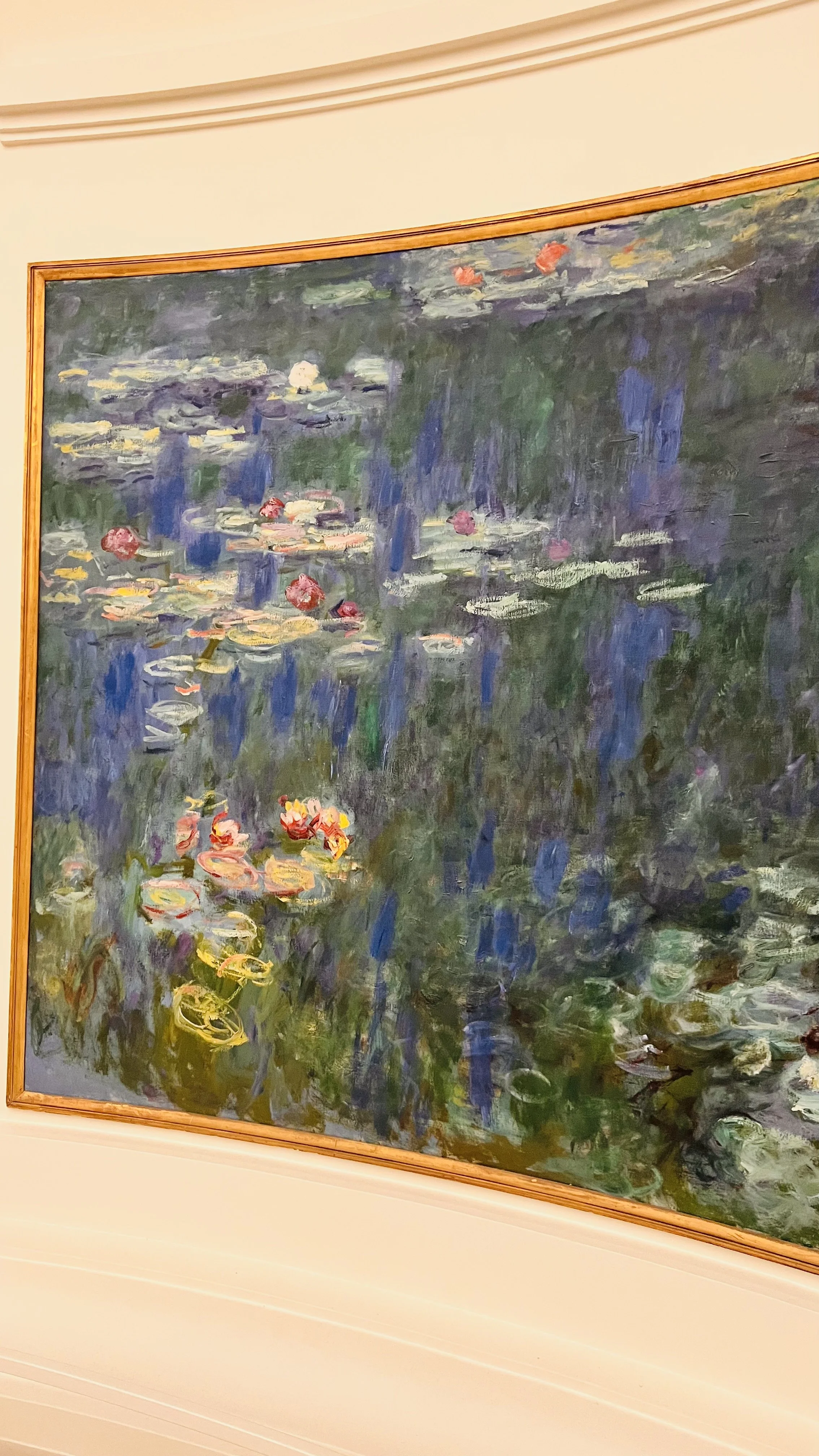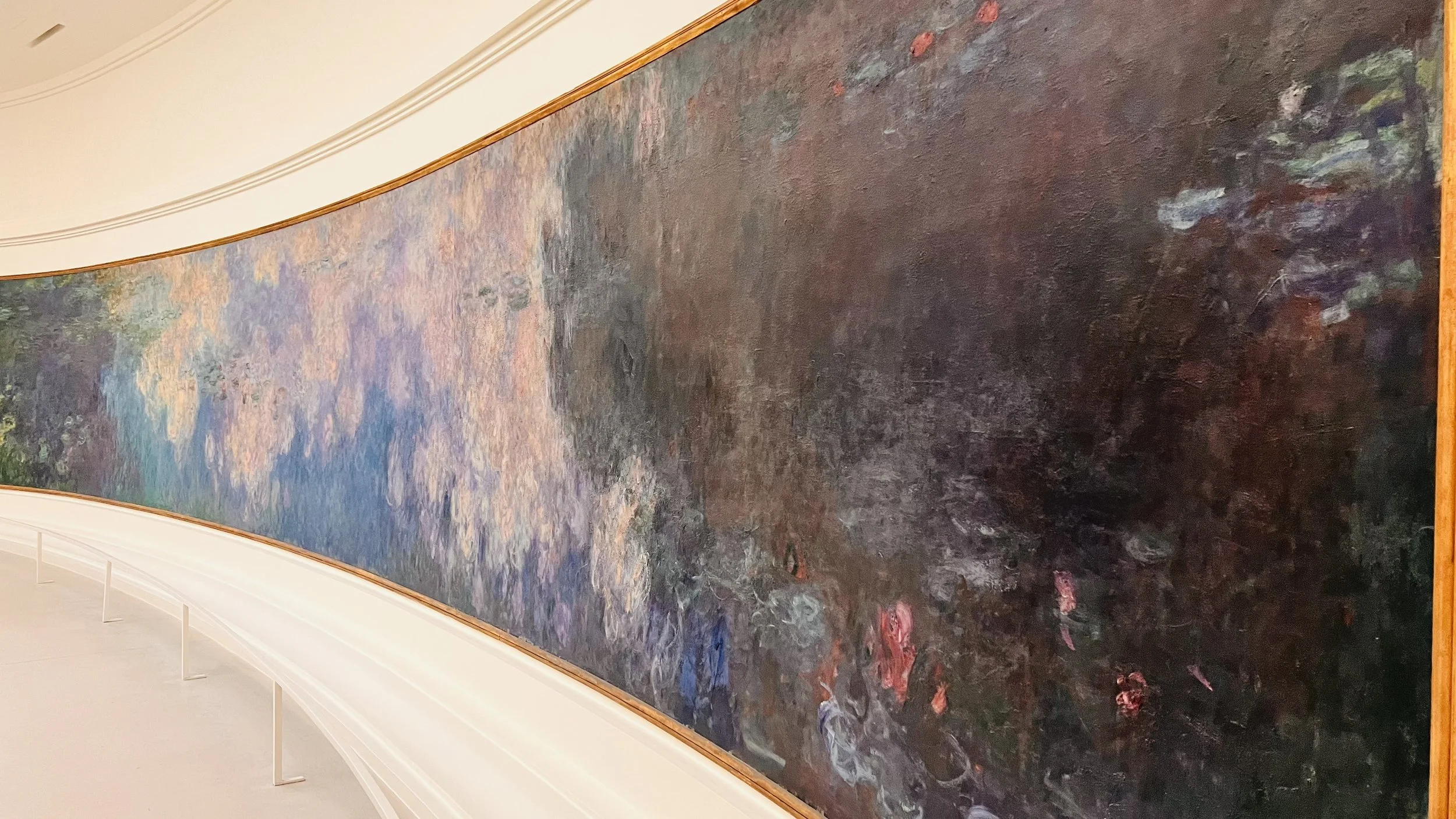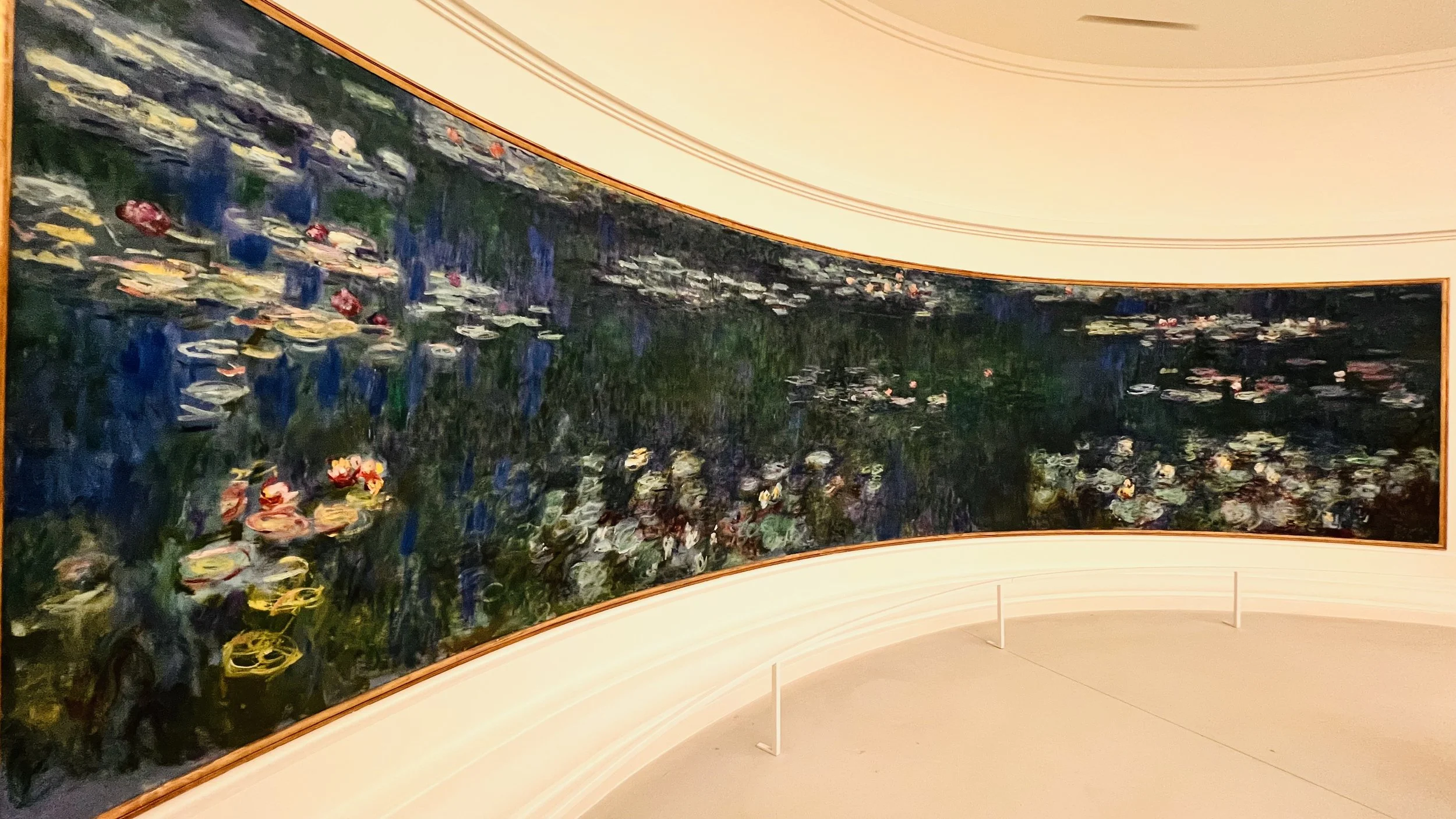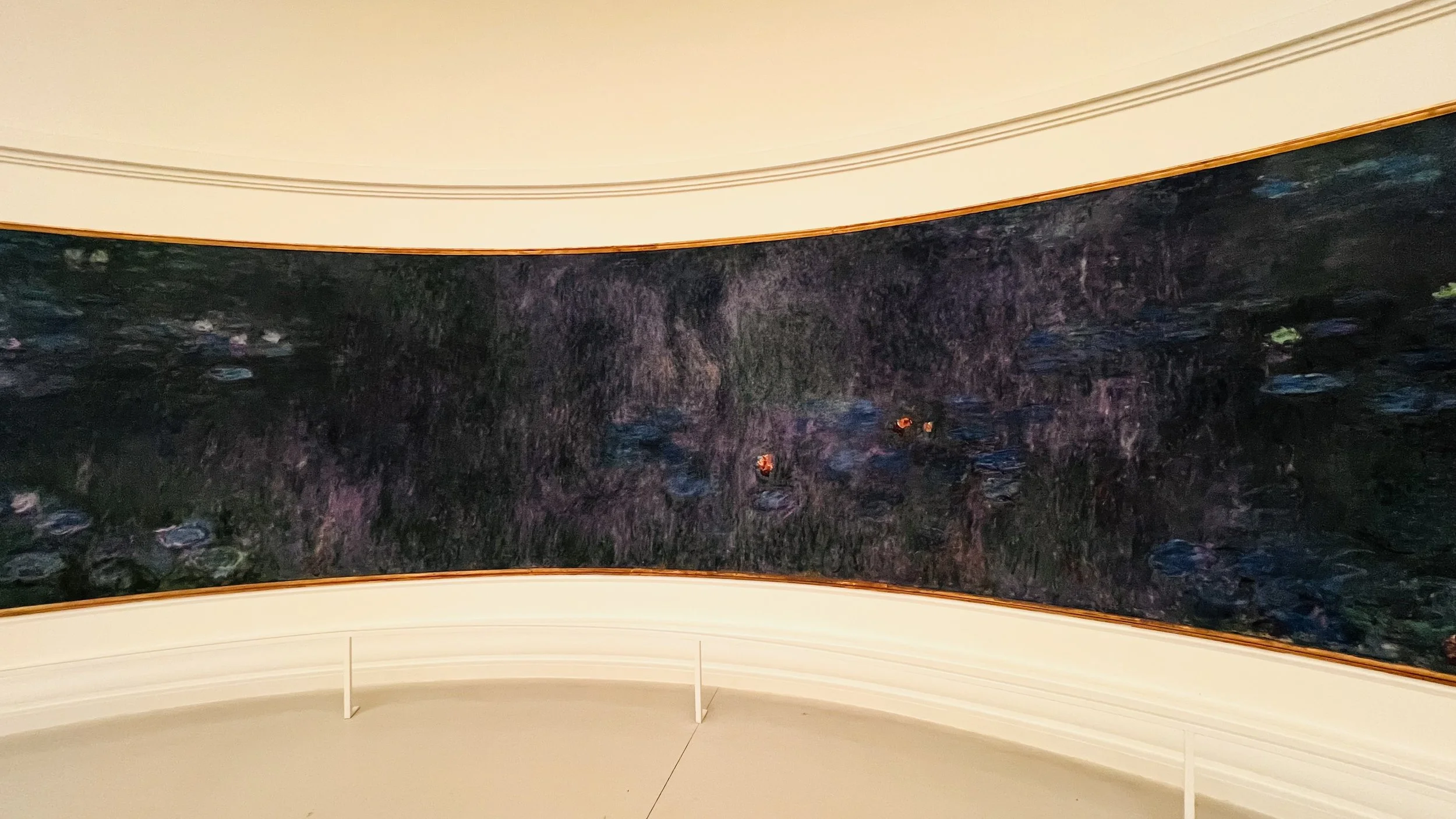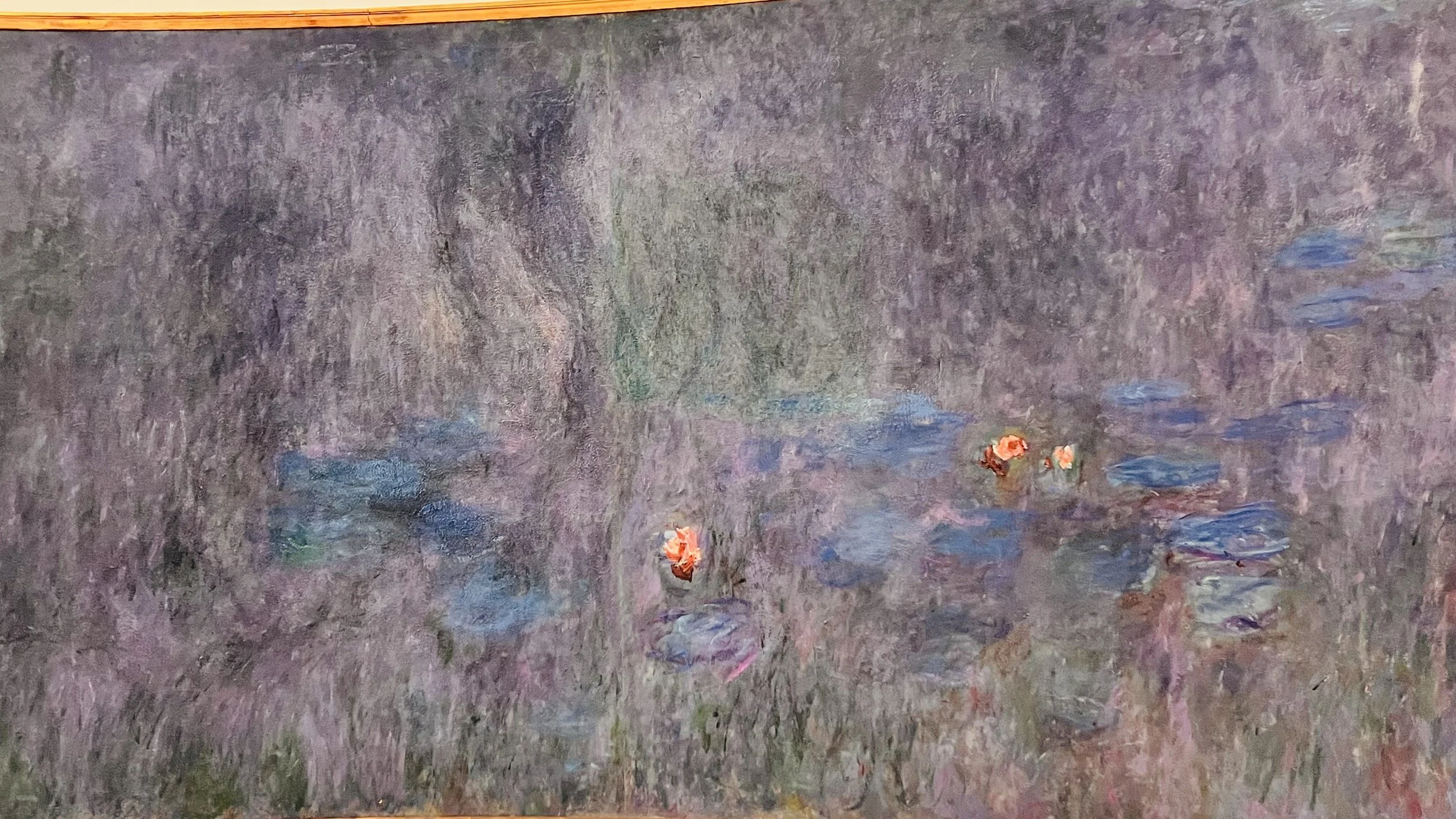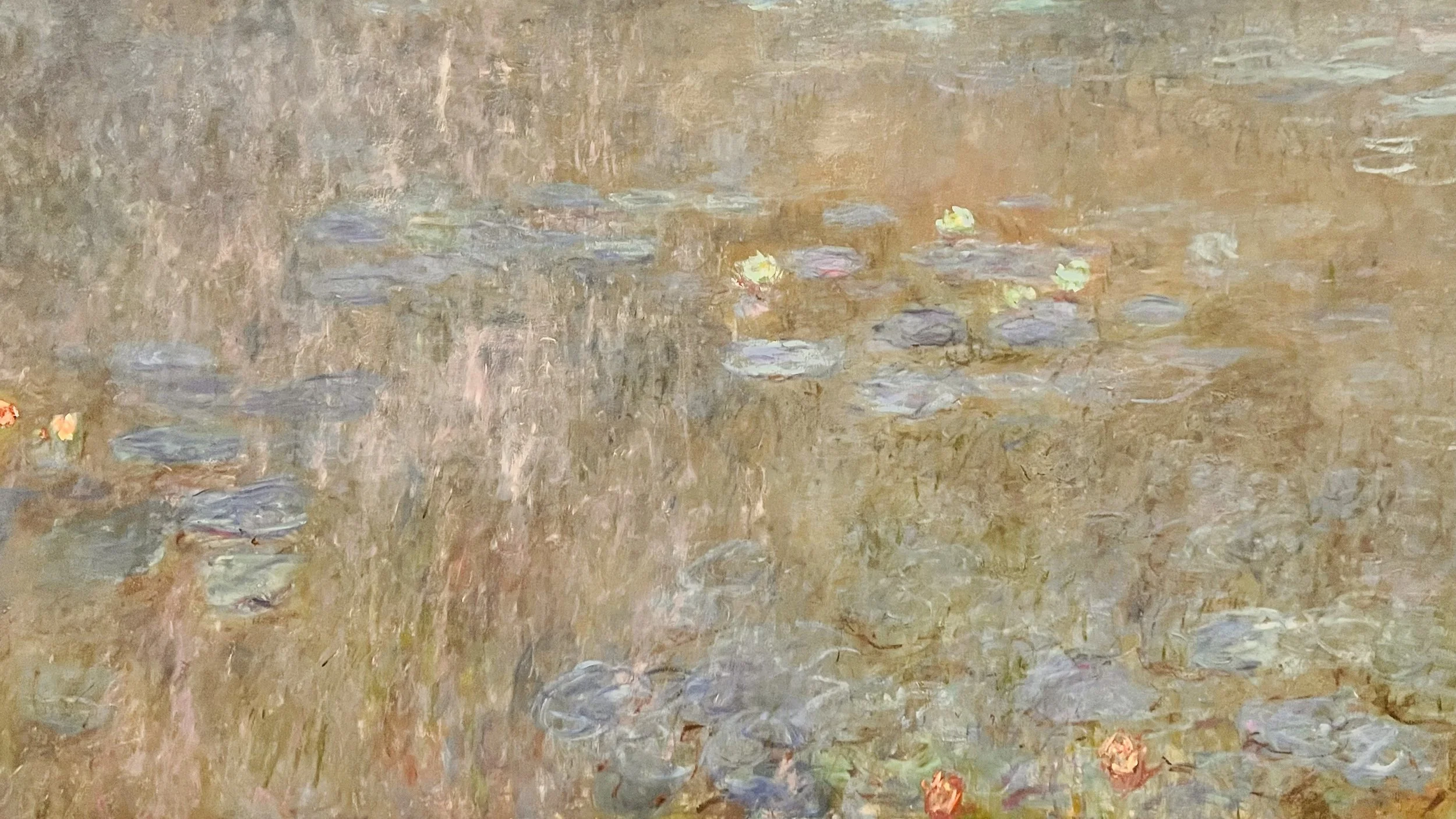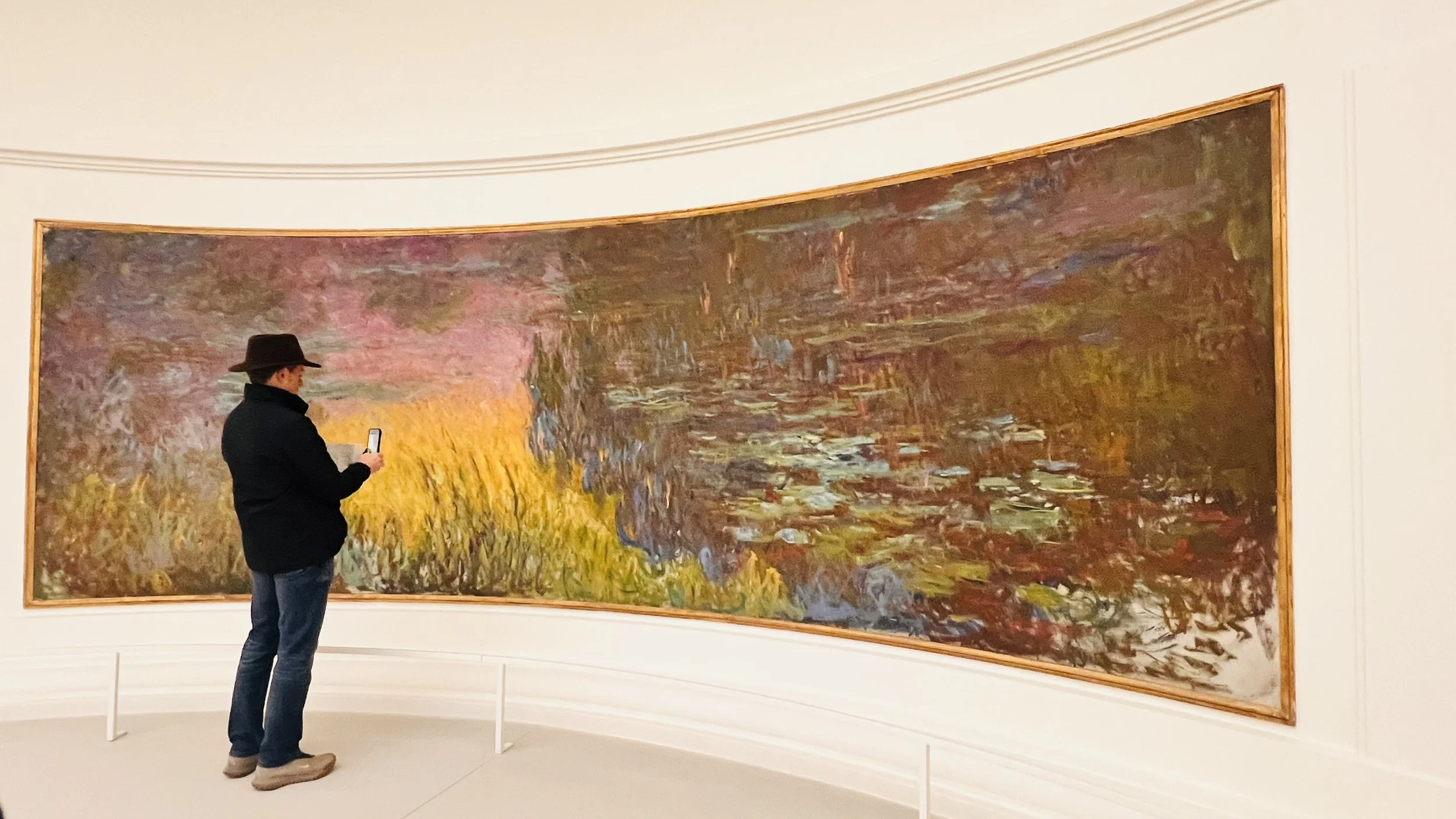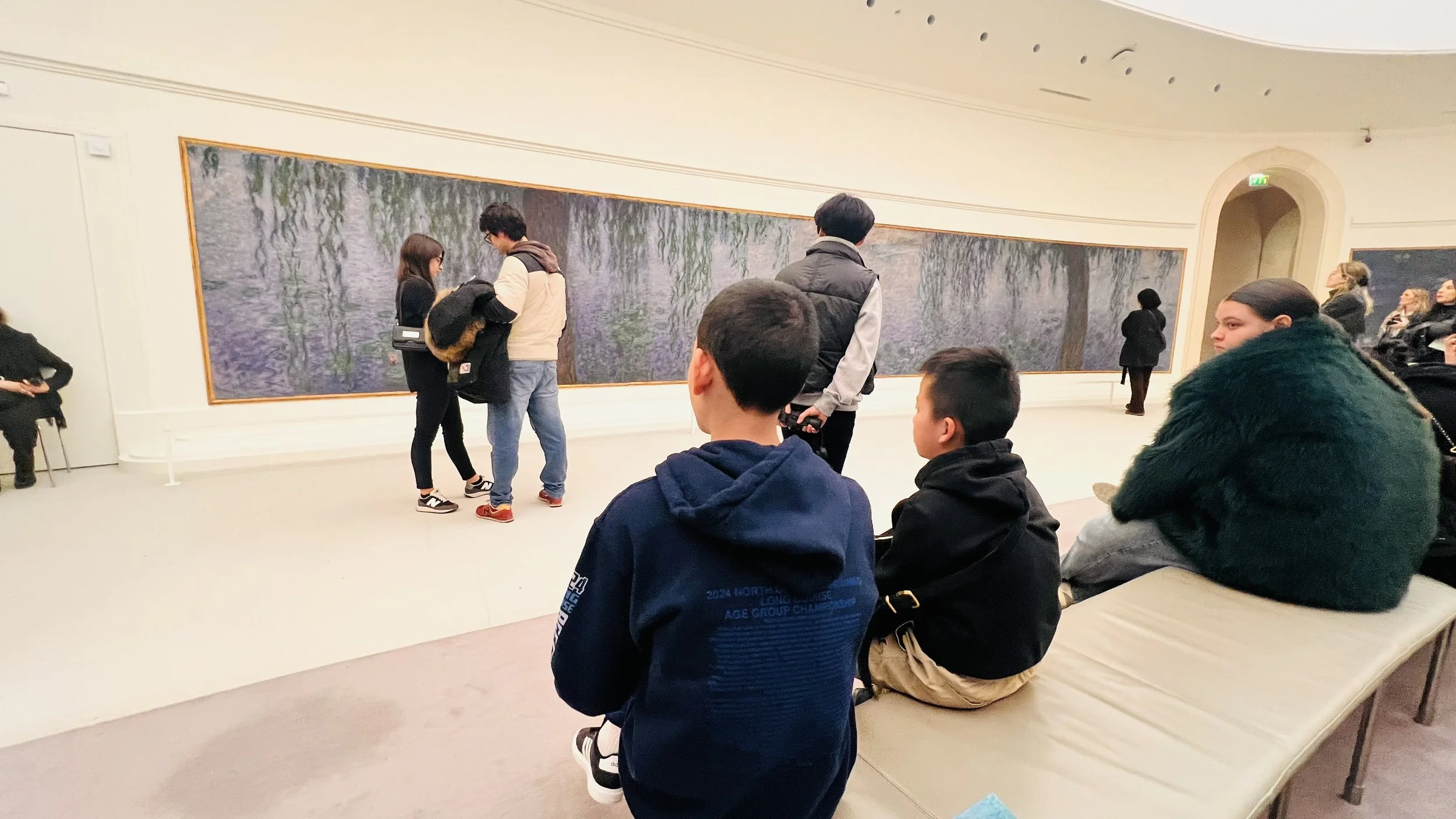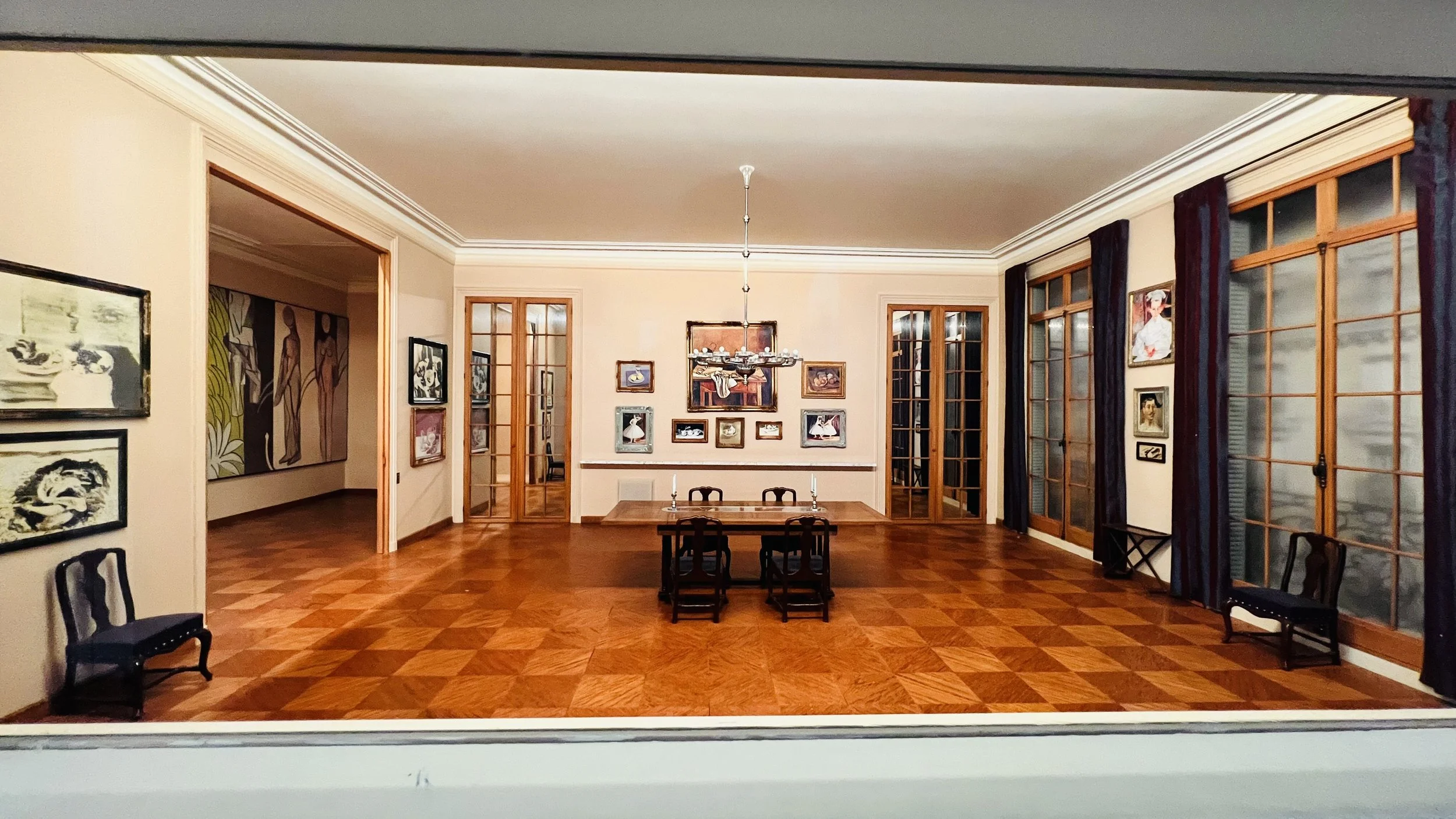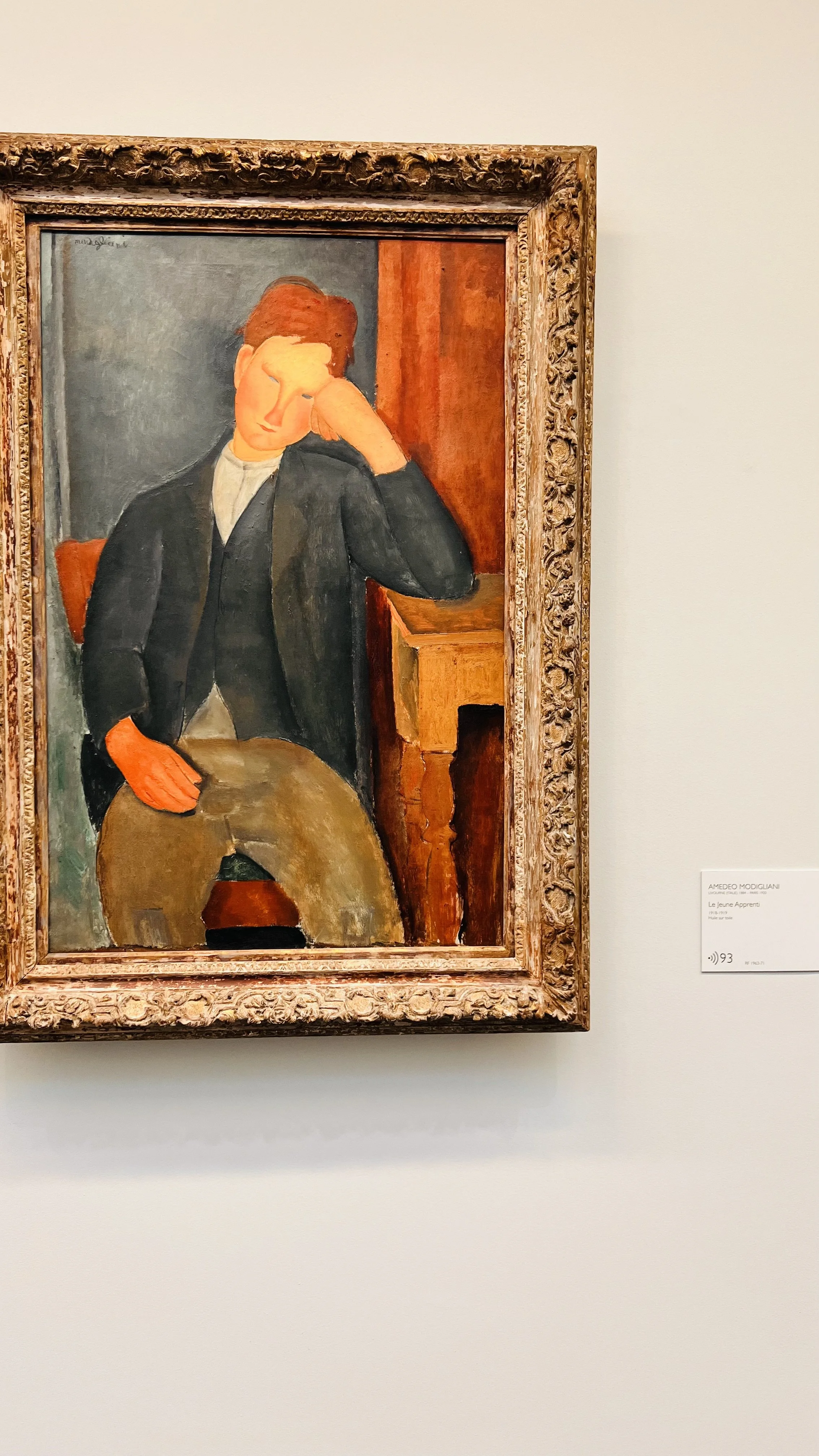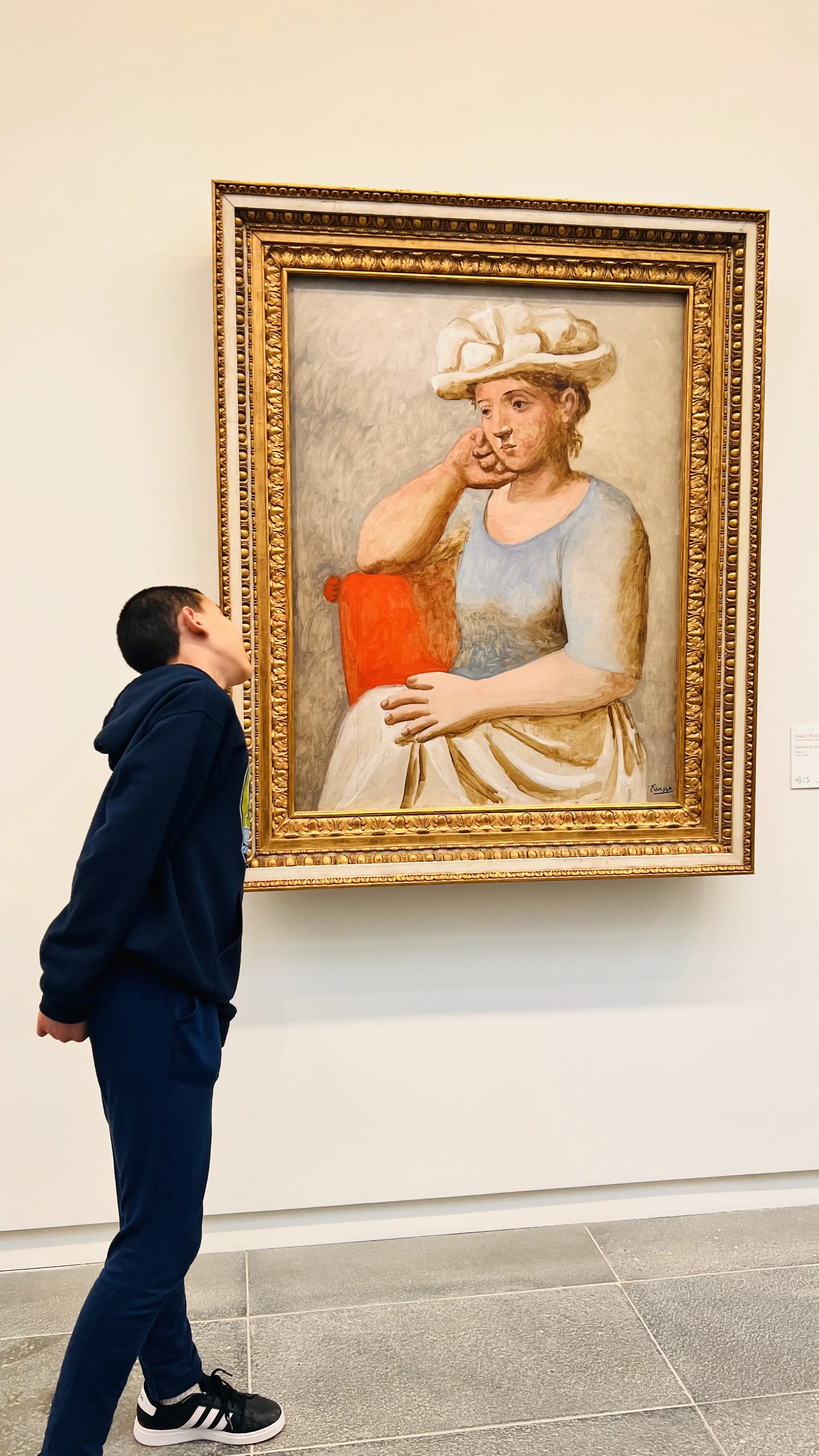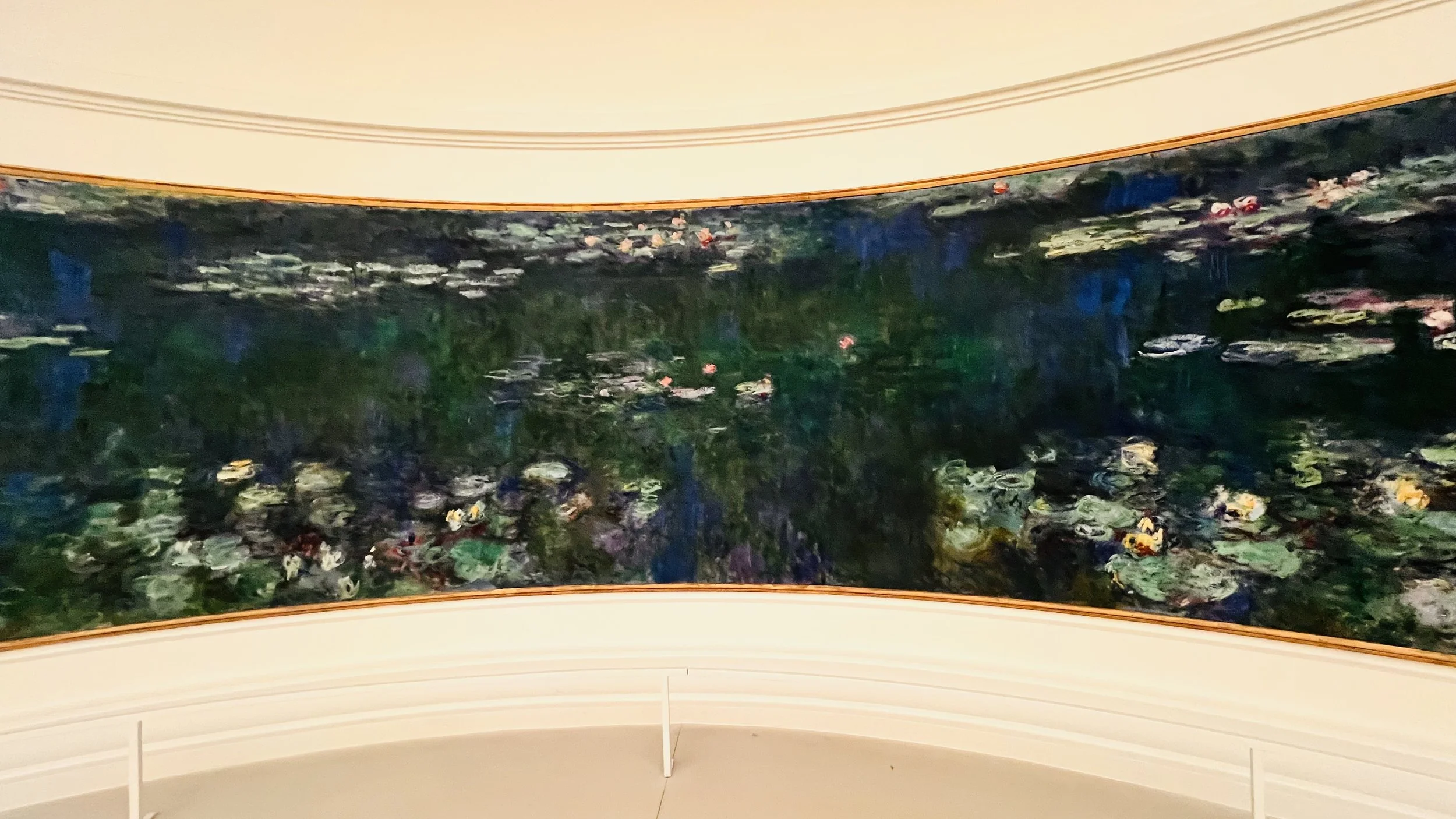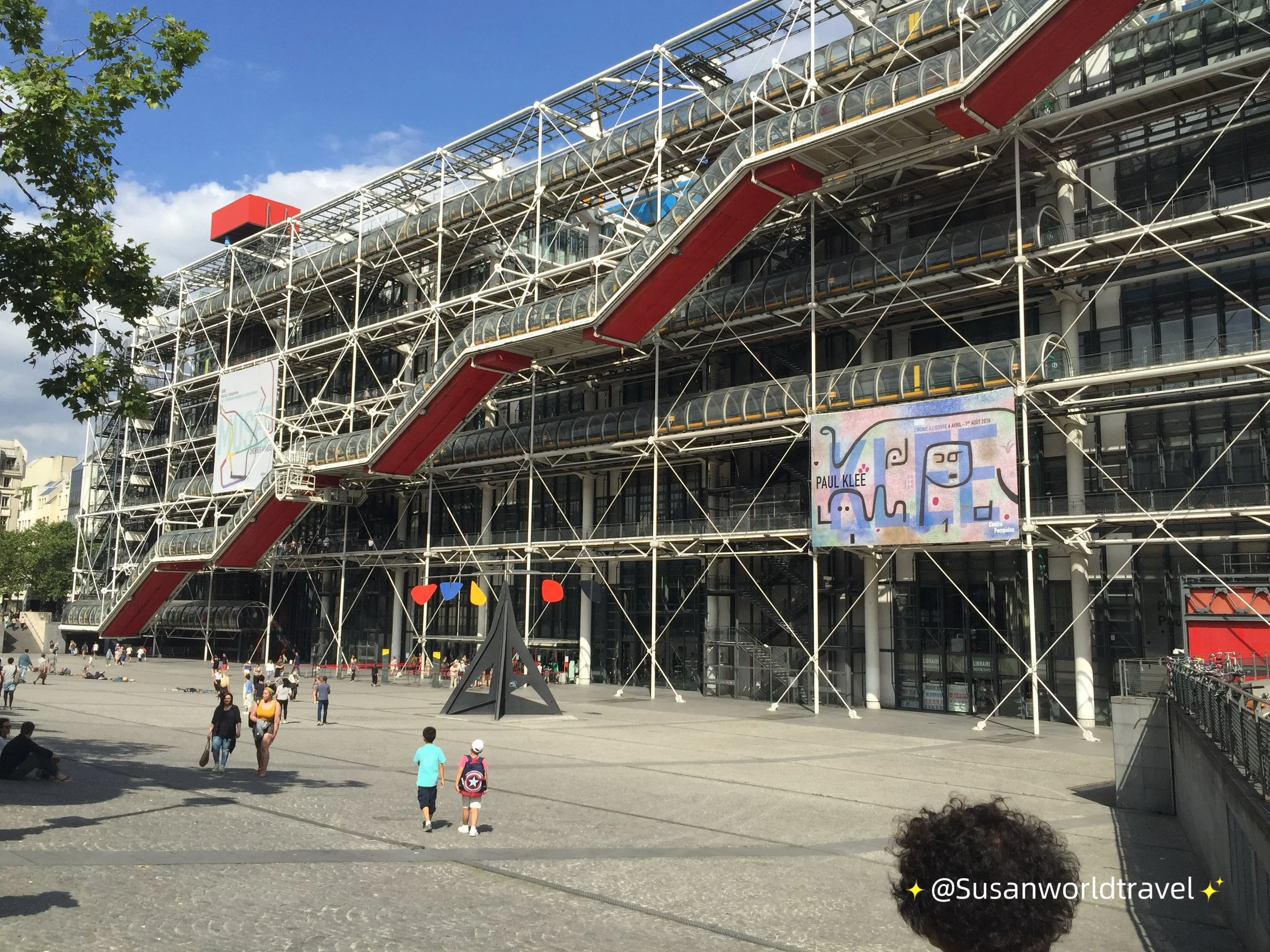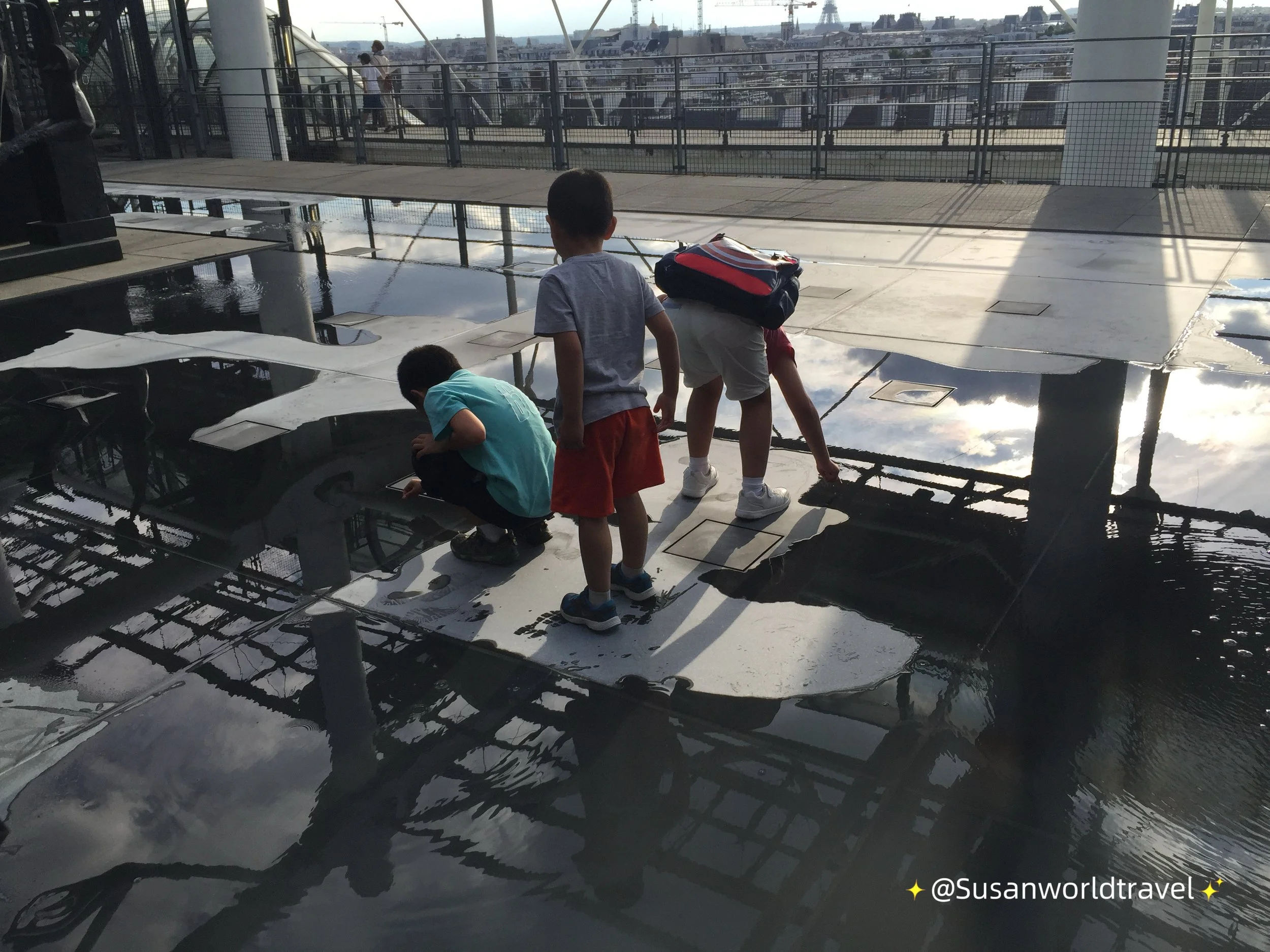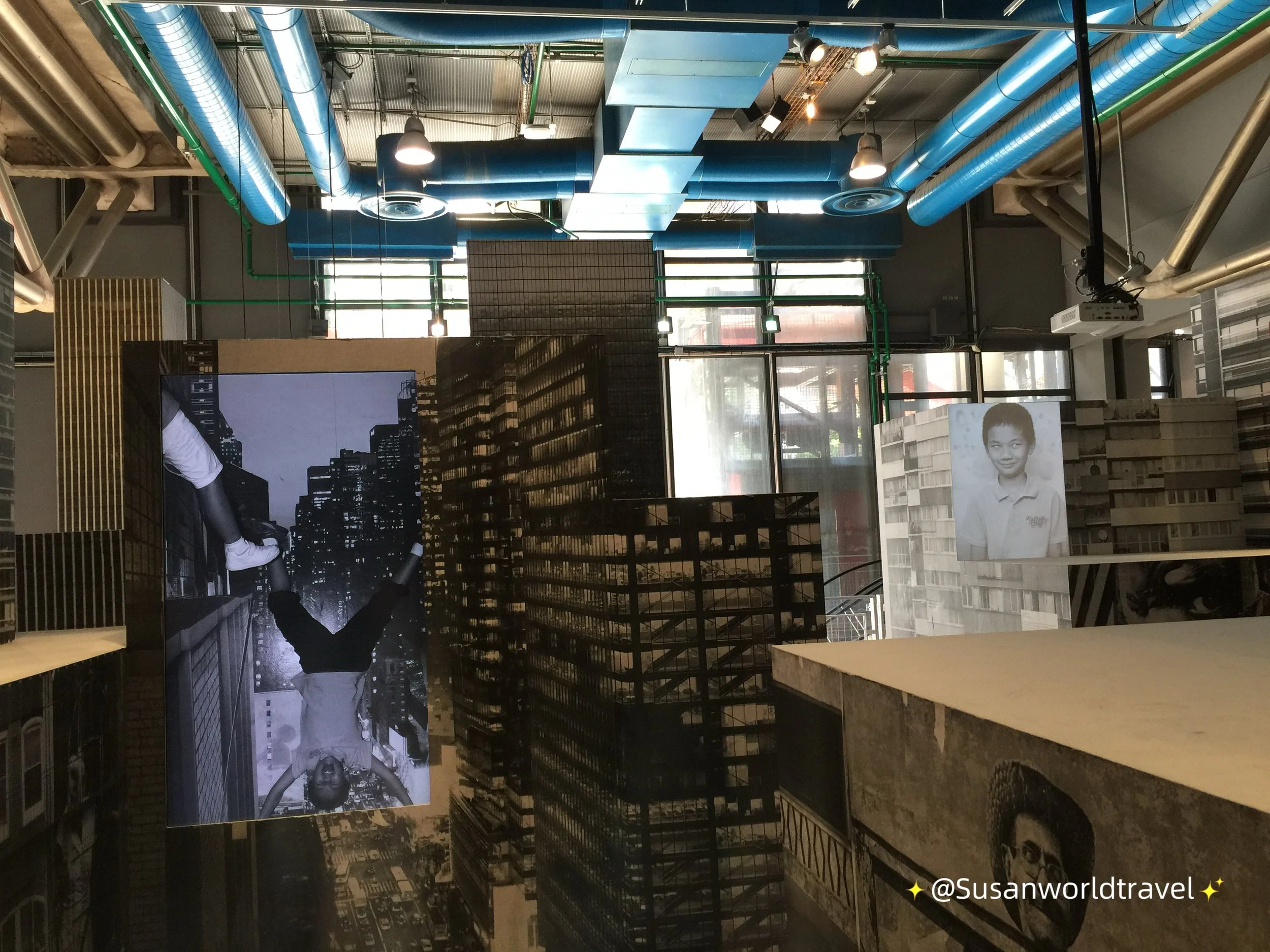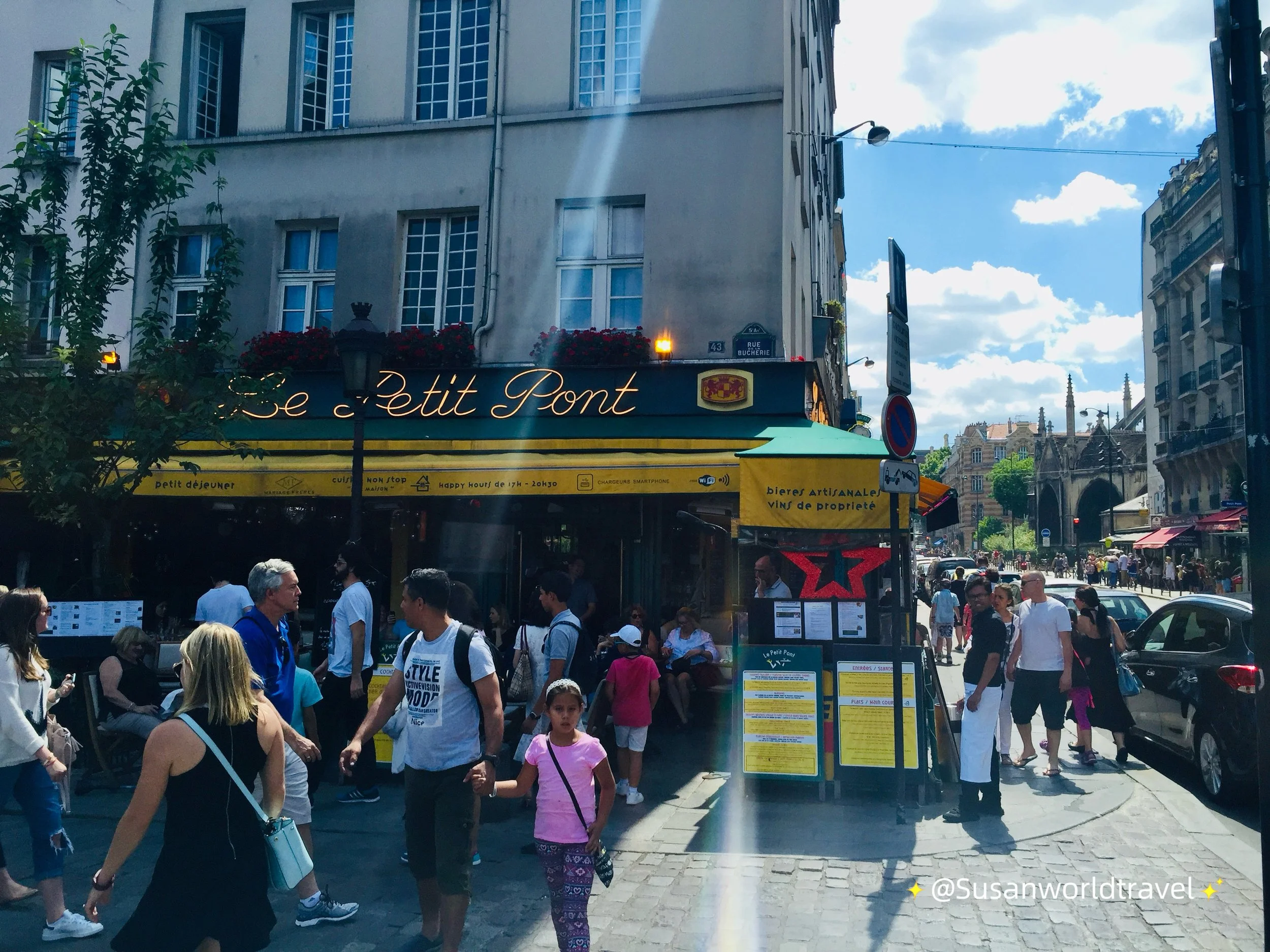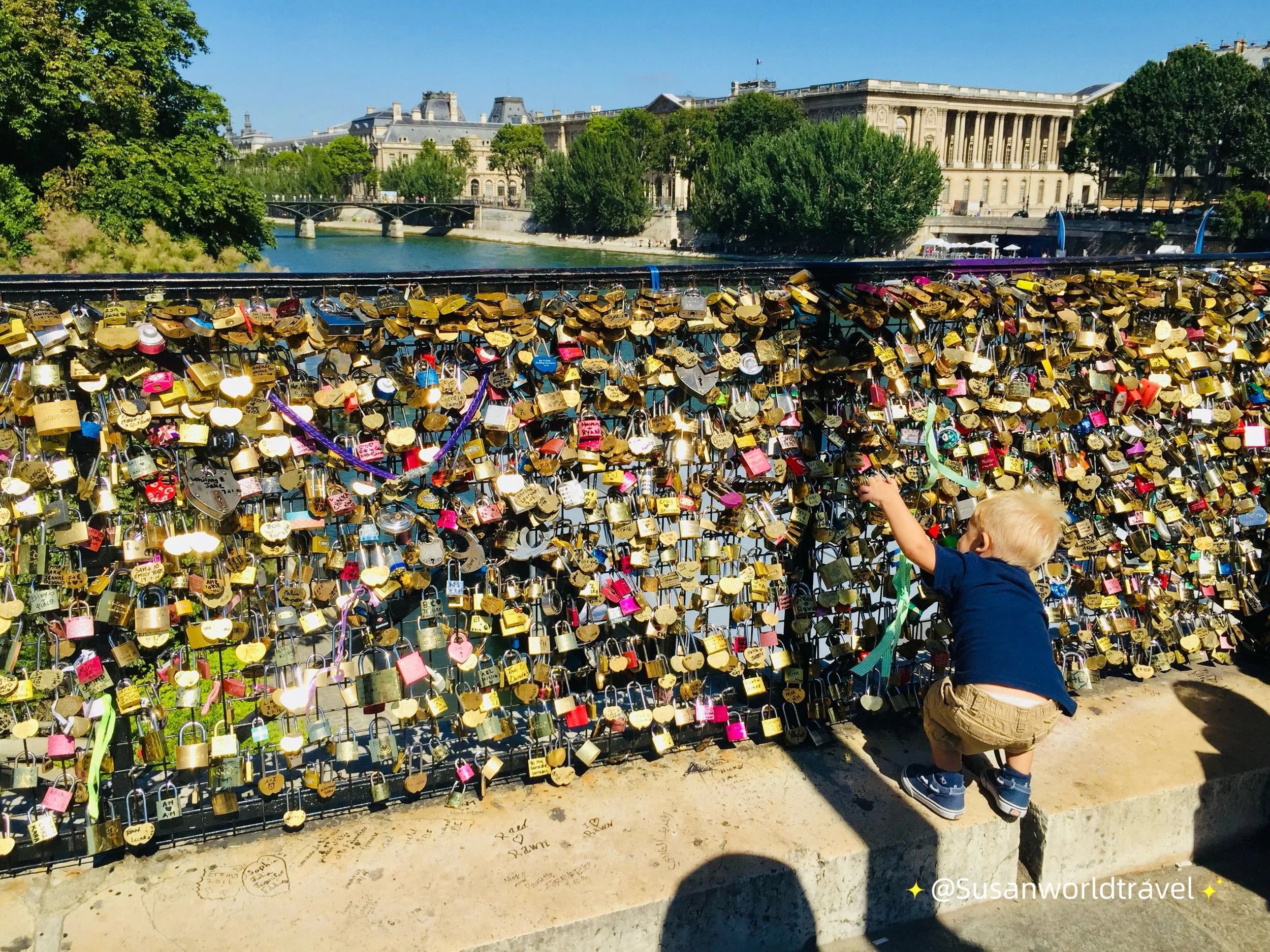France Day 4
On our first day in Paris, we explored some of the city’s most iconic landmarks. We began at the majestic Notre-Dame de Paris, admiring its Gothic architecture and stunning stained glass. From there, we visited the world-renowned Louvre Museum, home to masterpieces like the Mona Lisa and Venus de Milo. In the afternoon, we continued to the Musée d’Orsay, where Impressionist works filled the grand halls of the former train station. We ended the day at the Musée de l’Orangerie in Place de la Concorde, where Monet’s Water Lilies offered a peaceful and beautiful finale to a full day of art and history.
Our first stop on day one in Paris was the magnificent Notre-Dame de Paris, a masterpiece of Gothic architecture and a symbol of the city’s soul. Visiting in 2016, we were fortunate to see it in all its glory before the fire. Inside, the towering vaults and glowing stained-glass windows created a solemn, awe-inspiring atmosphere. We climbed the narrow spiral stairs to the top, where the city spread out beneath us, just as Victor Hugo described in Les Misérables. Standing beside the stone gargoyles, it felt as if Quasimodo himself might appear at any moment—an unforgettable beginning to our Parisian adventure. Notre-Dame is set to reopen in summer 2025—restored, renewed, and once again ready to welcome the world.
After a quick Uber ride, we arrived at the Louvre Museum, eager to explore one of the world’s most iconic cultural landmarks. Stepping through the glass pyramid entrance, we were immediately struck by the grandeur of the museum, which houses over 35,000 works of art spanning thousands of years. We spent hours marveling at masterpieces like the Mona Lisa, with her mysterious smile, and the stunning Venus de Milo, whose graceful form has captivated visitors for centuries. Wandering through the Louvre’s expansive galleries, we were immersed in the rich history and artistry of ancient civilizations, the Renaissance, and beyond. The museum’s beauty and scale were overwhelming, yet each room revealed new treasures, making it an unforgettable experience and the perfect continuation of our Parisian adventure.
We exited the Louvre on the Seine side near the Cour Napoléon and walked toward the pedestrian bridge, the Passerelle Léopold-Sédar-Senghor. We crossed the river, enjoying the view along the way, and found the Musée d'Orsay directly ahead on the Left Bank. It was a short and scenic walk, taking us about 10 to 15 minutes. The Musée d'Orsay is one of Paris’s most beloved museums, known for its stunning collection of Impressionist and Post-Impressionist masterpieces. Housed in a beautifully restored Beaux-Arts railway station built for the 1900 Exposition Universelle, the museum itself is a work of art. Since opening as a museum in 1986, it has showcased works by legendary artists such as Monet, Van Gogh, Degas, Renoir, Cézanne, and Manet, making it a must-visit for art lovers. The museum bridges the gap between the classical works of the Louvre and the modern art of the Centre Pompidou, covering art created from 1848 to 1914. With its soaring glass ceilings, original station clock, and elegant layout, the Musée d'Orsay offers both a rich cultural experience and a unique architectural setting.
After leaving the Musée d'Orsay, we took a short, scenic walk through the Tuileries Garden to reach the Musée de l'Orangerie, tucked away near Place de la Concorde. The museum offered a peaceful and intimate atmosphere, a perfect contrast to the grand scale of other Parisian landmarks. The highlight was standing in the serene oval rooms where Claude Monet’s Water Lilies murals stretched across curved walls, surrounding us with light, color, and calm. In the lower galleries, we admired works by Renoir, Cézanne, Modigliani, and Matisse, all beautifully curated. The Orangerie felt like a hidden gem—quiet, inspiring, and deeply moving.
Our last stop in Paris was the Centre Pompidou, a bold contrast to the city’s classical architecture and a fitting finale to our journey. With its striking industrial design—exposed pipes, bright colors, and external escalators—it felt like stepping into a completely different era of art and architecture. Inside, we explored the Musée National d’Art Moderne, home to an impressive collection of 20th and 21st-century works by artists like Picasso, Matisse, and Kandinsky. We ended our visit with a ride up to the rooftop terrace, where we enjoyed sweeping views of the Paris skyline—an unforgettable way to close out our trip.
